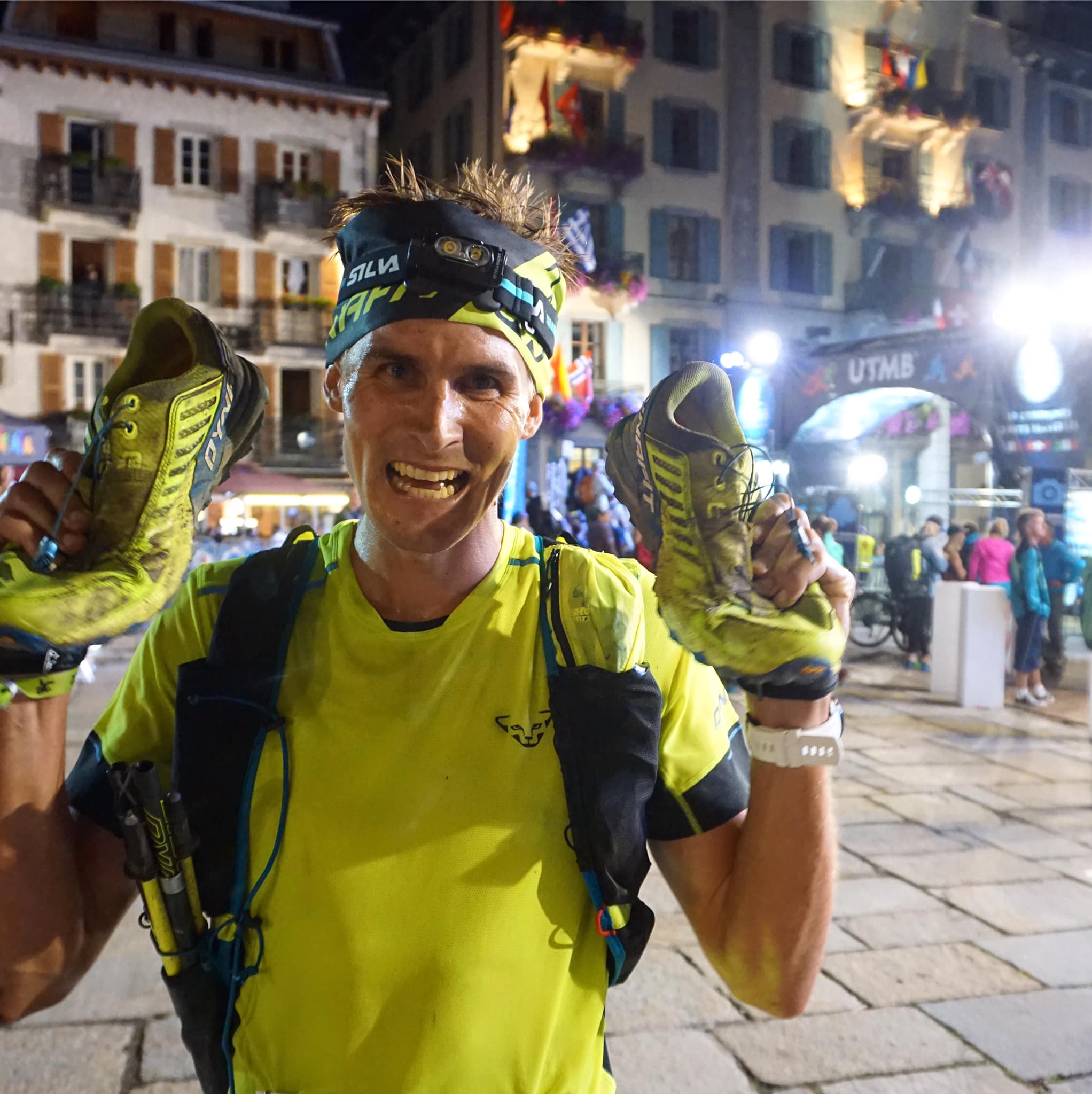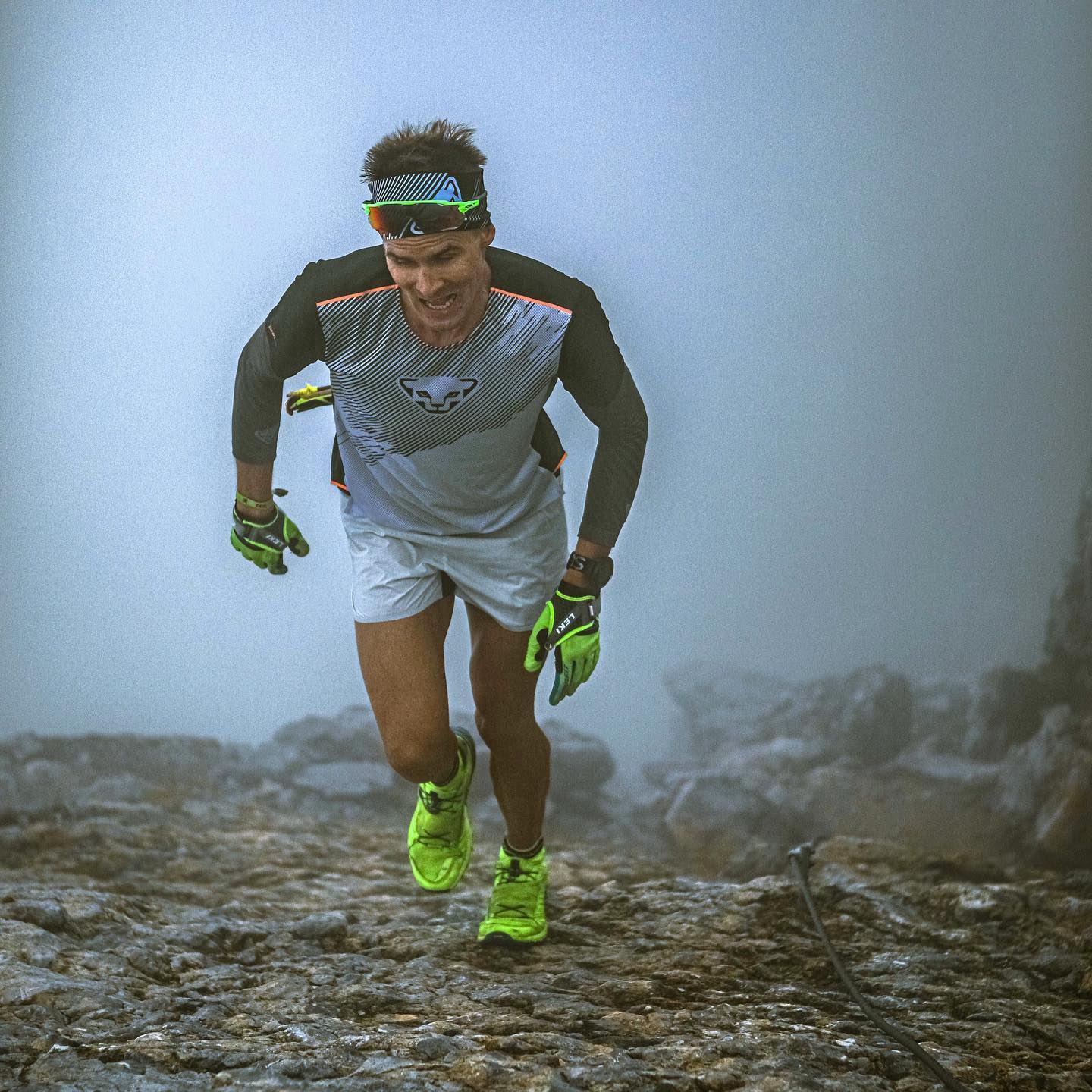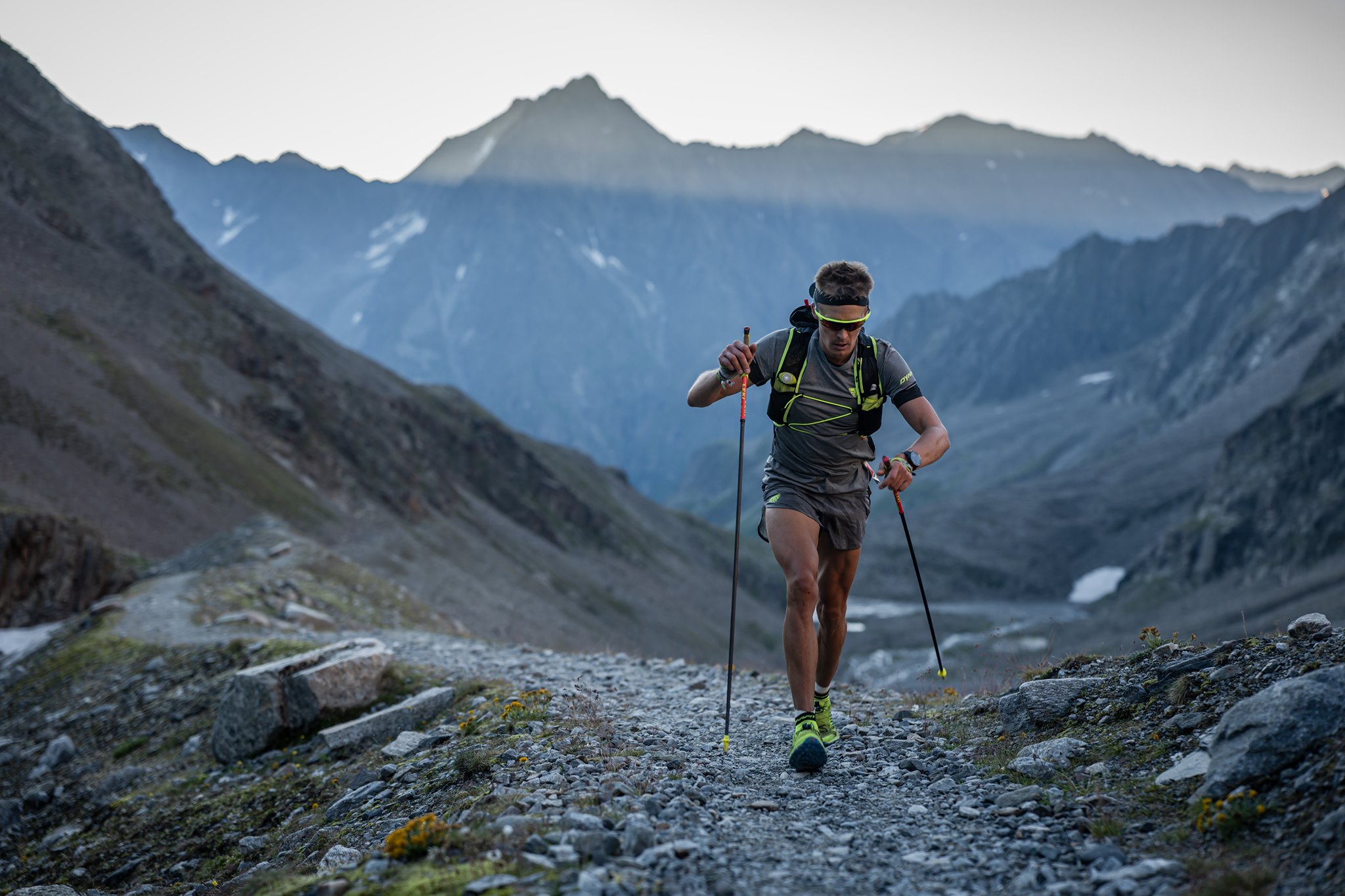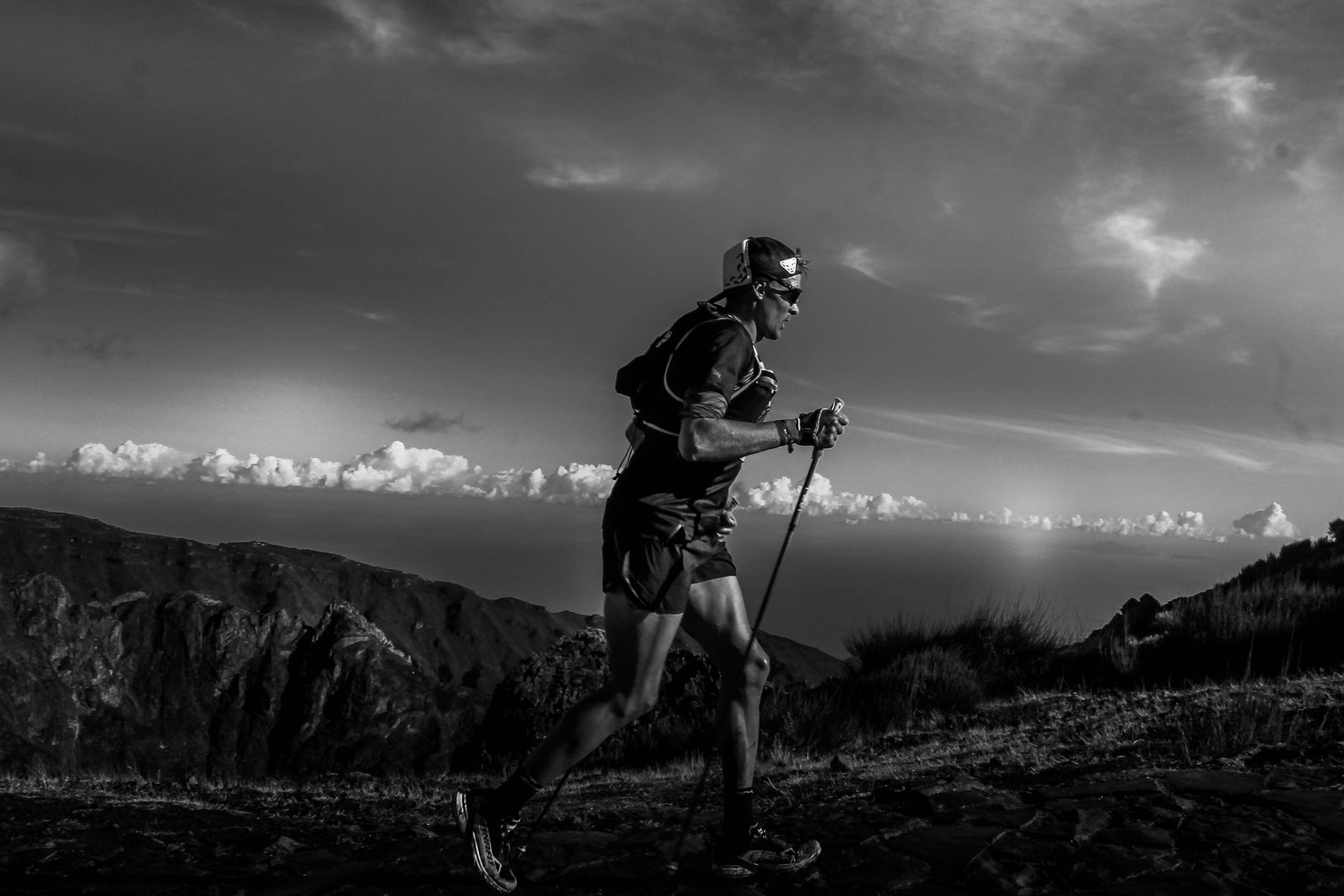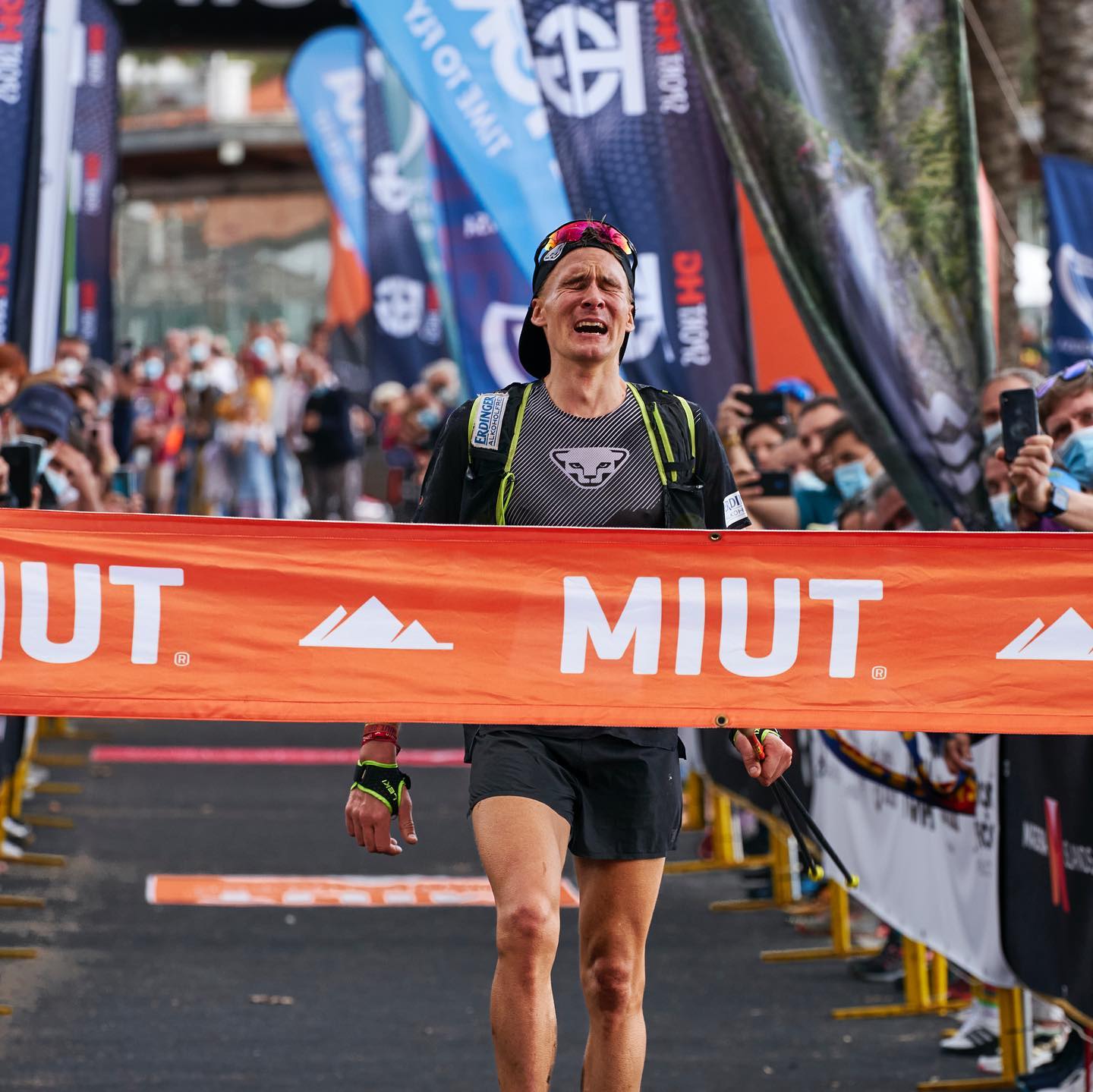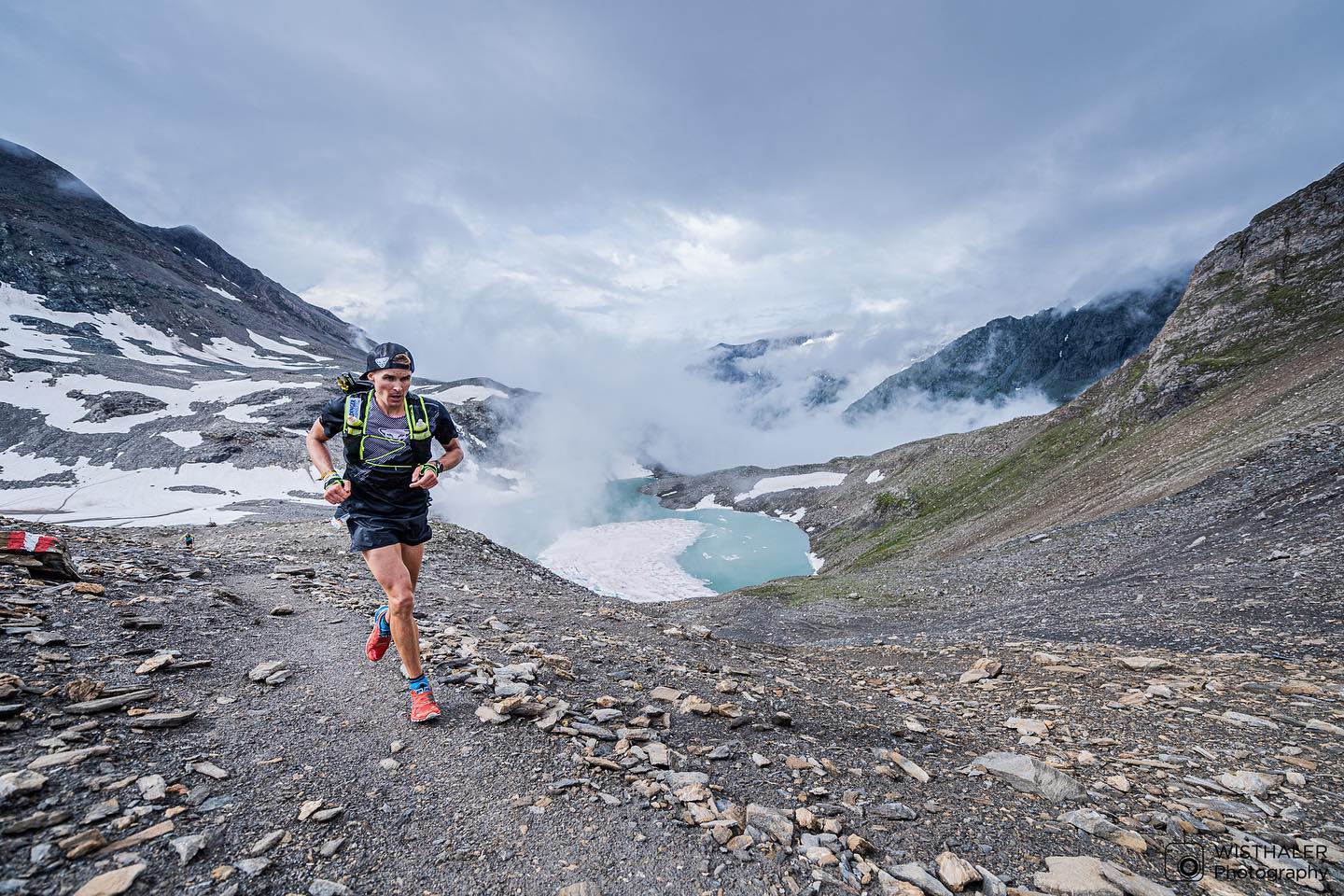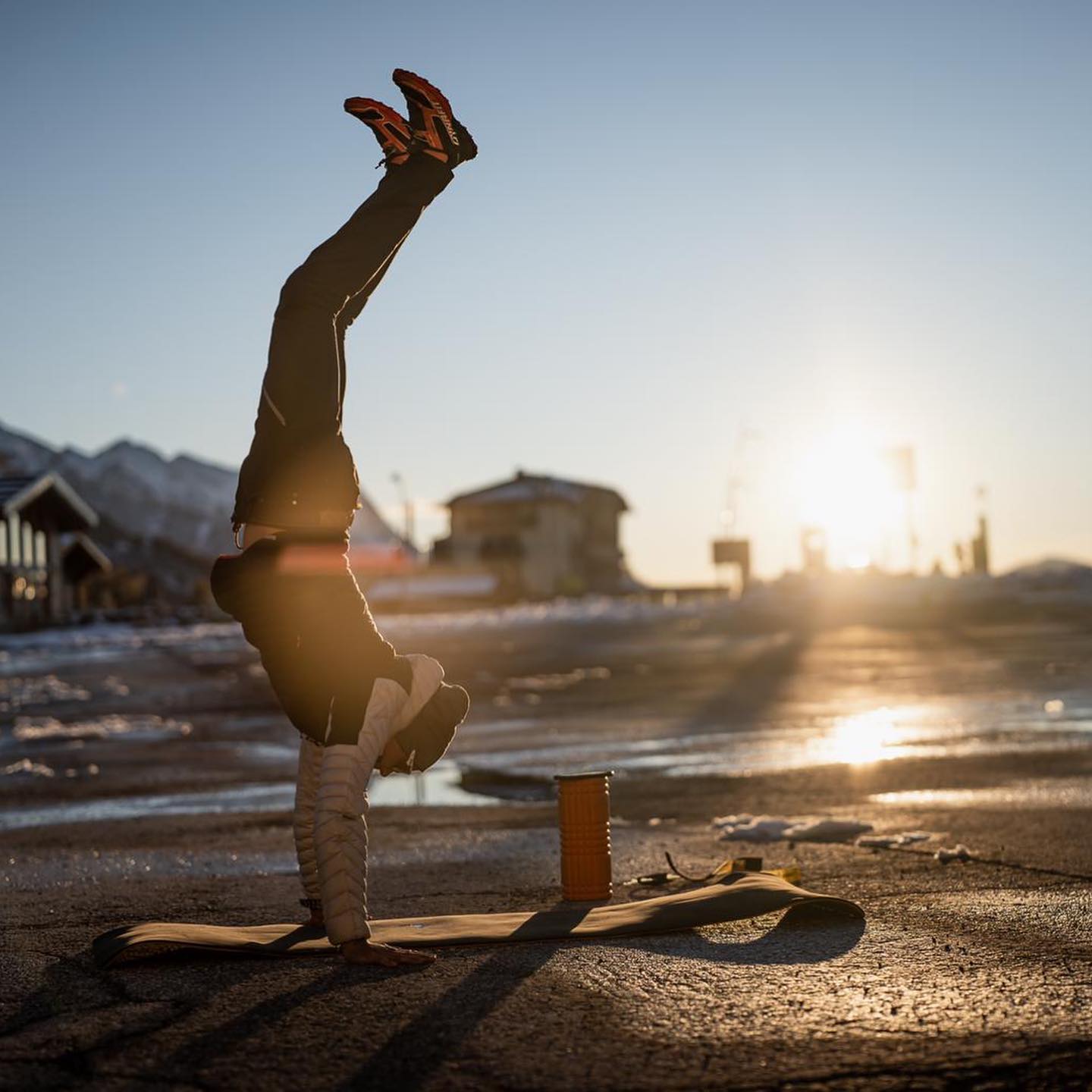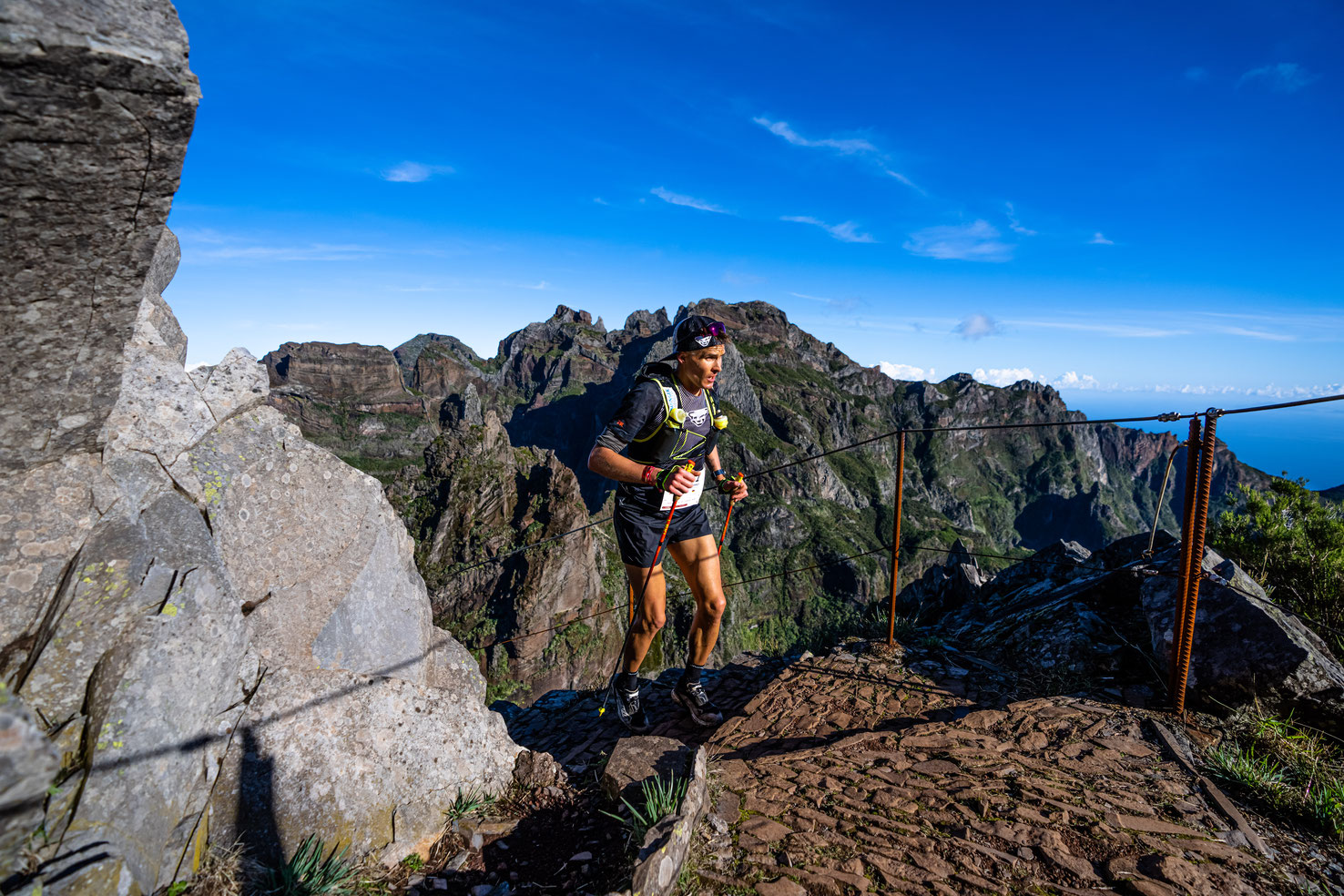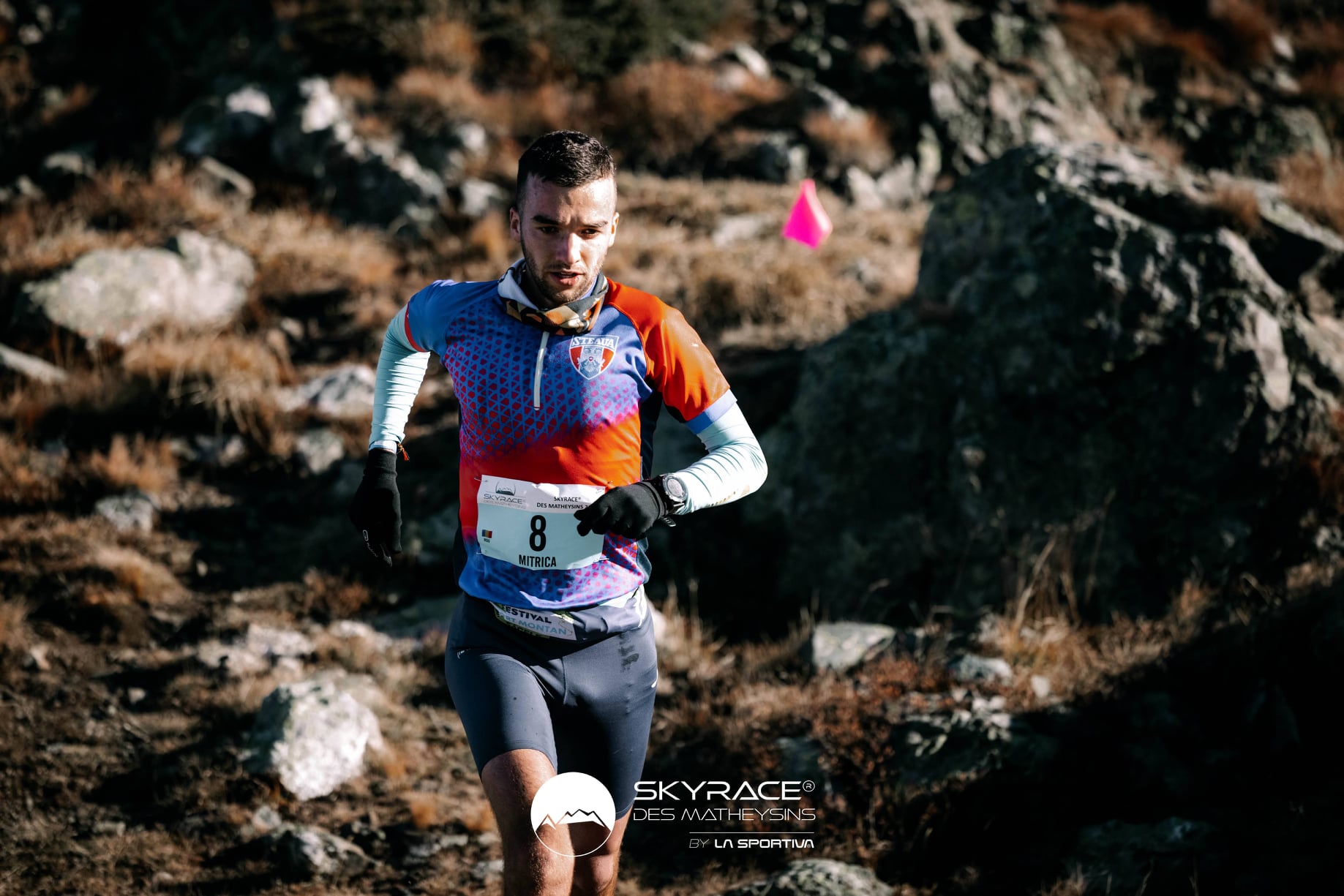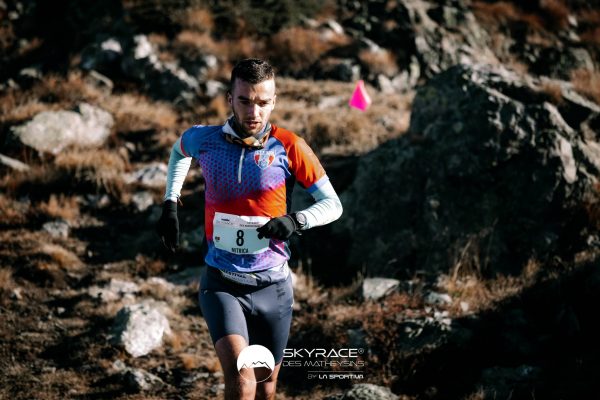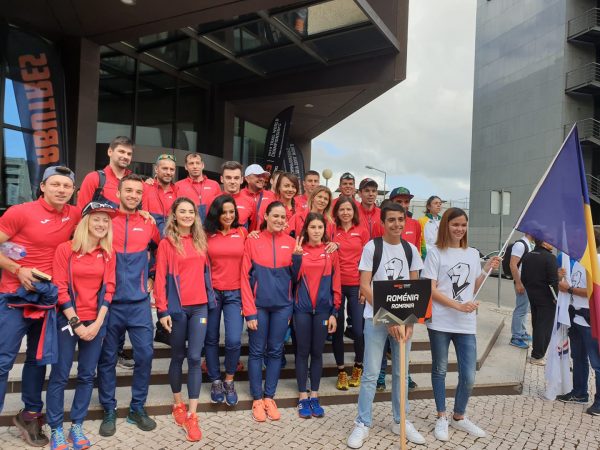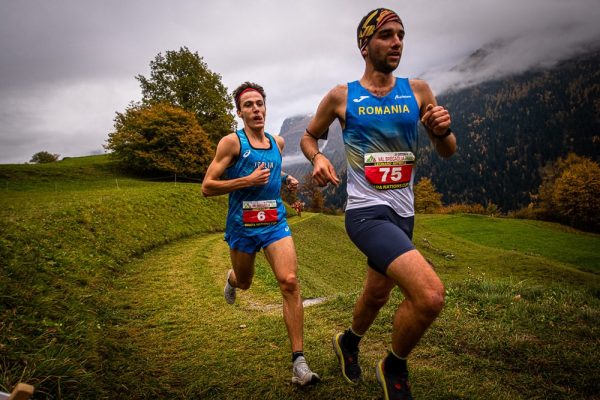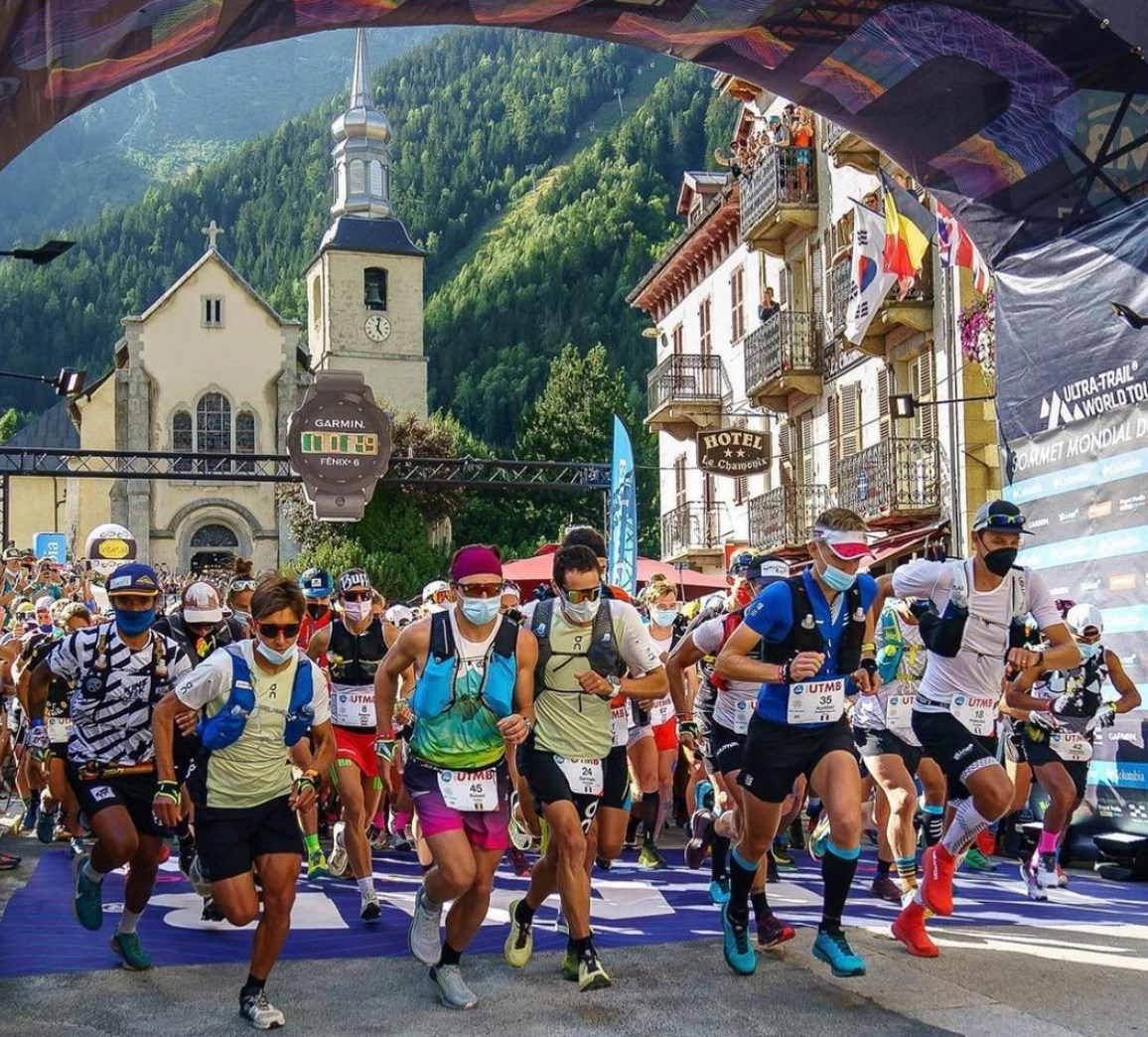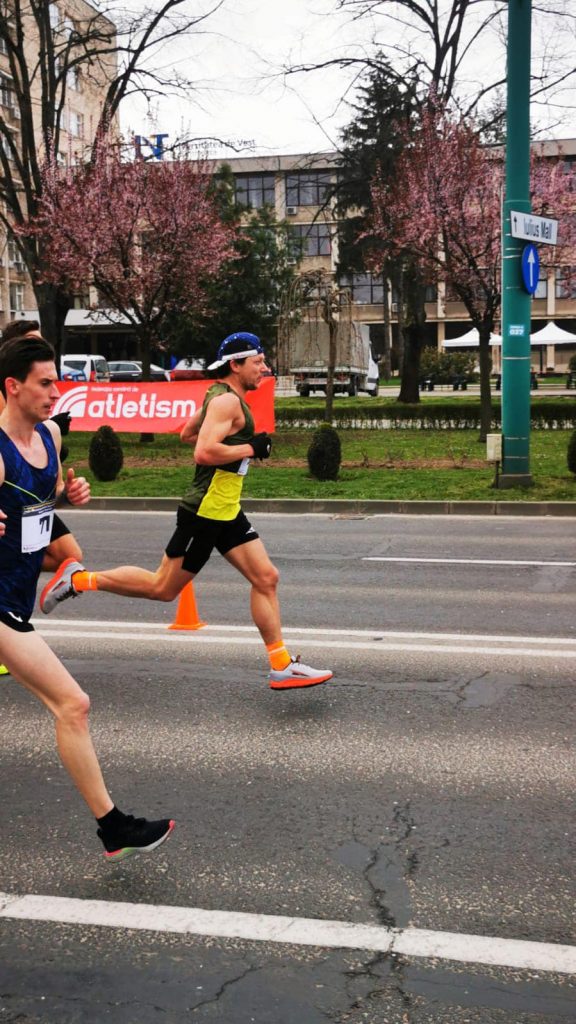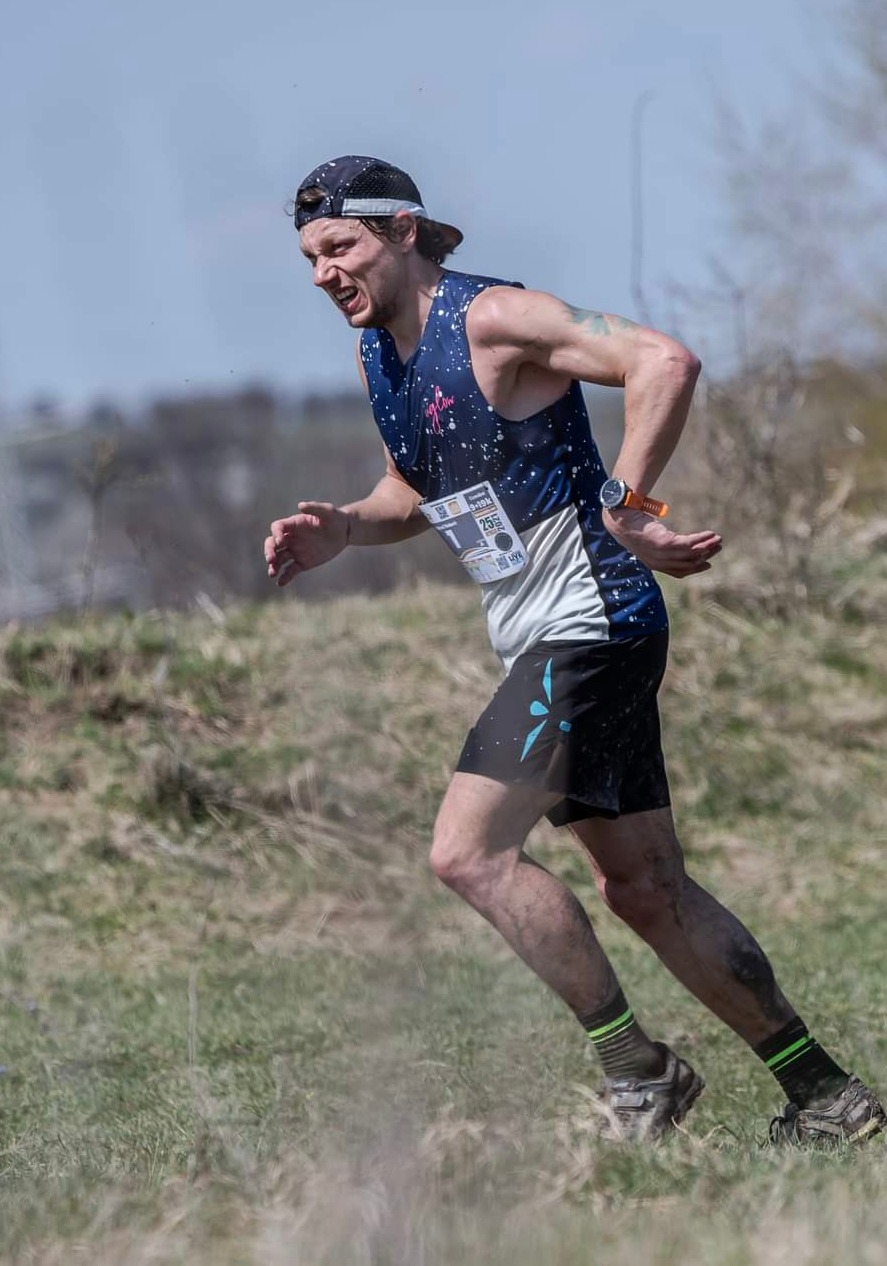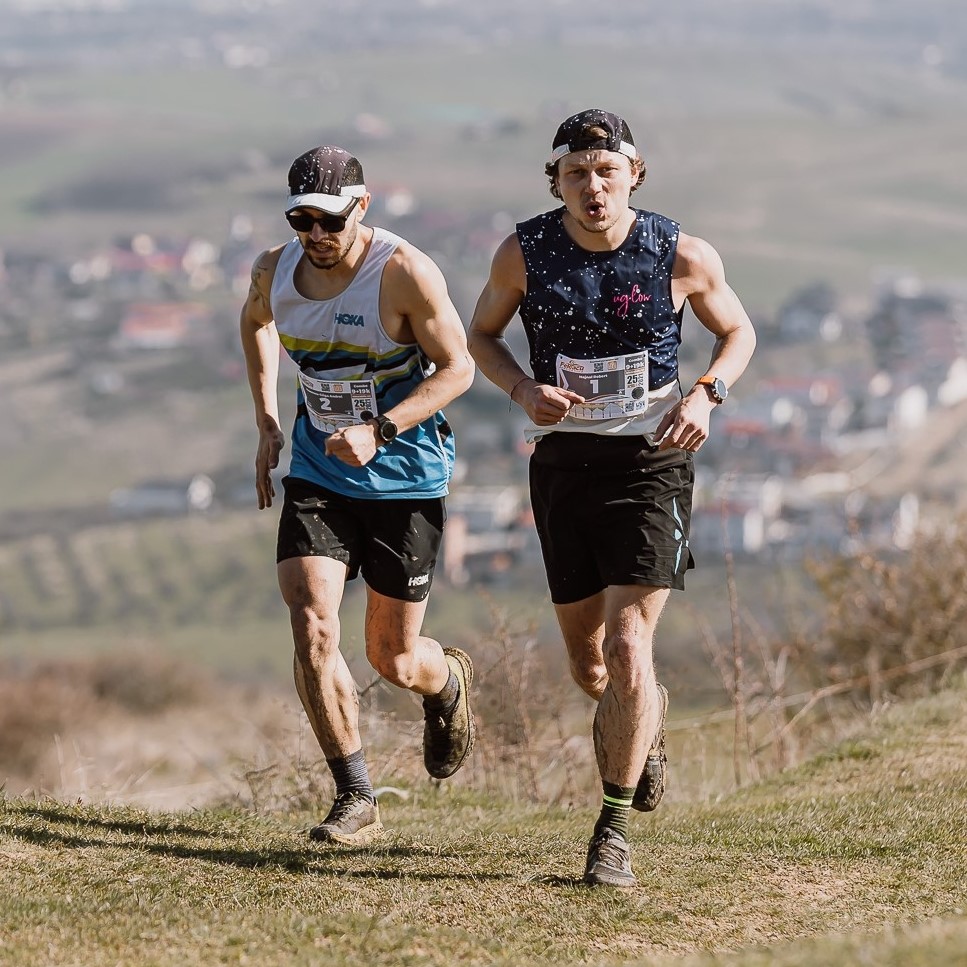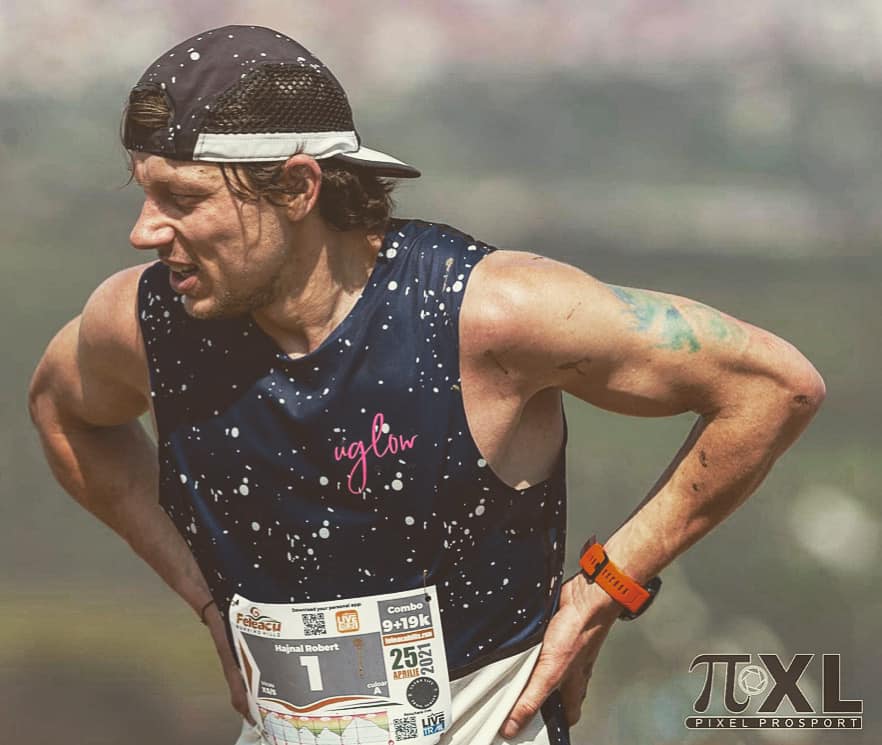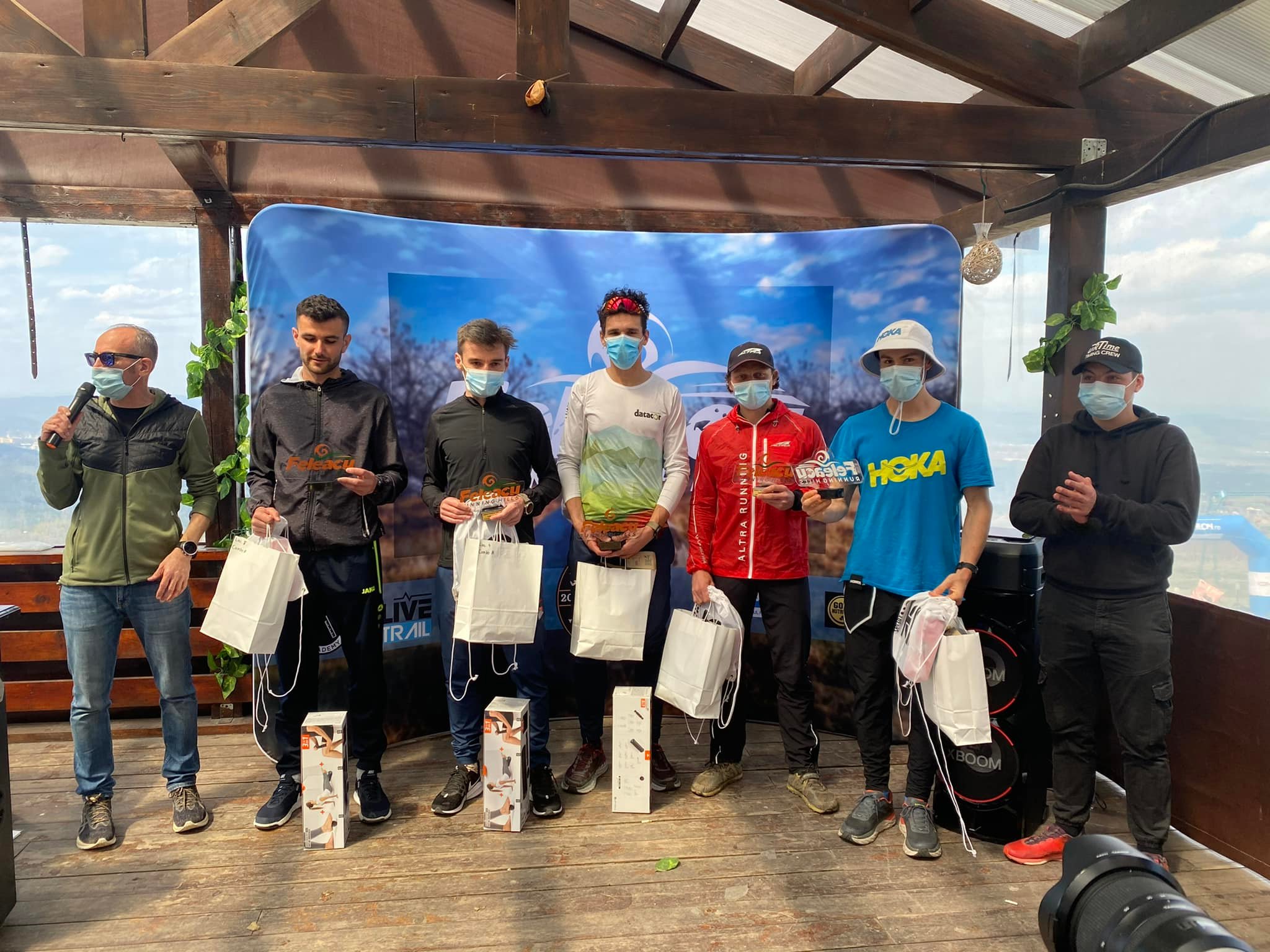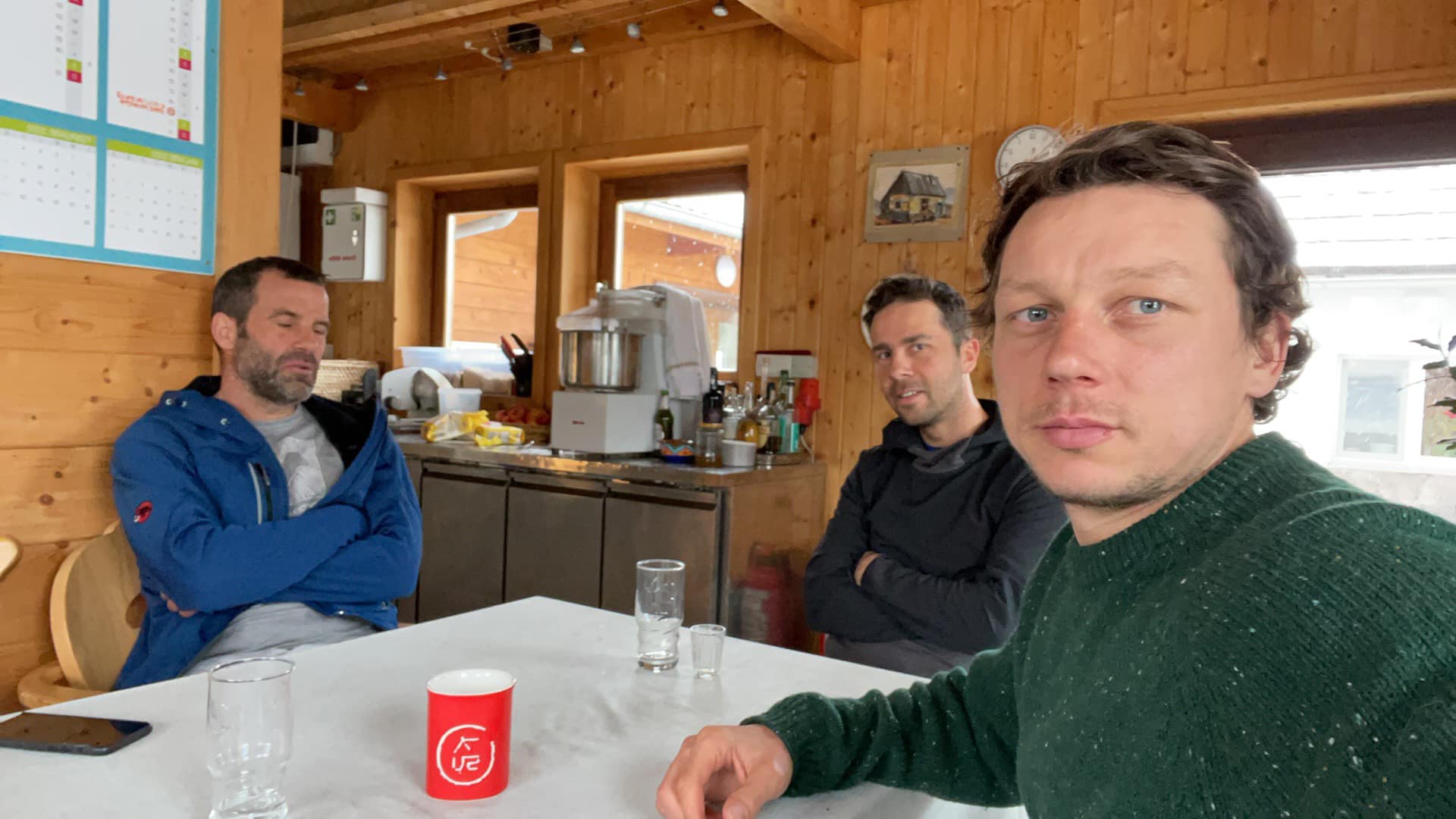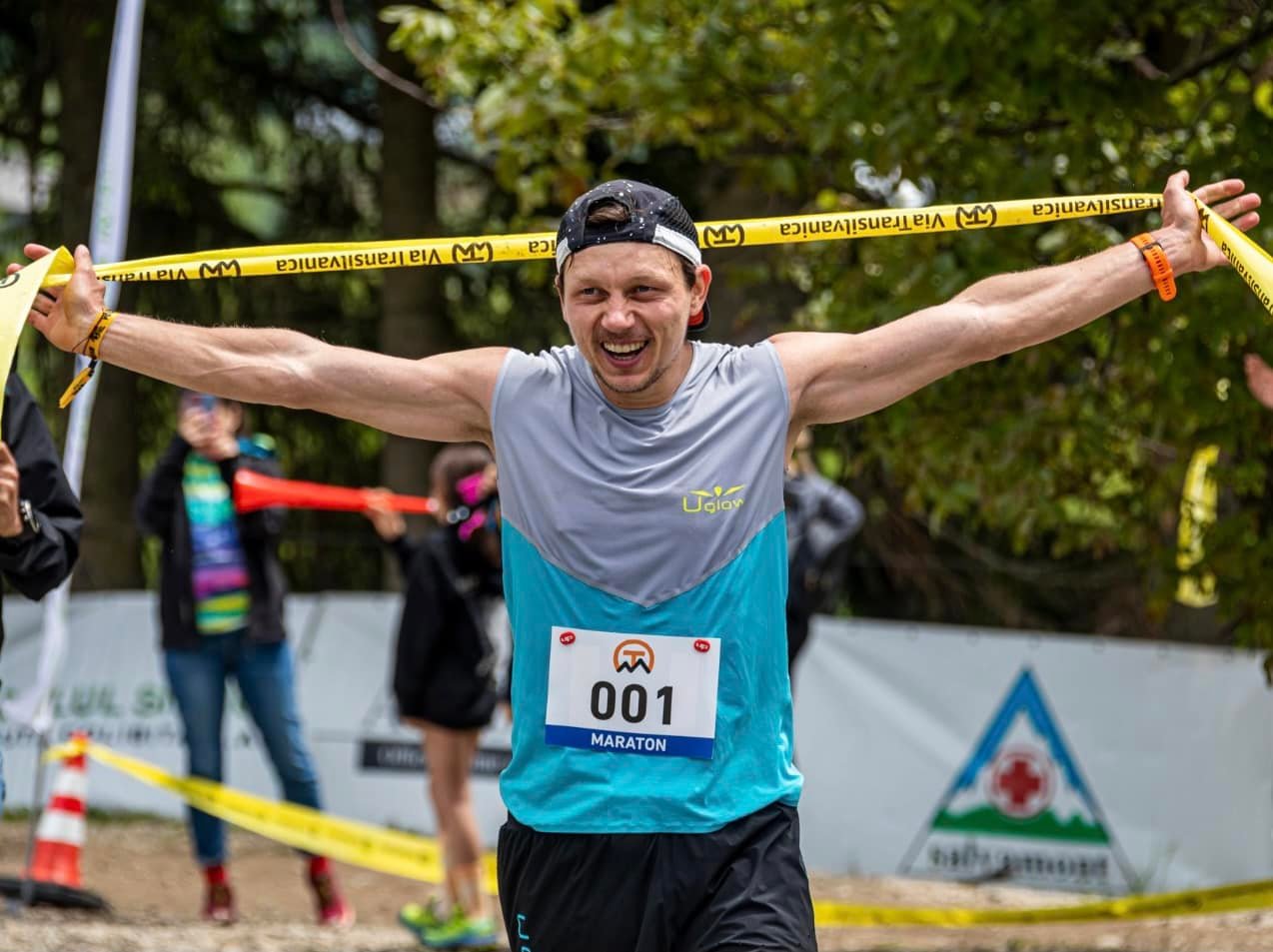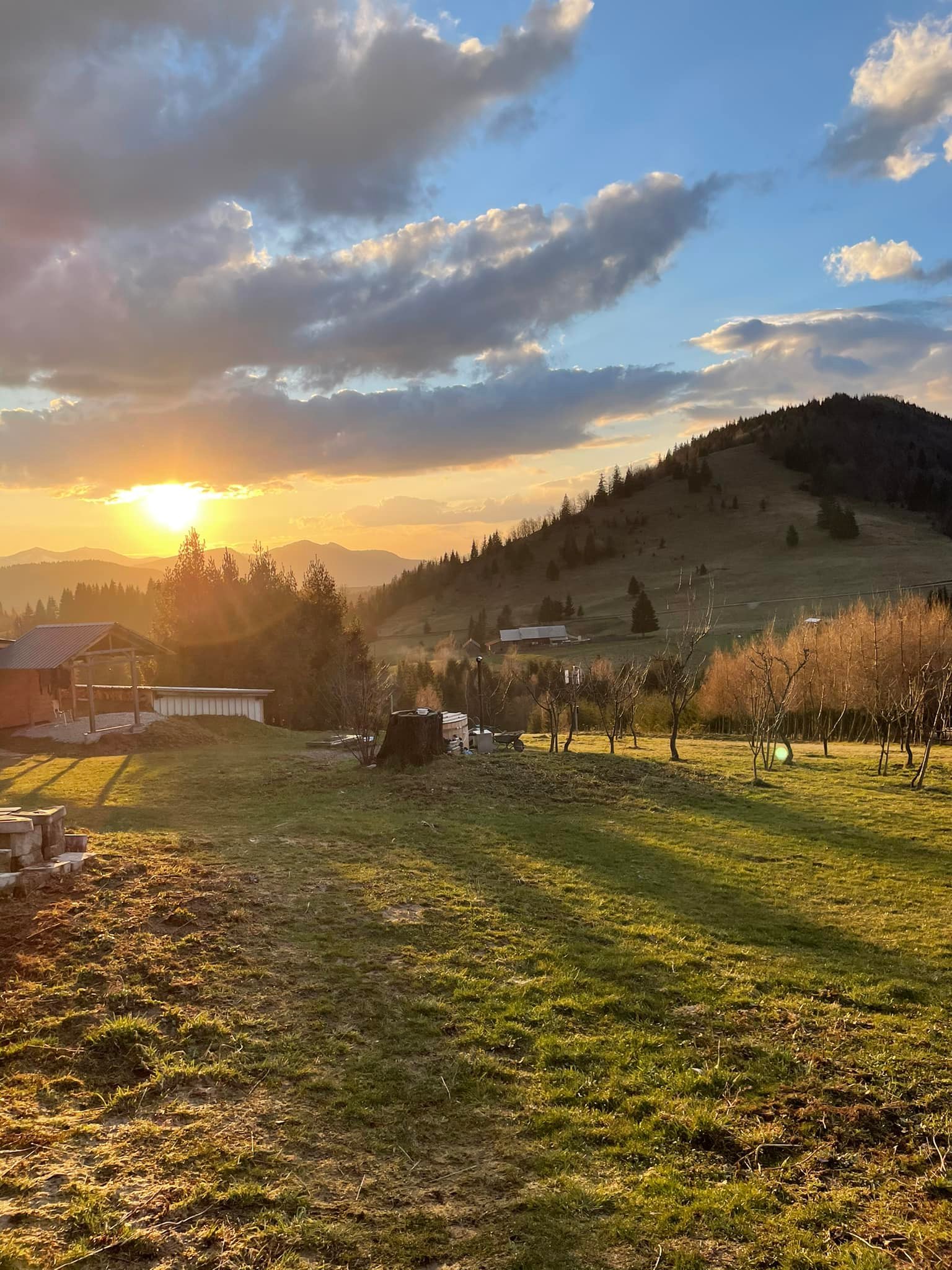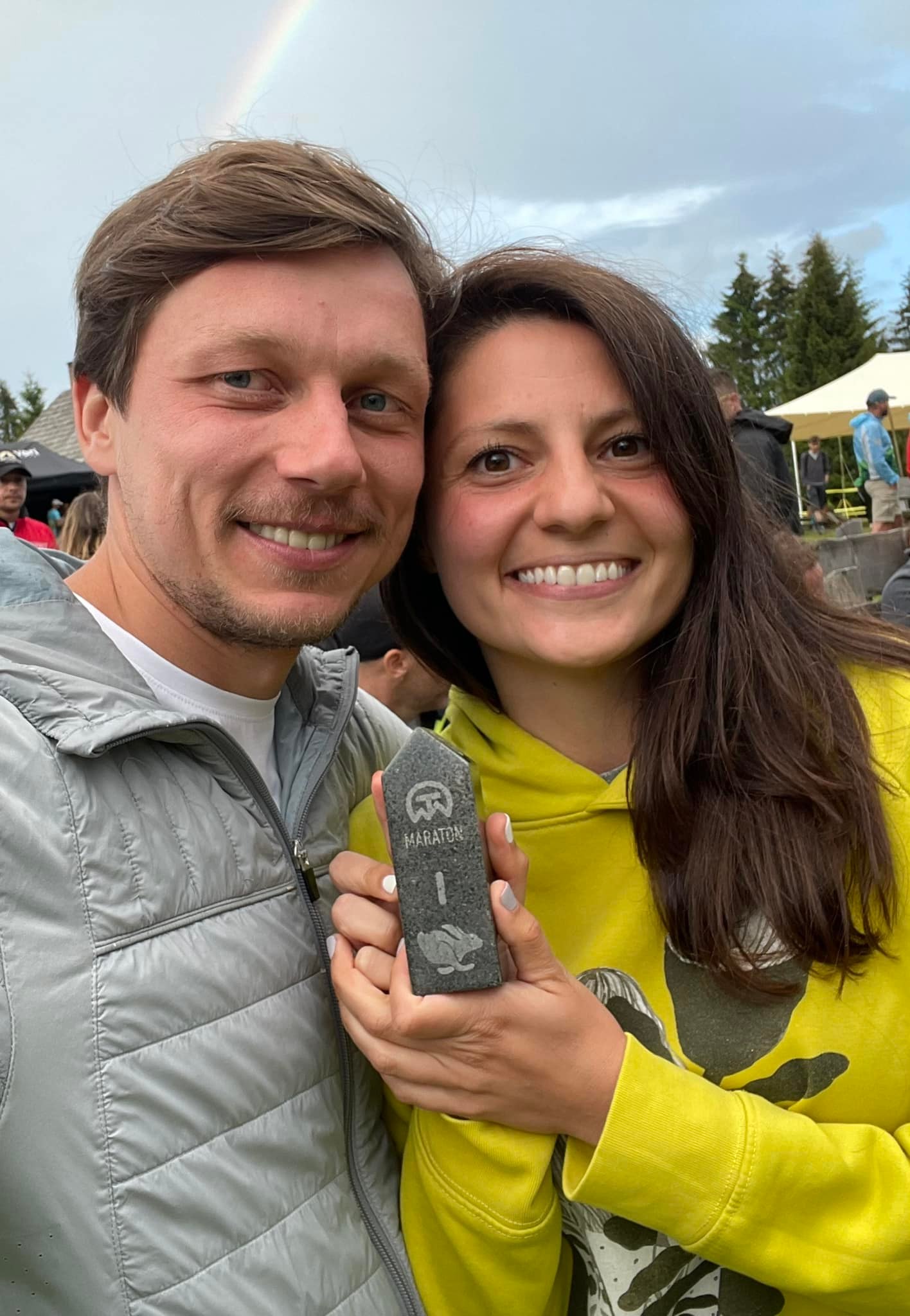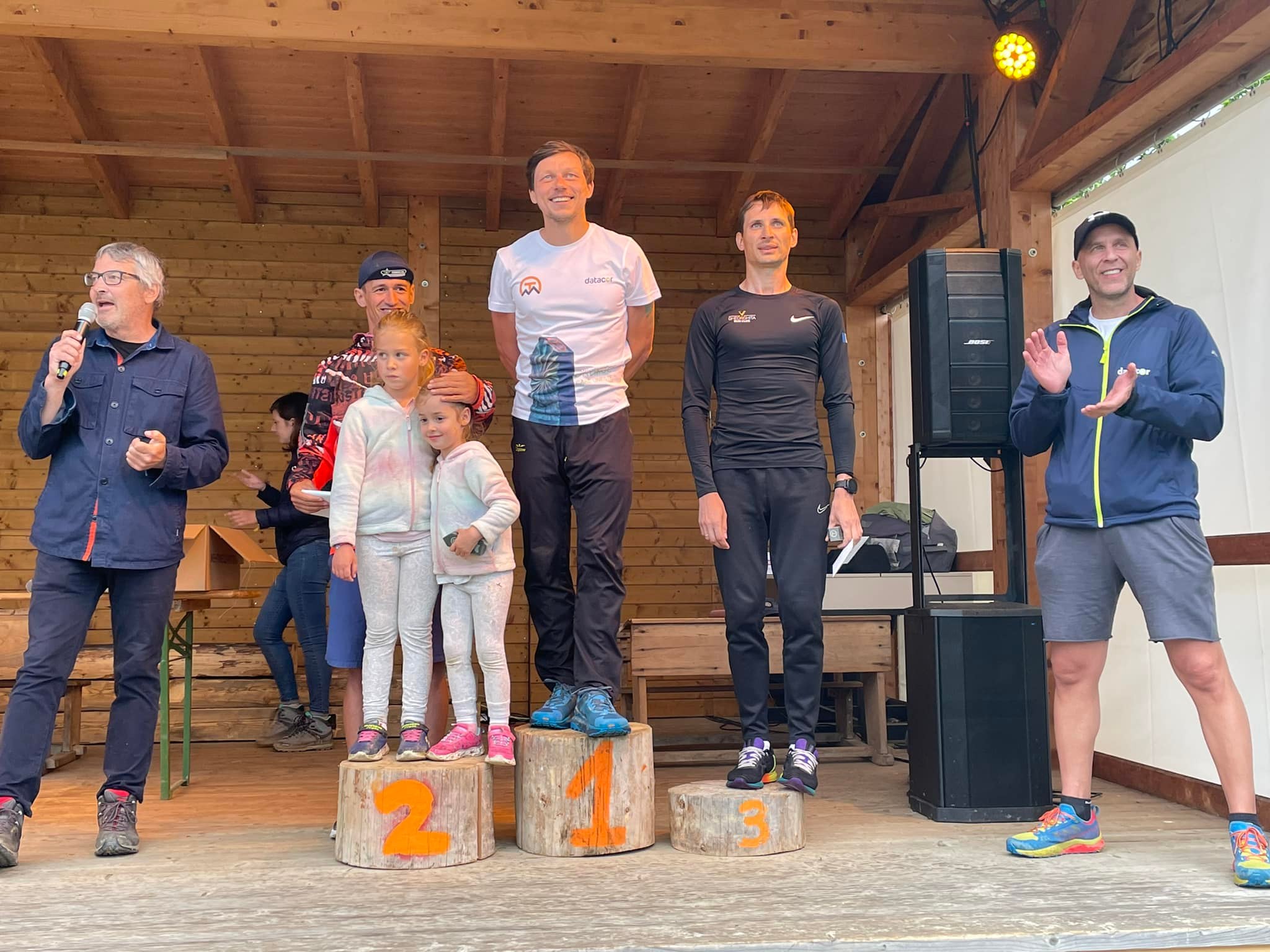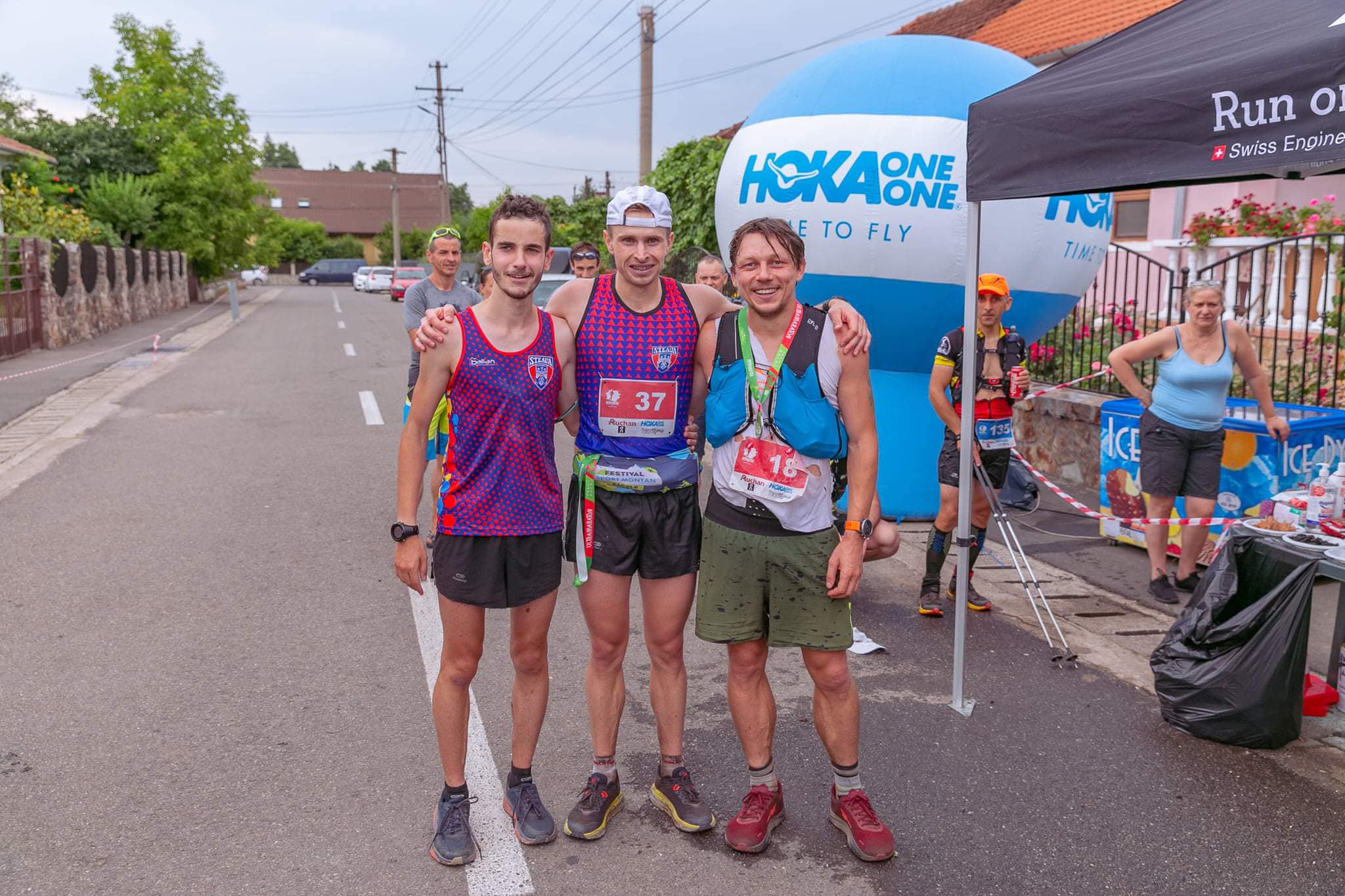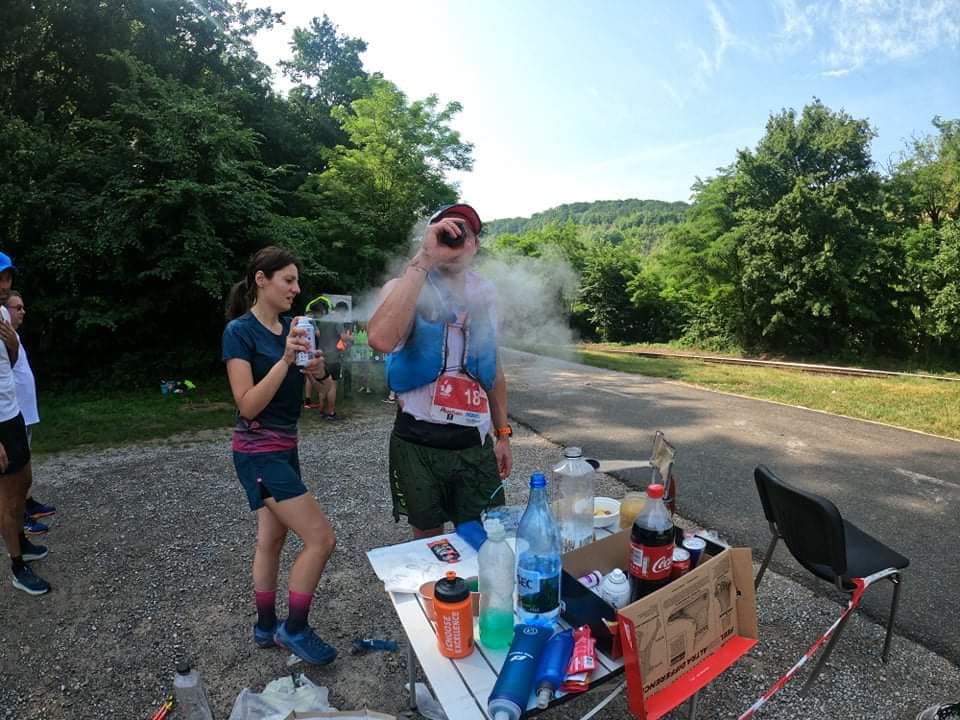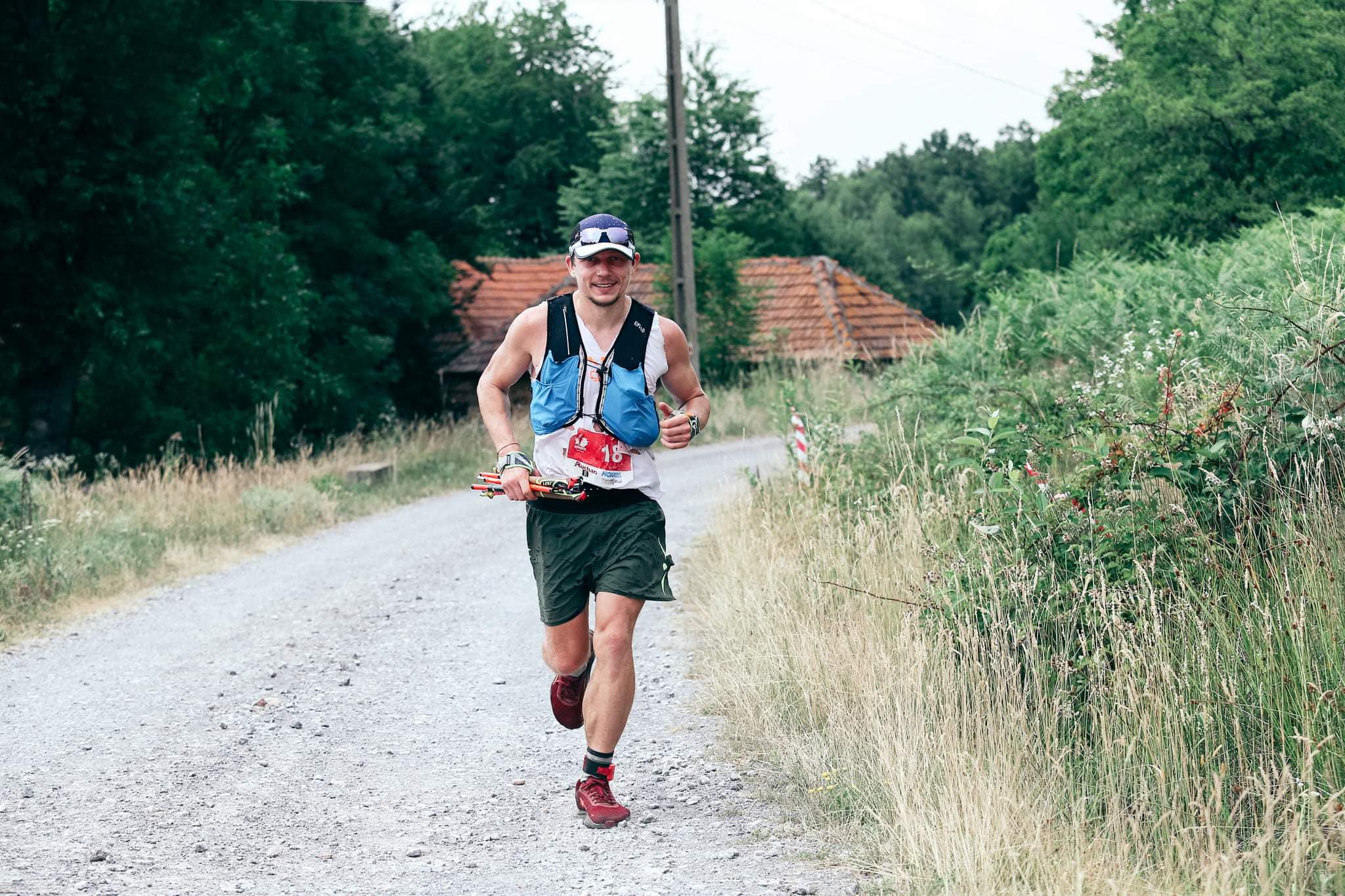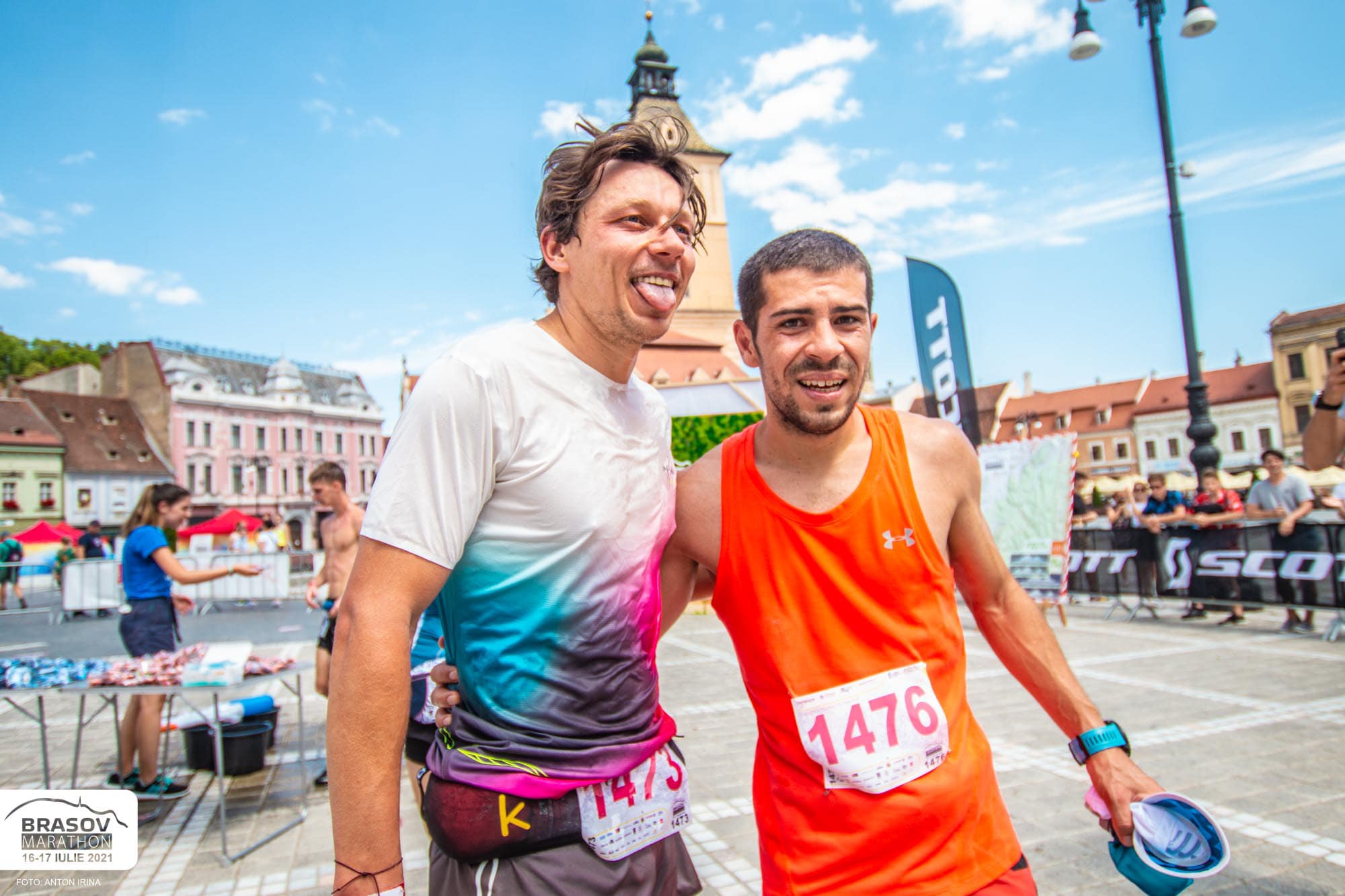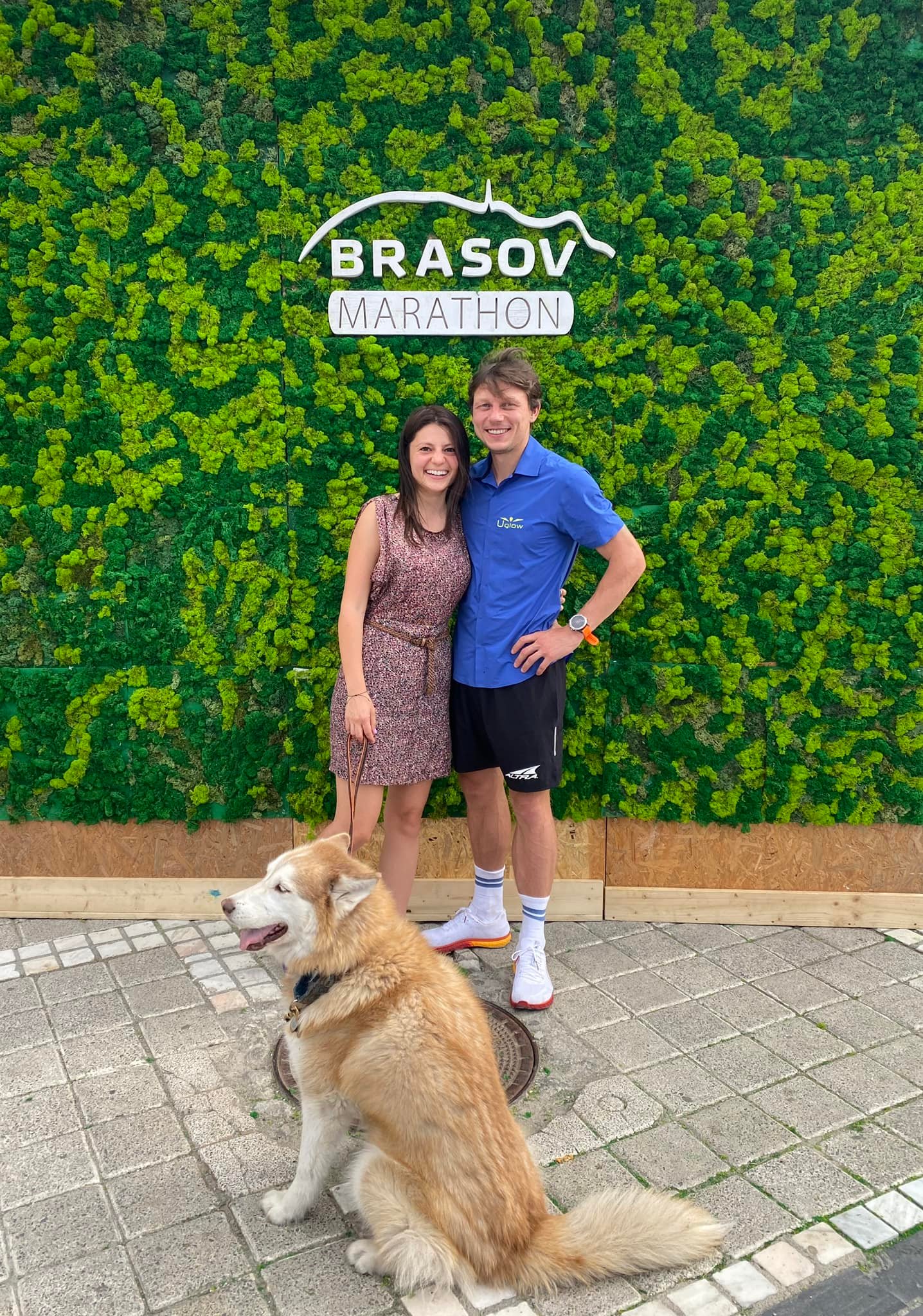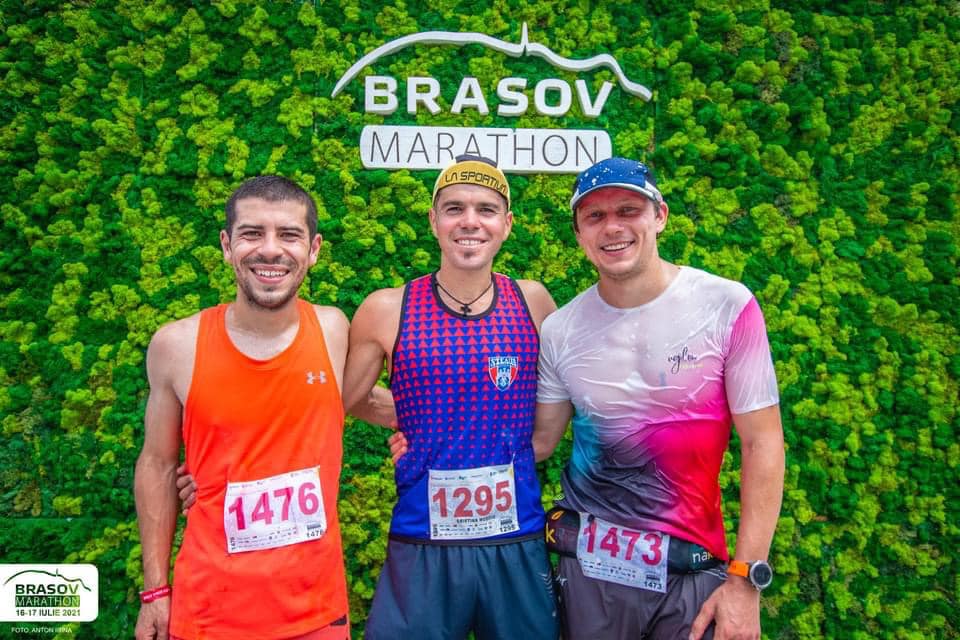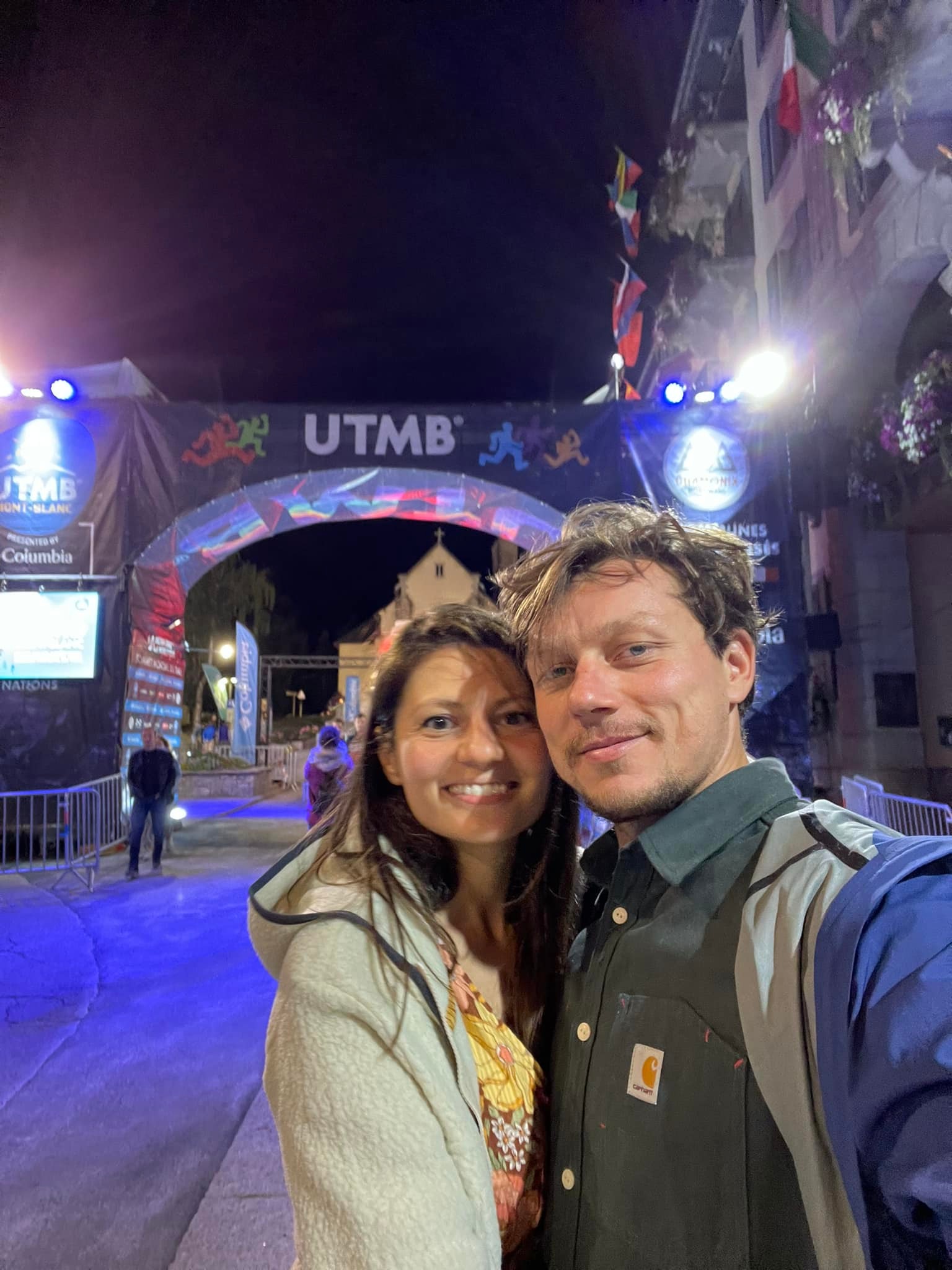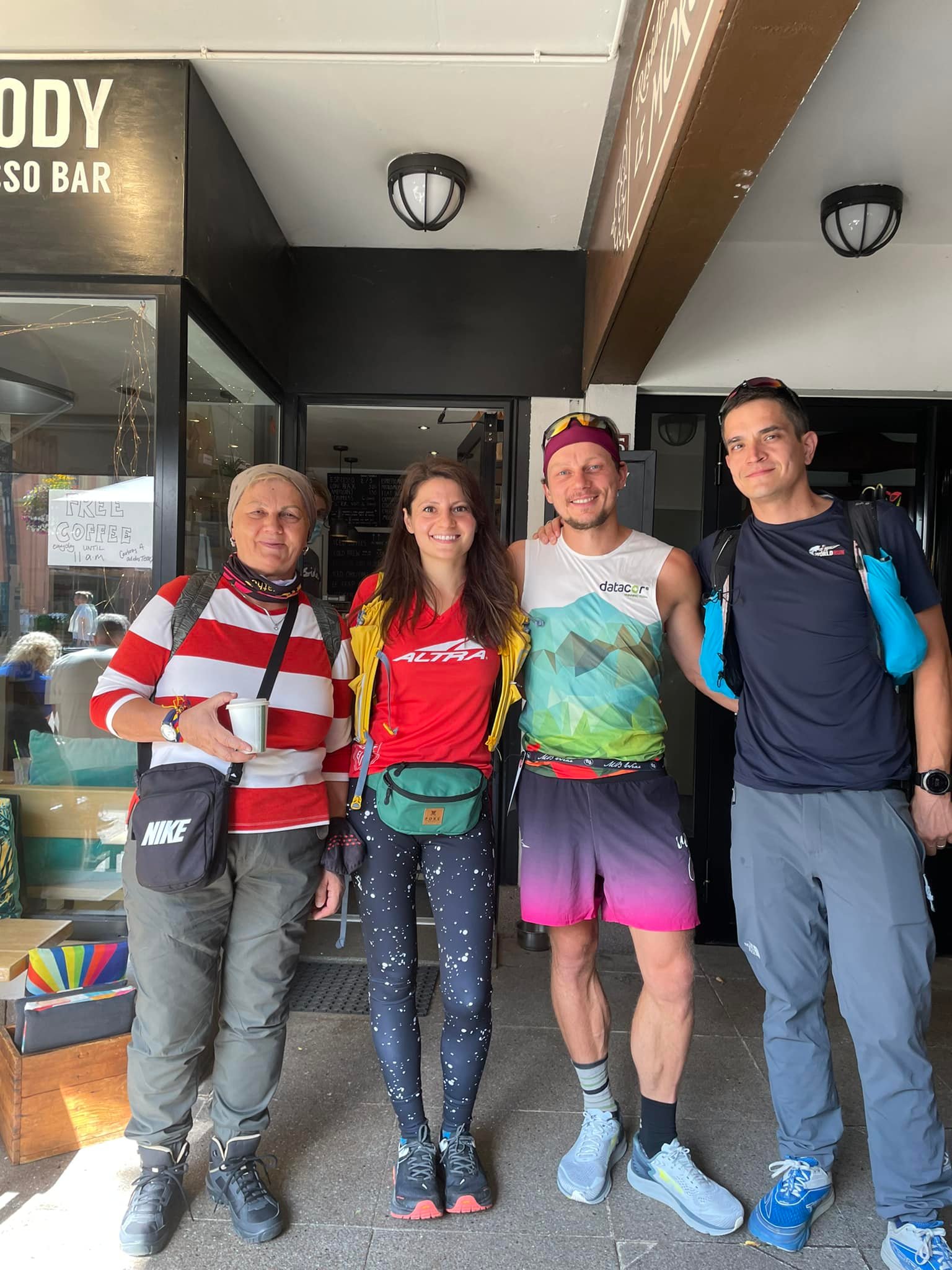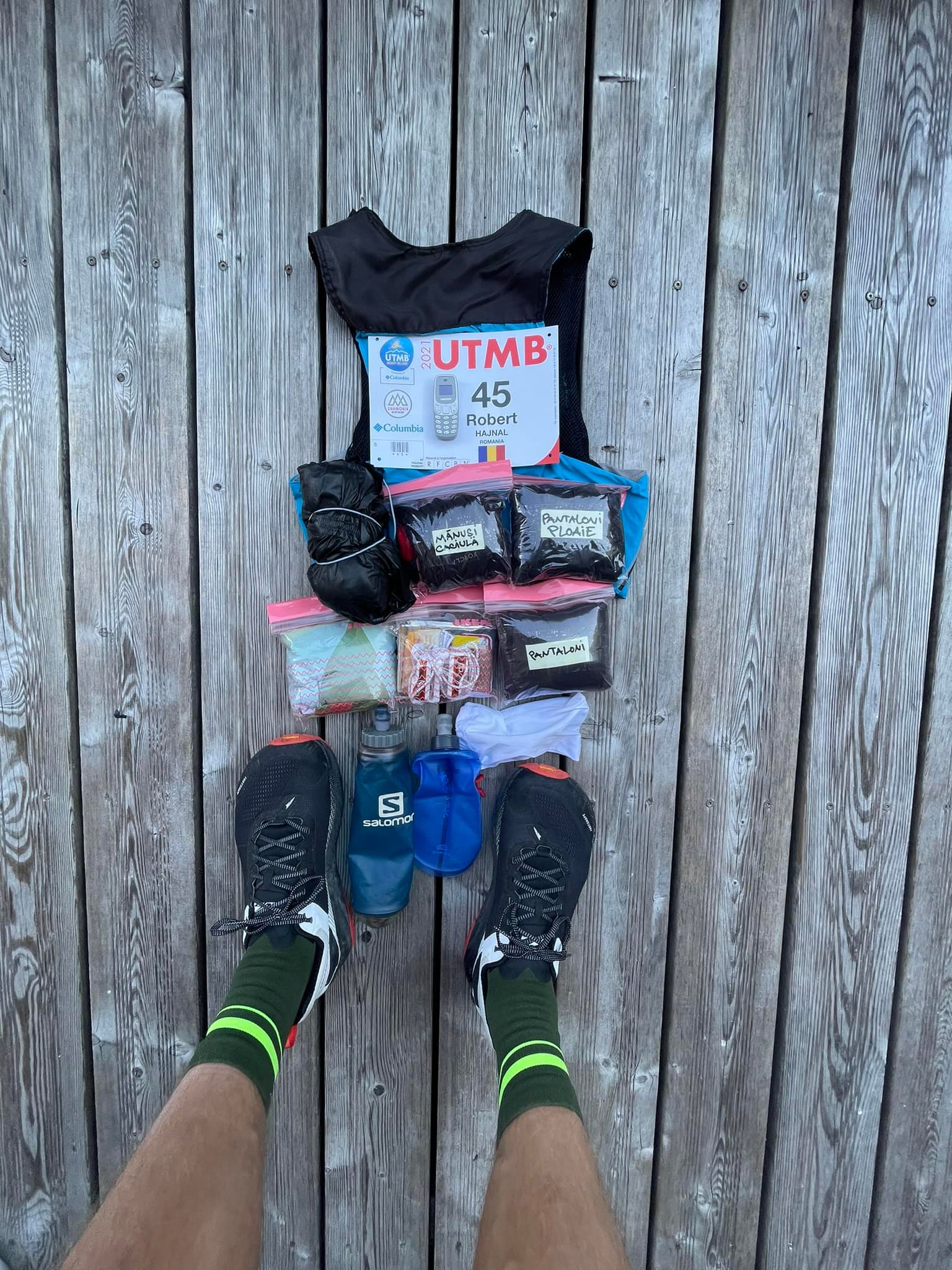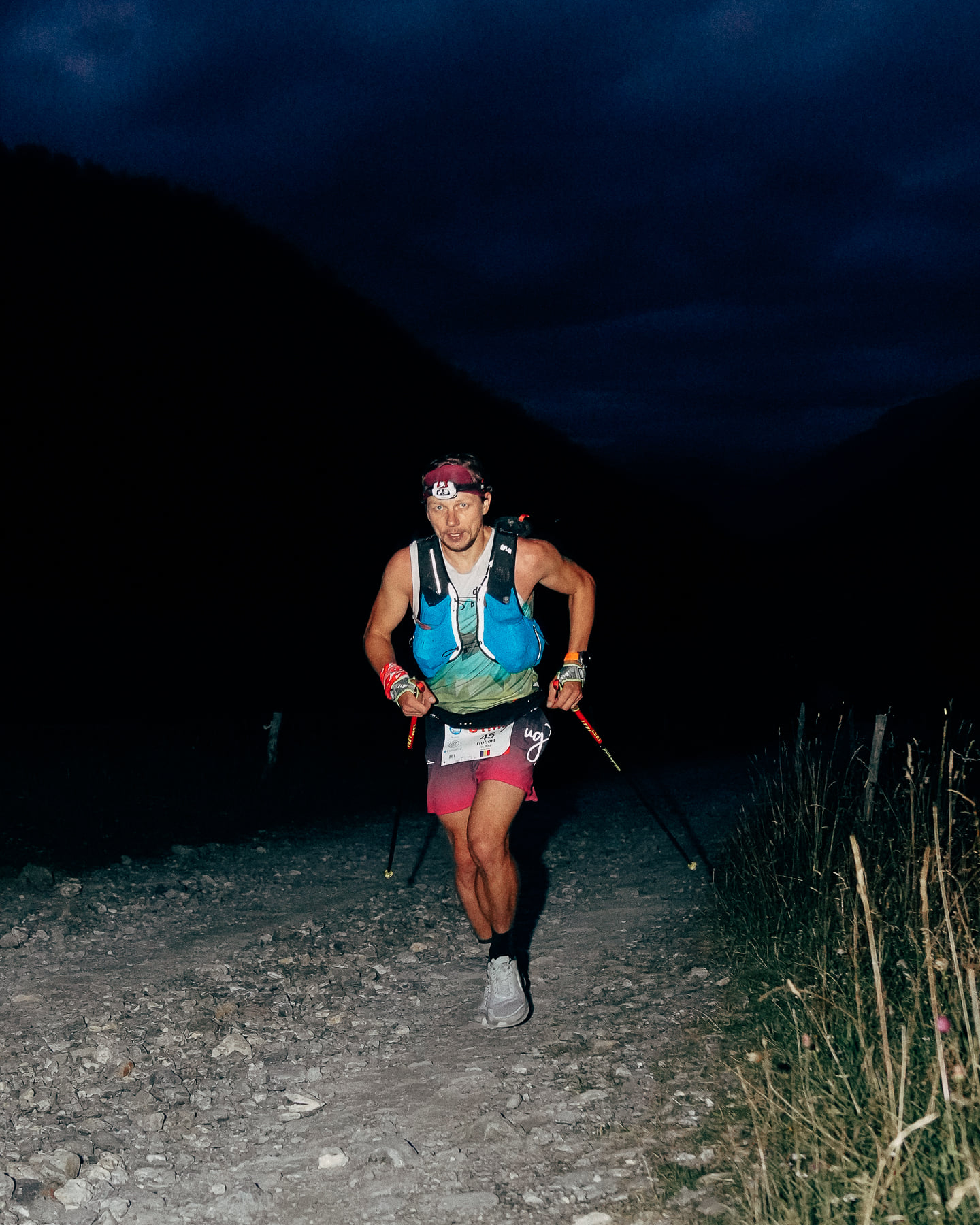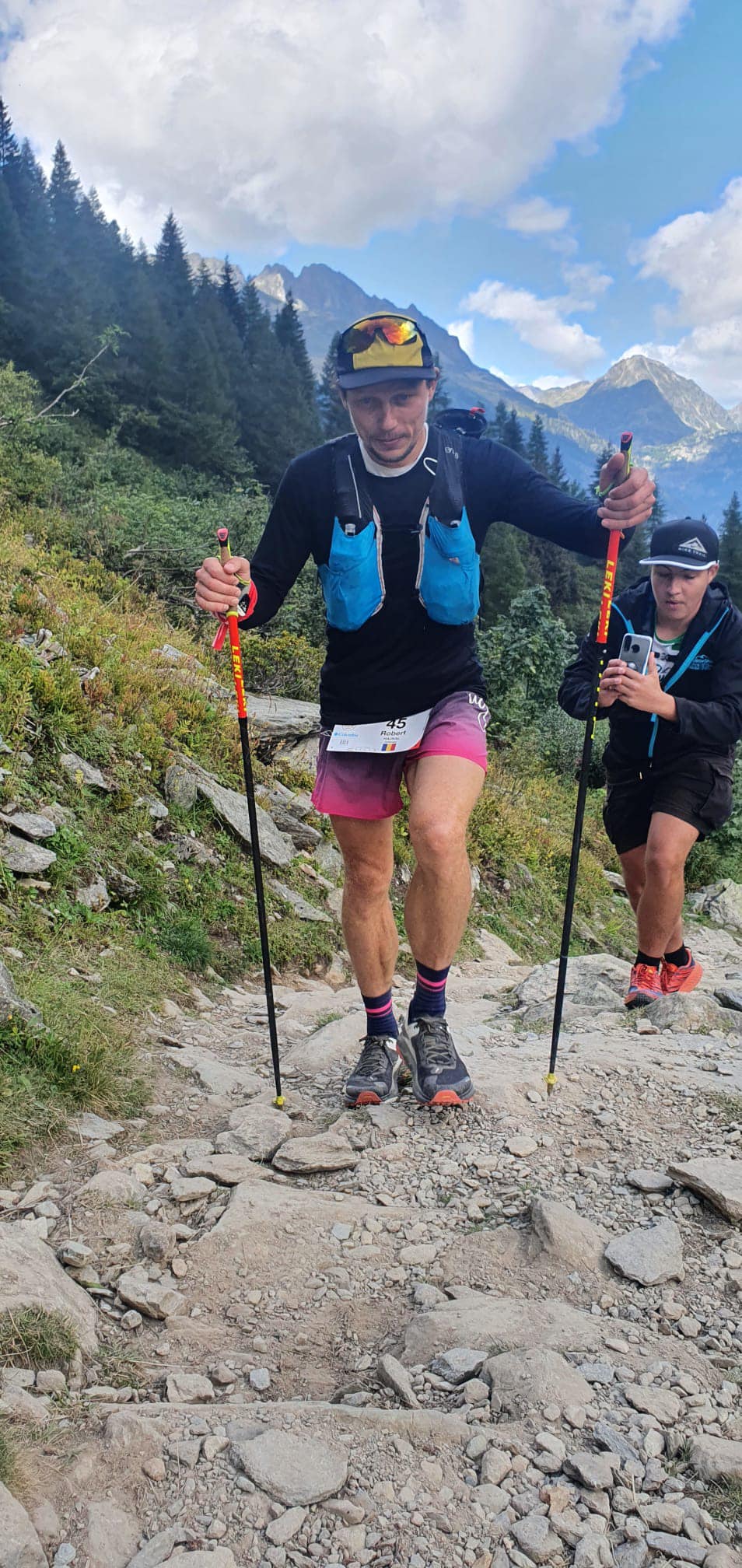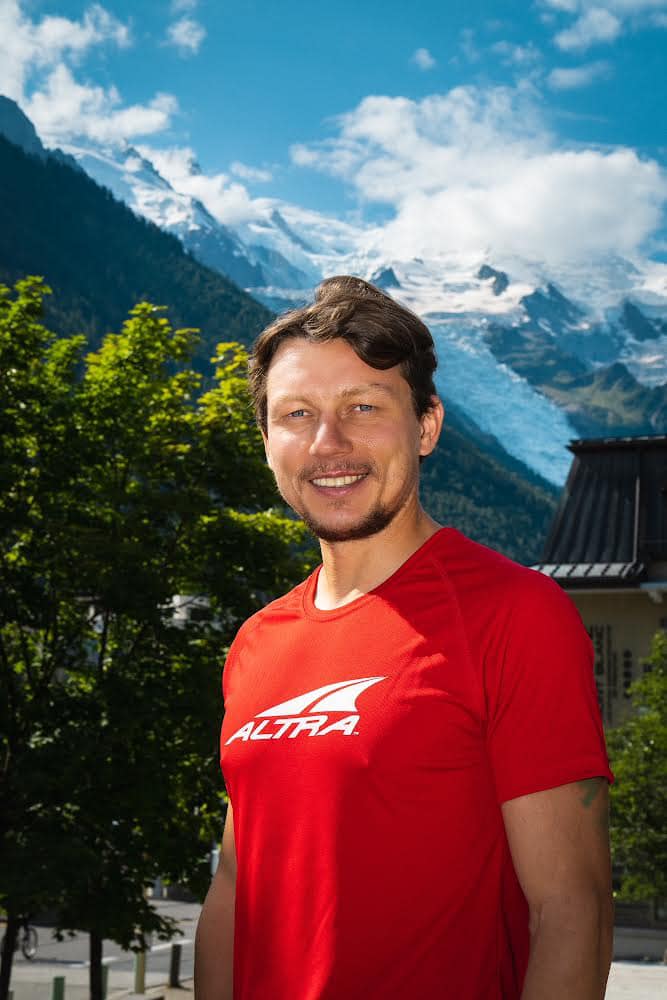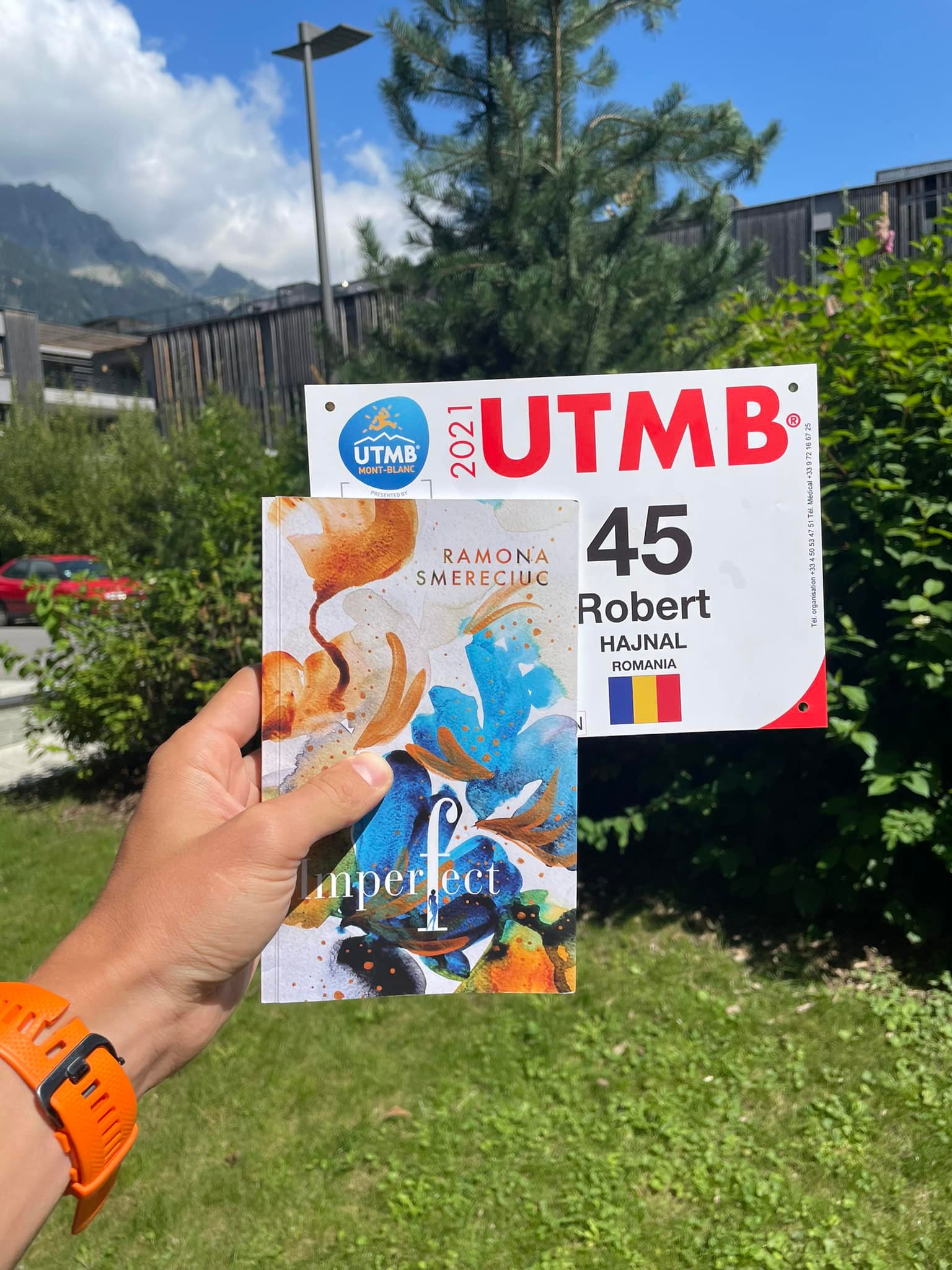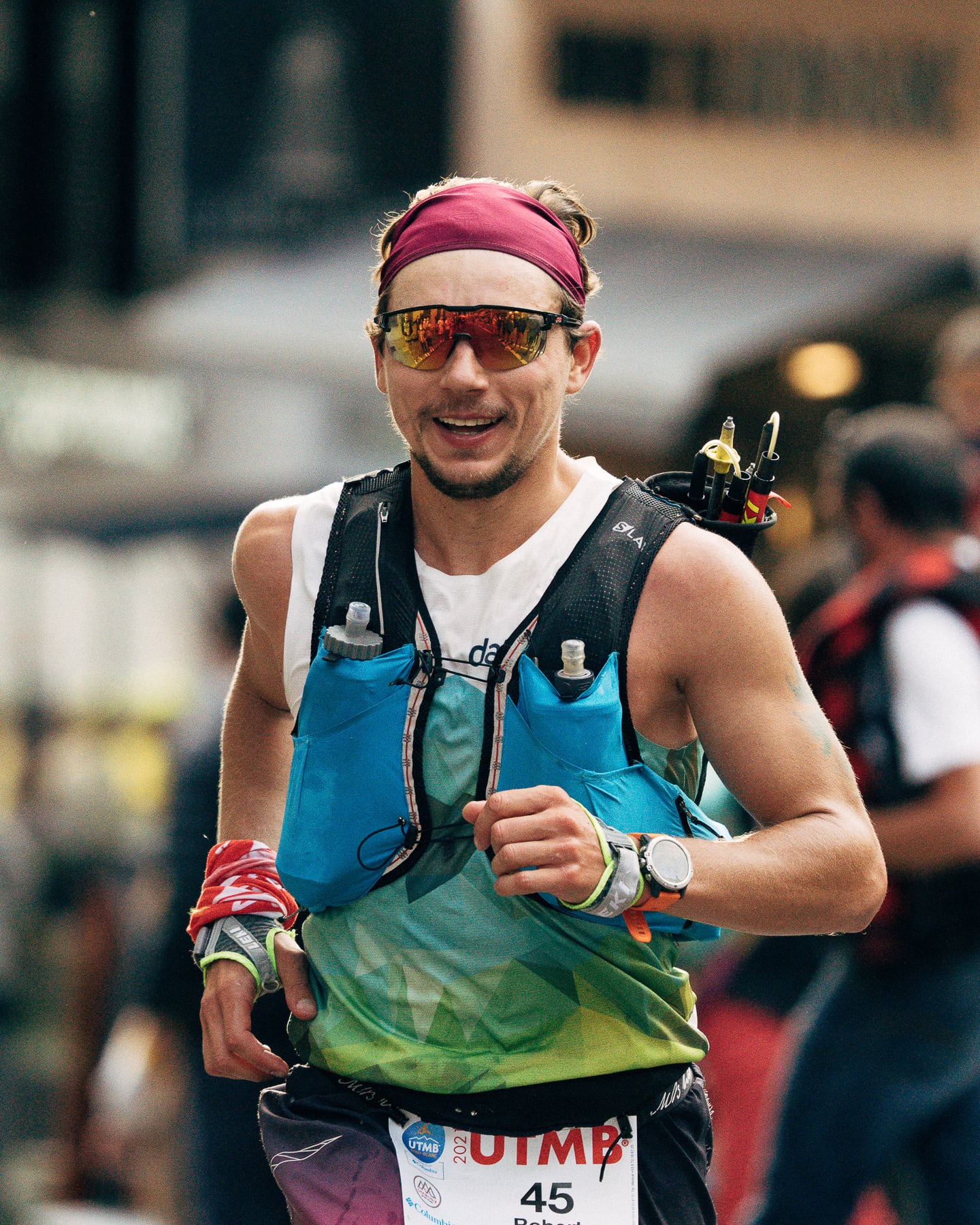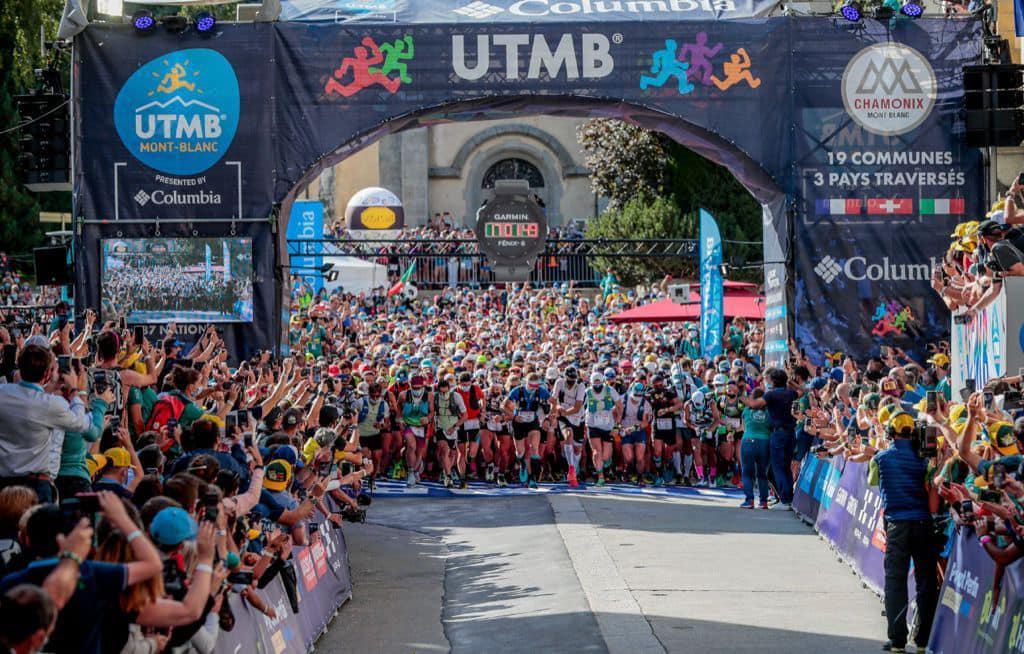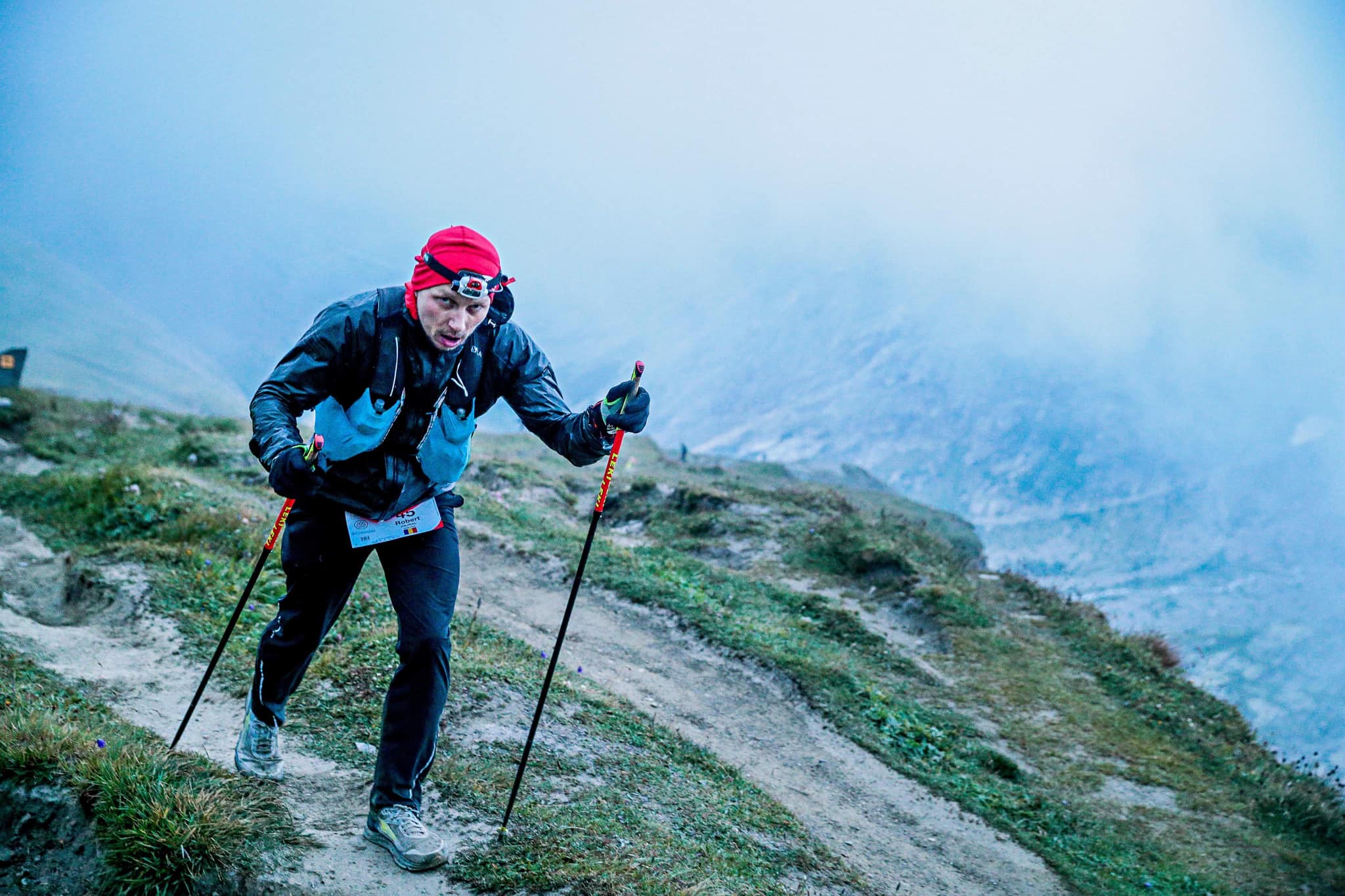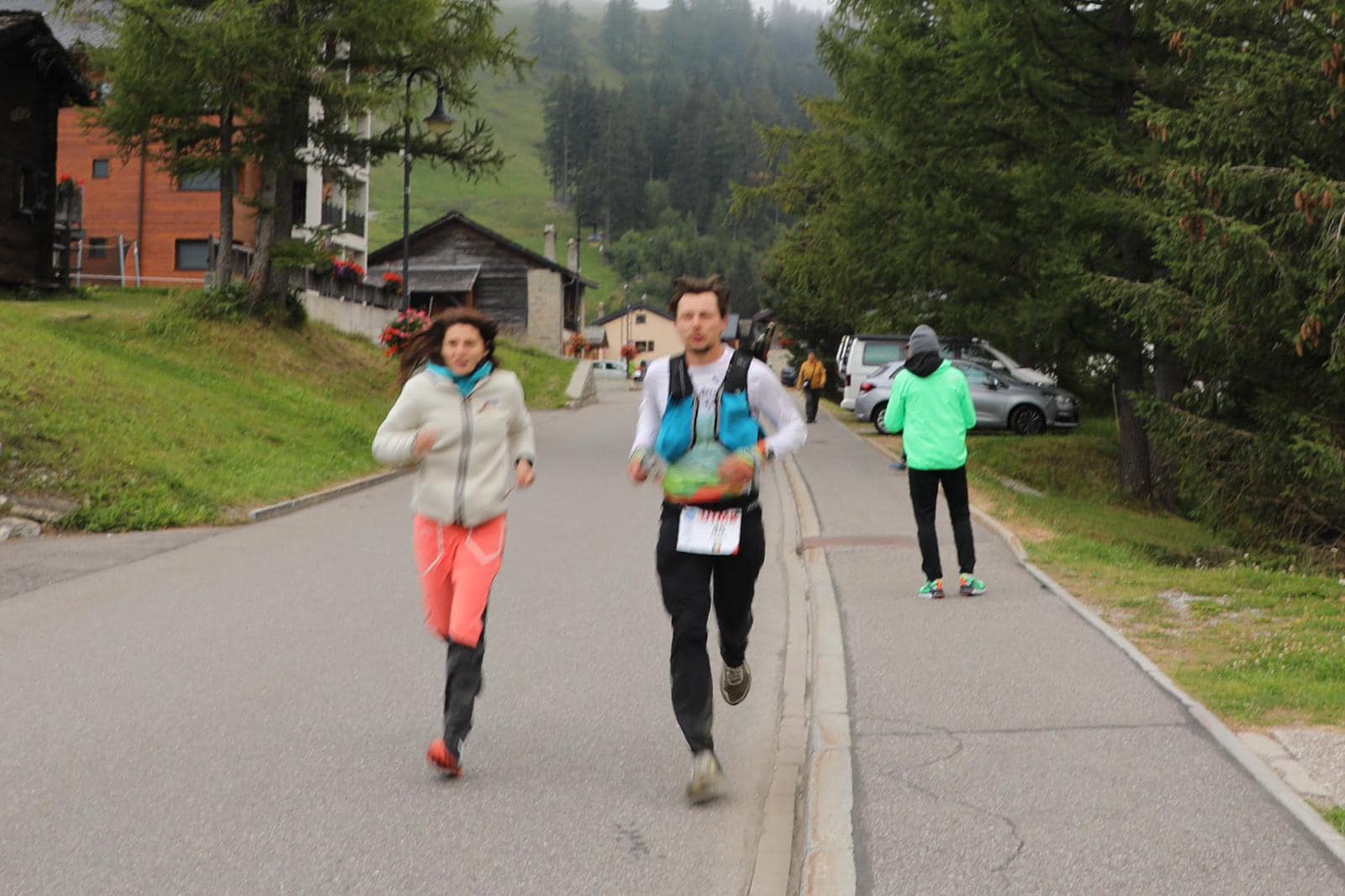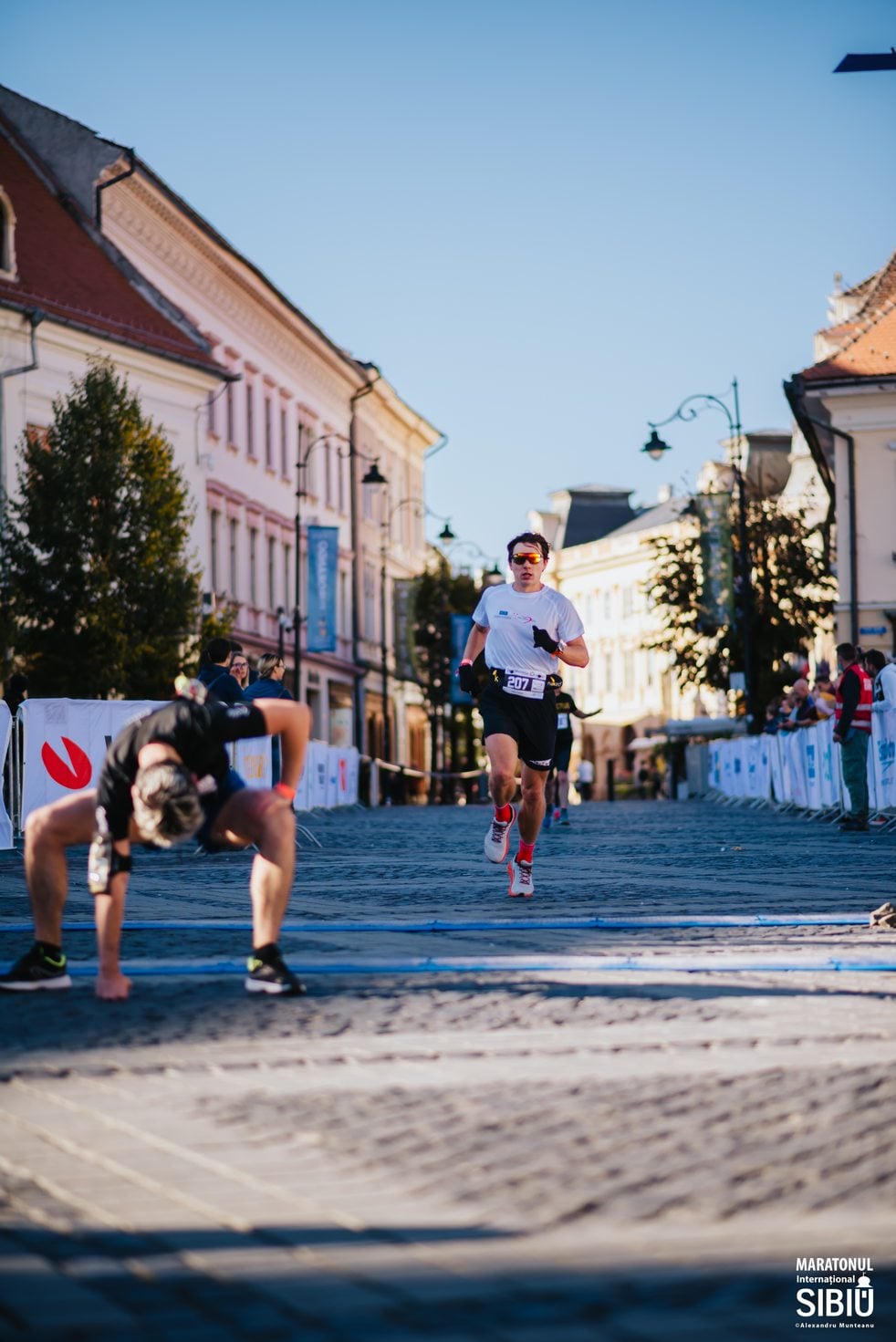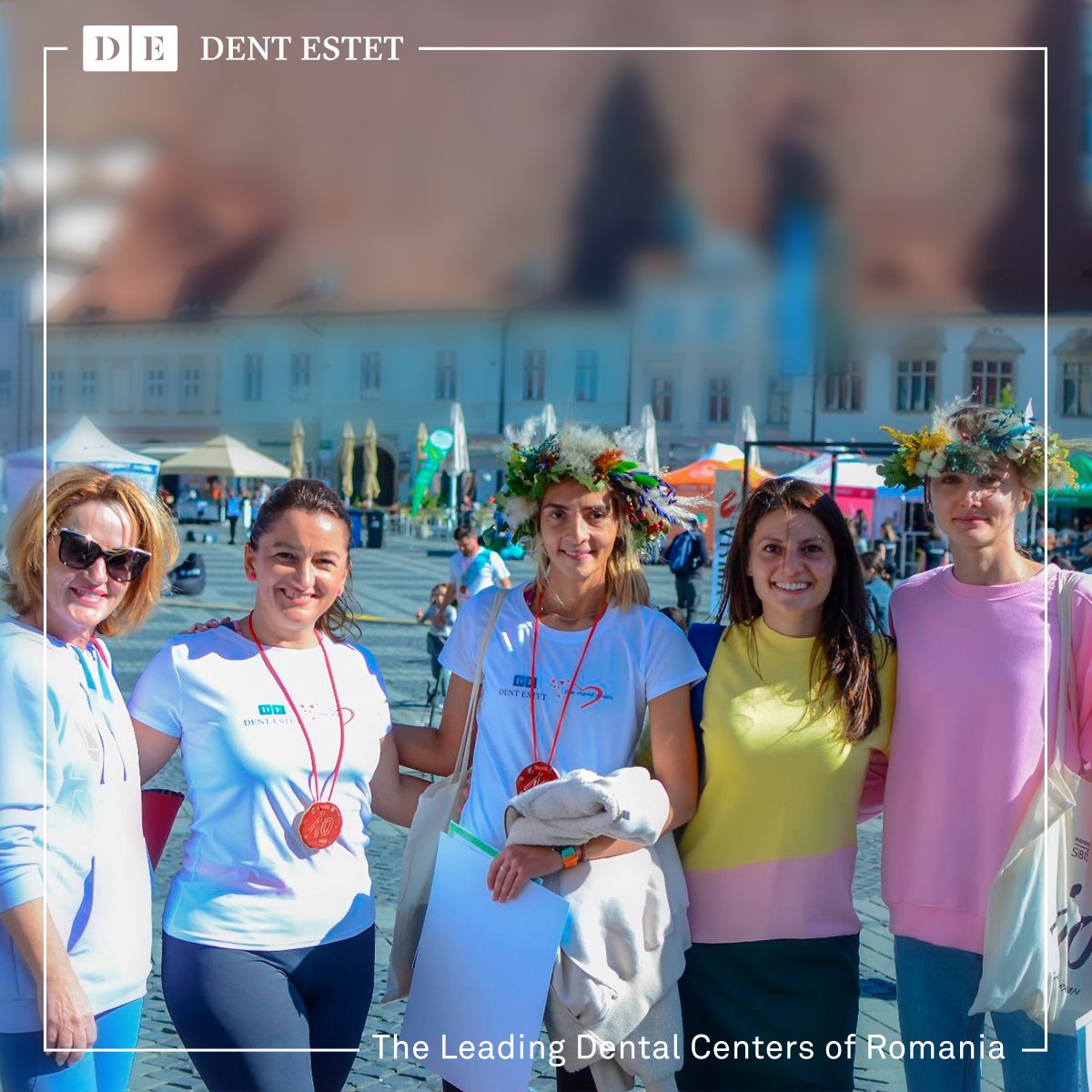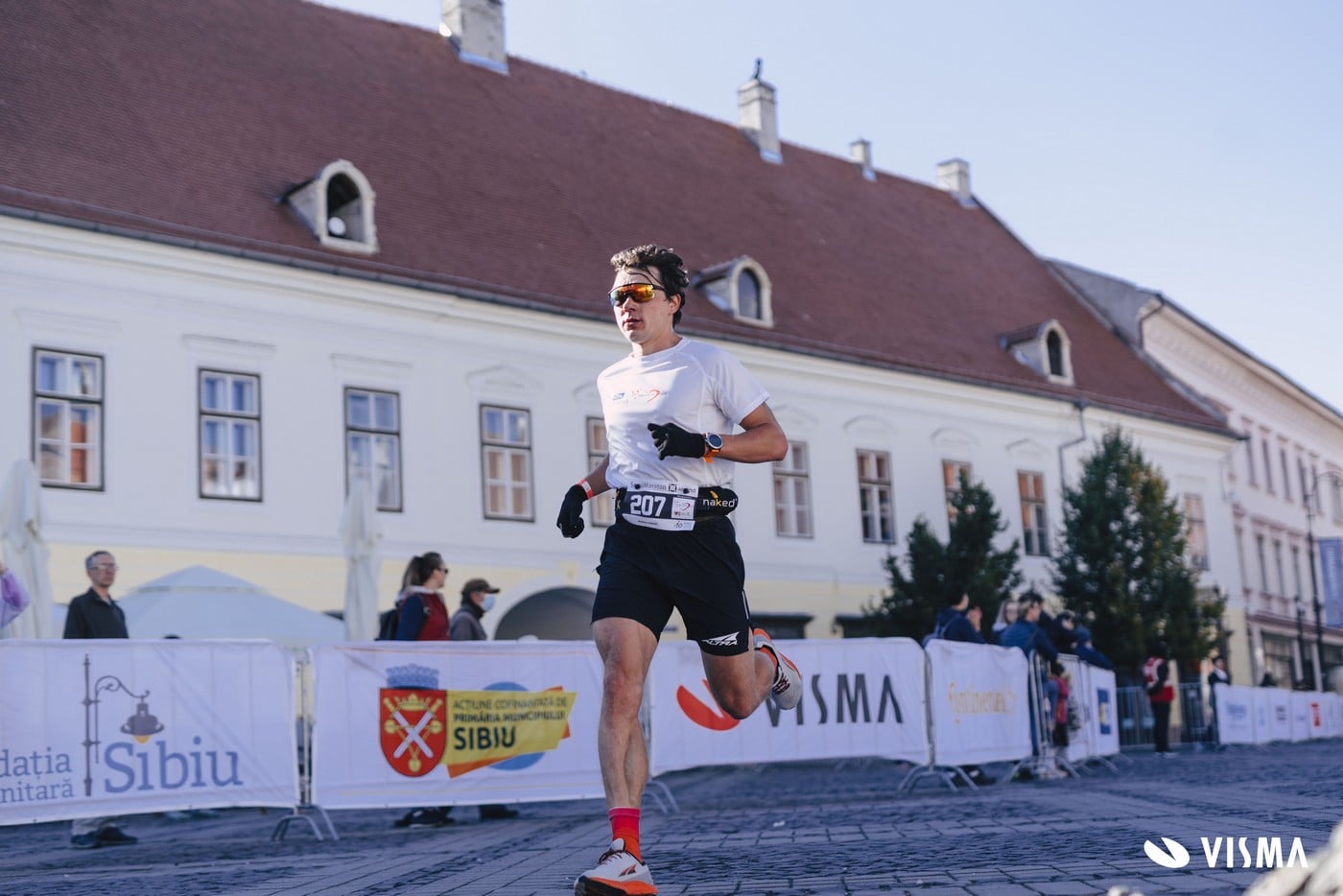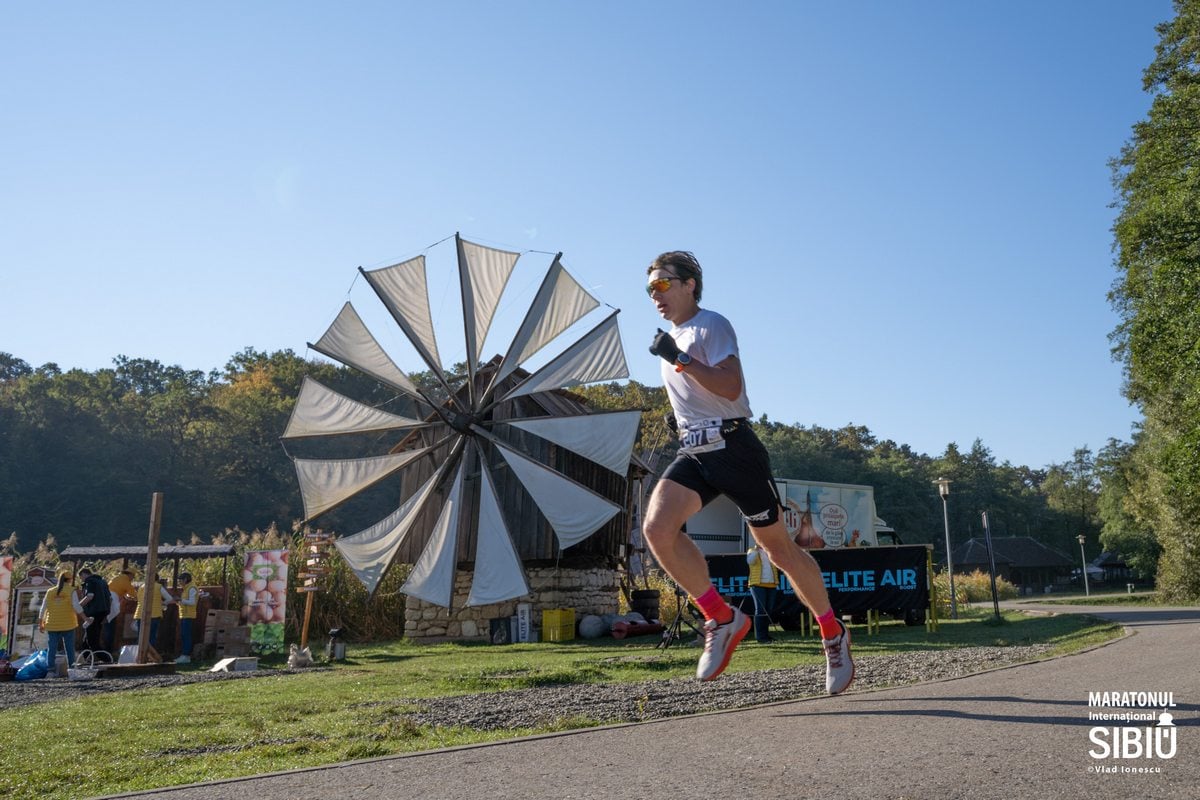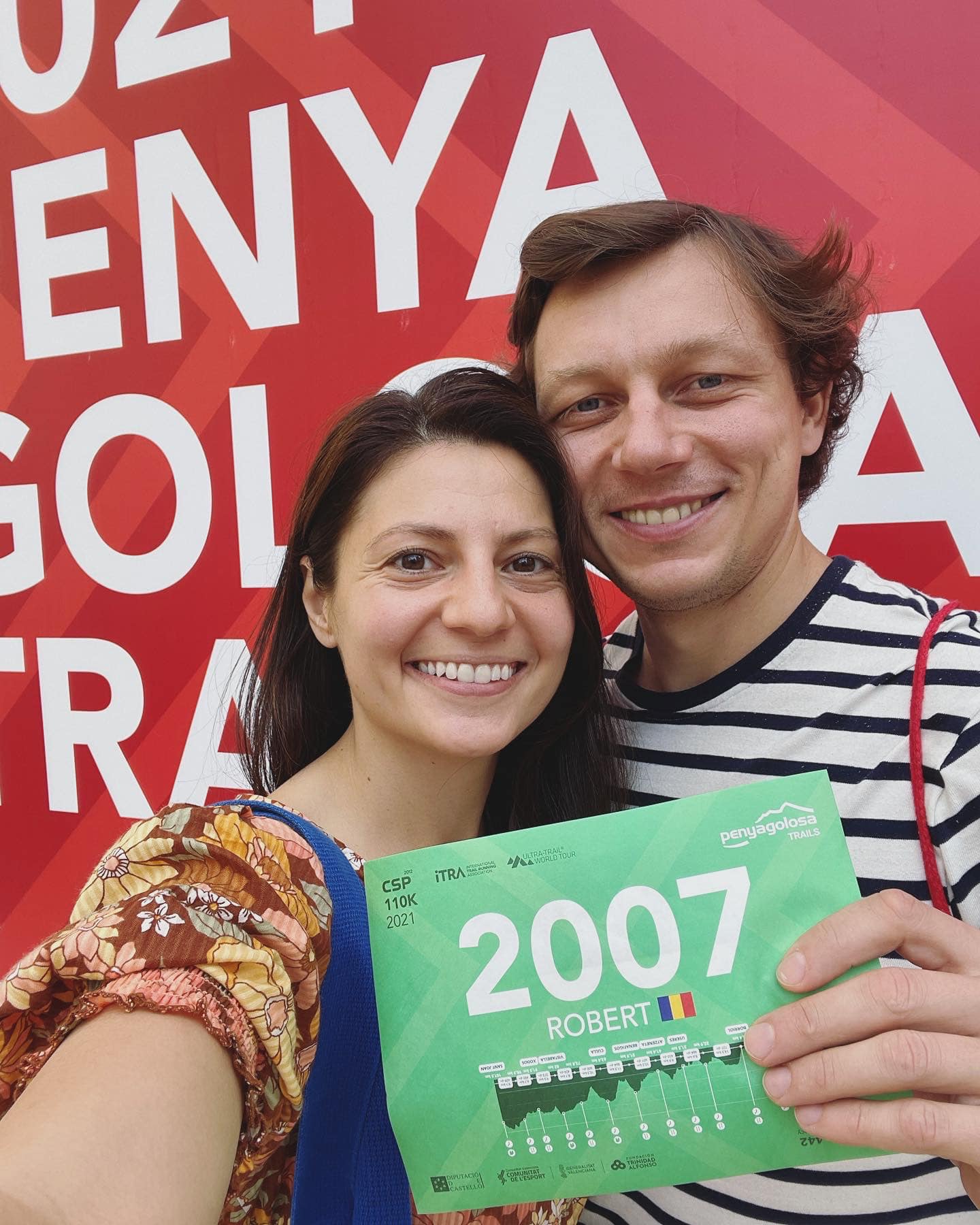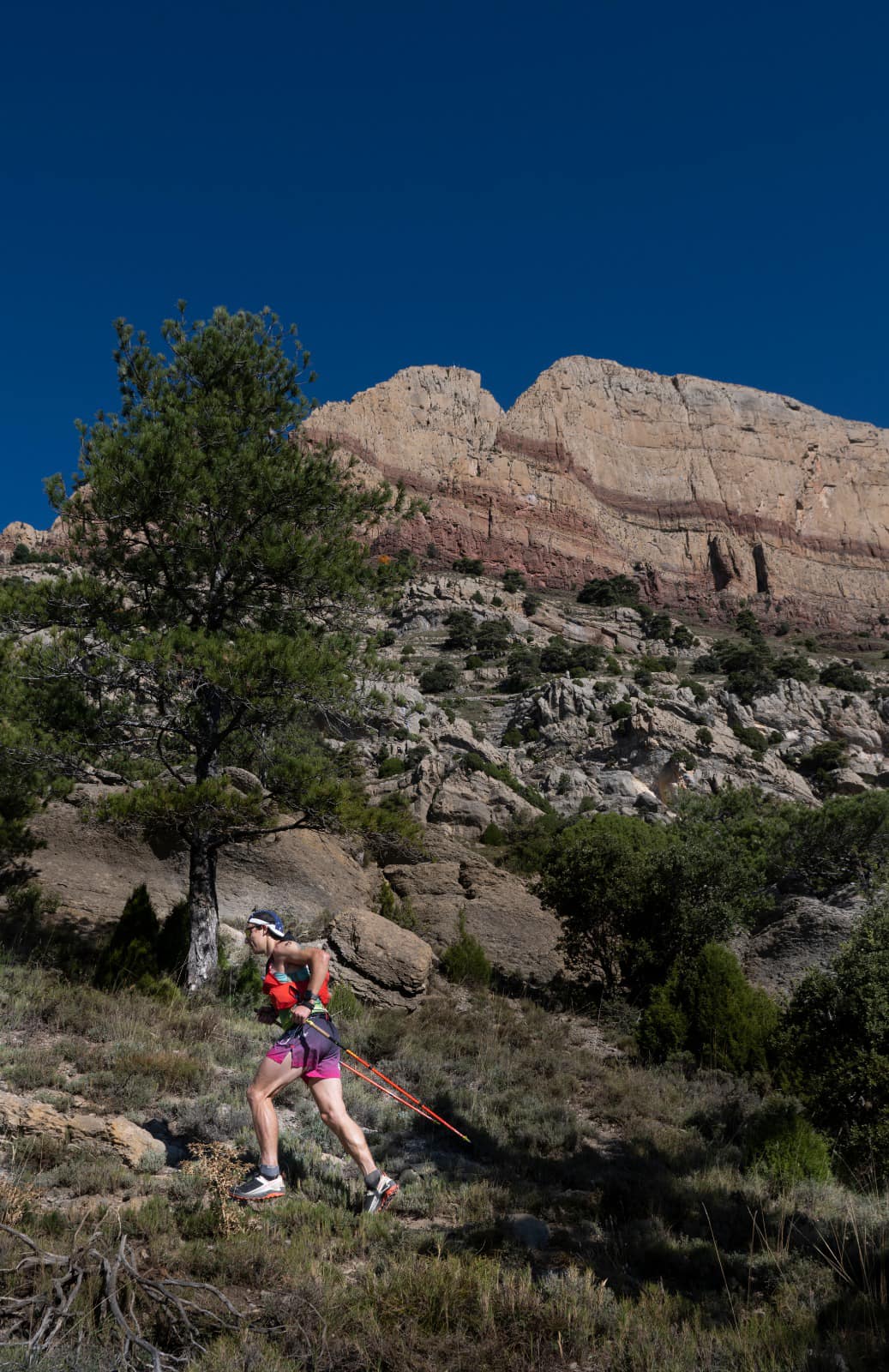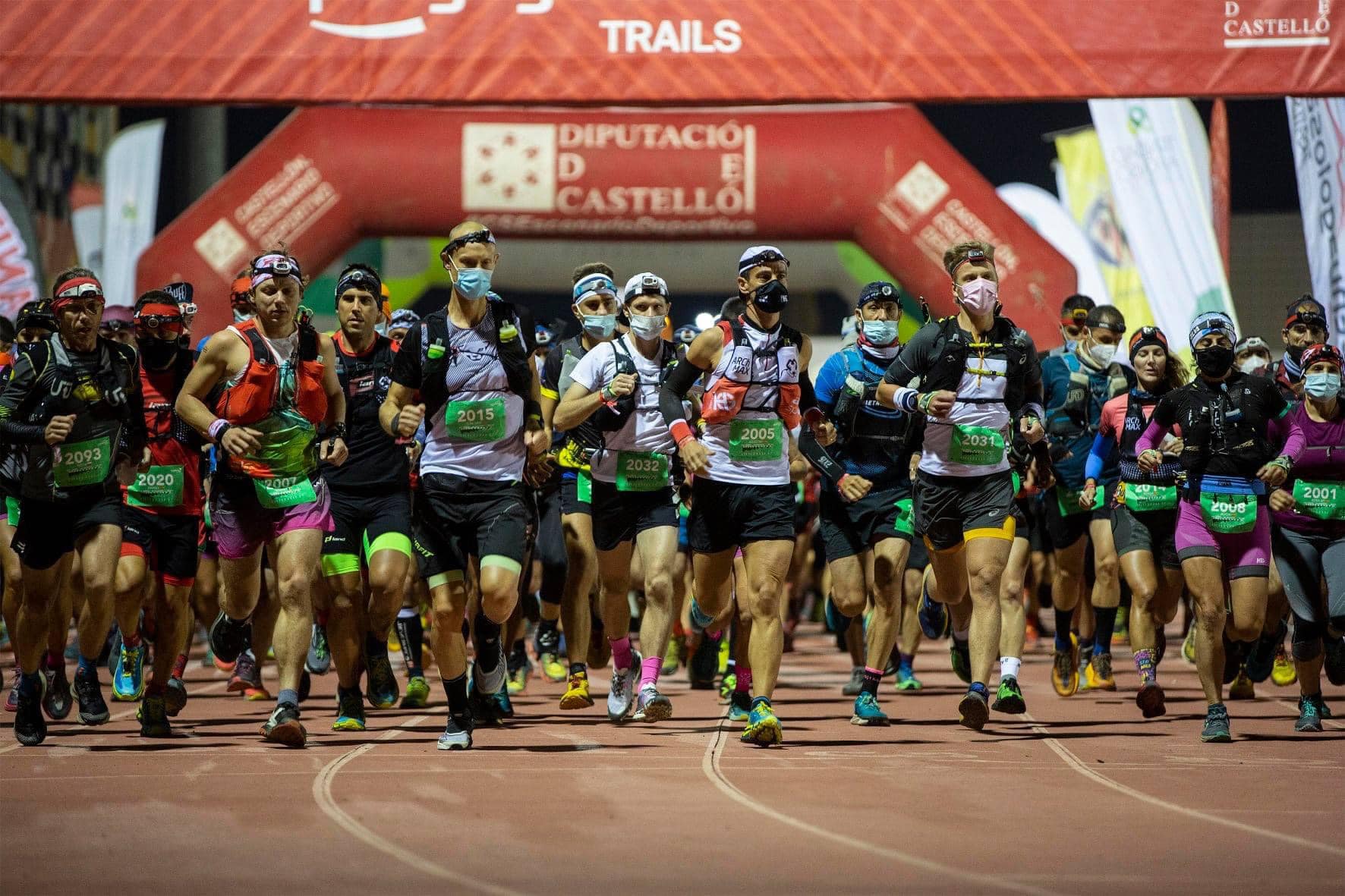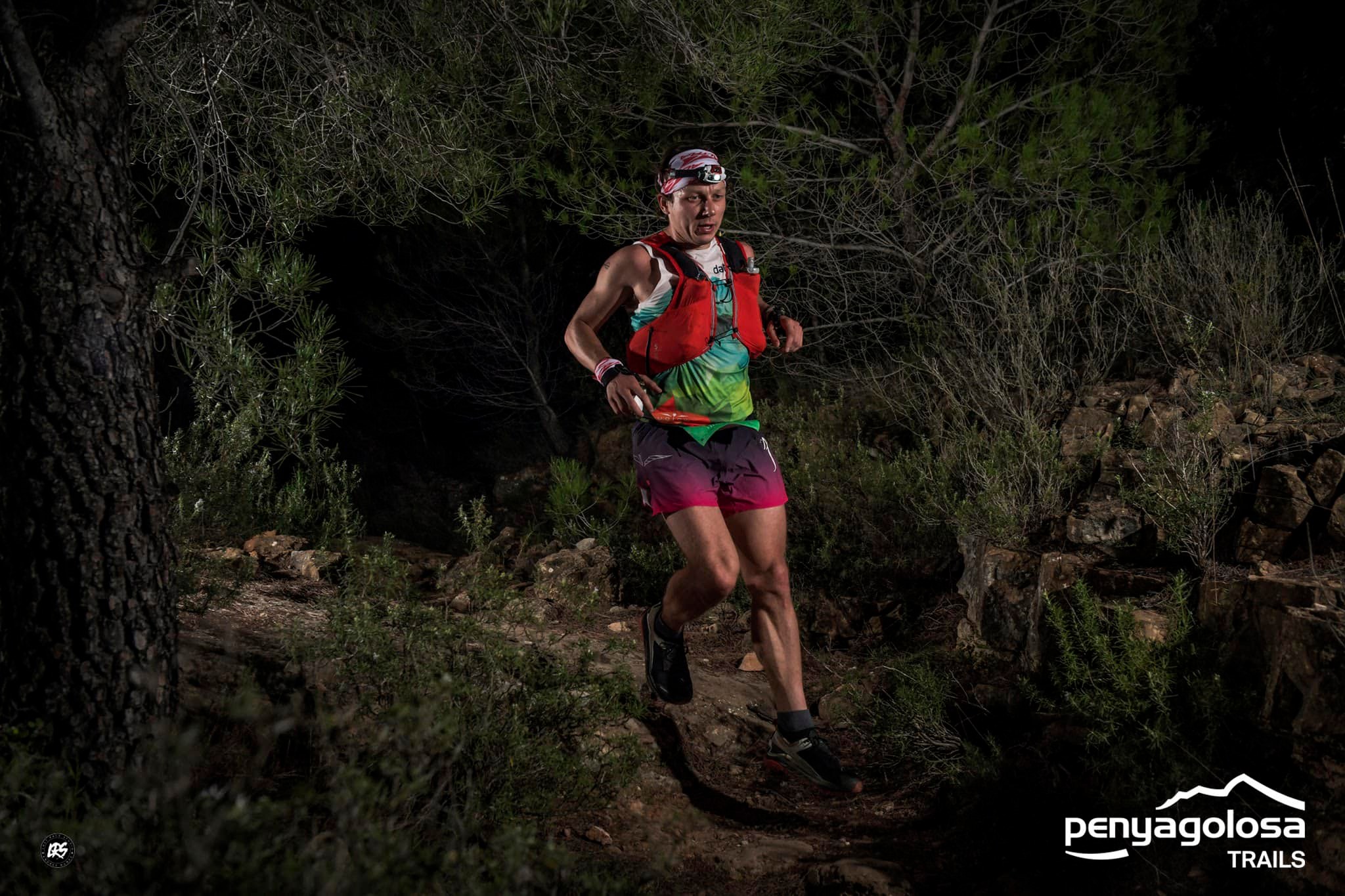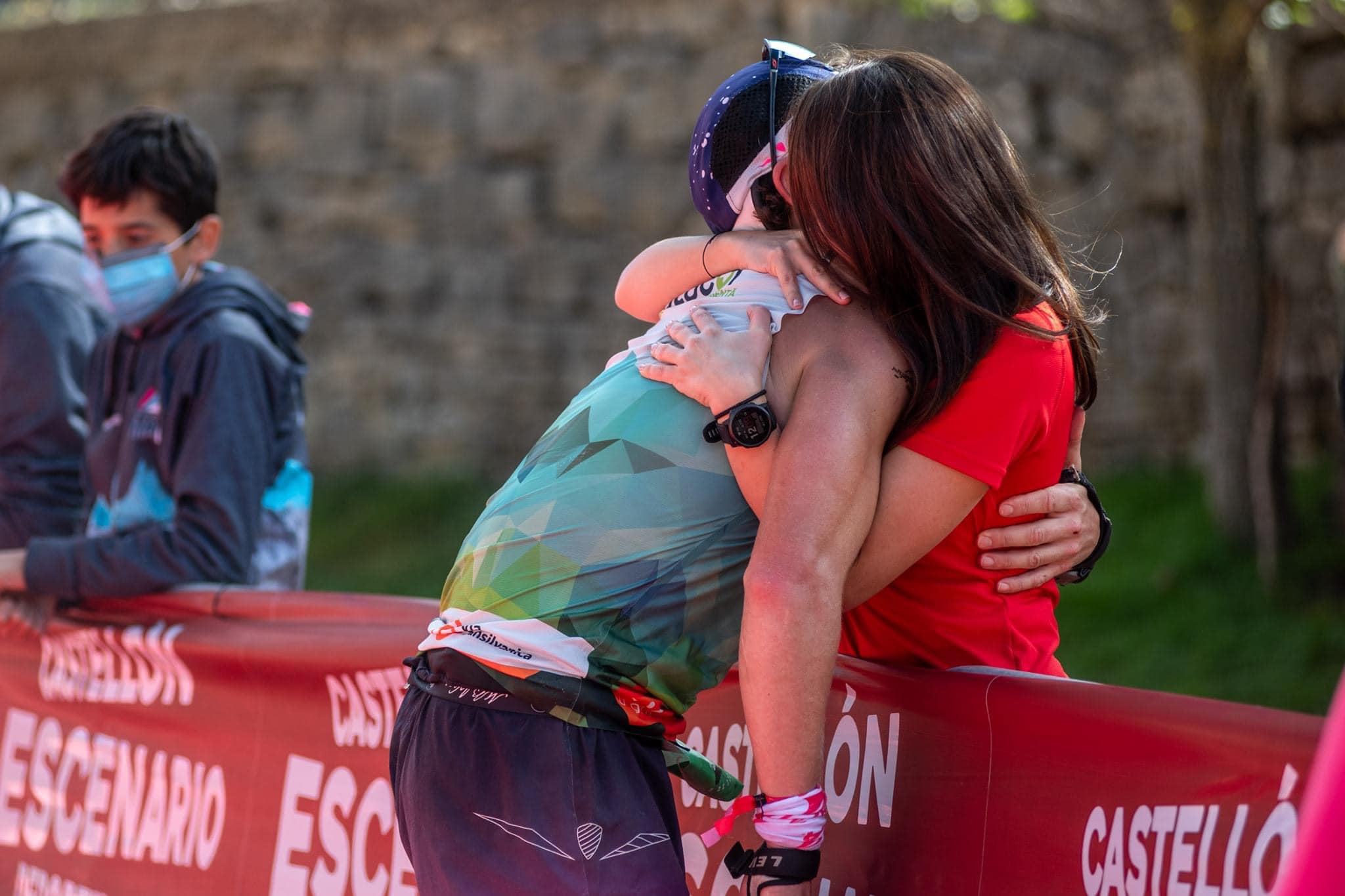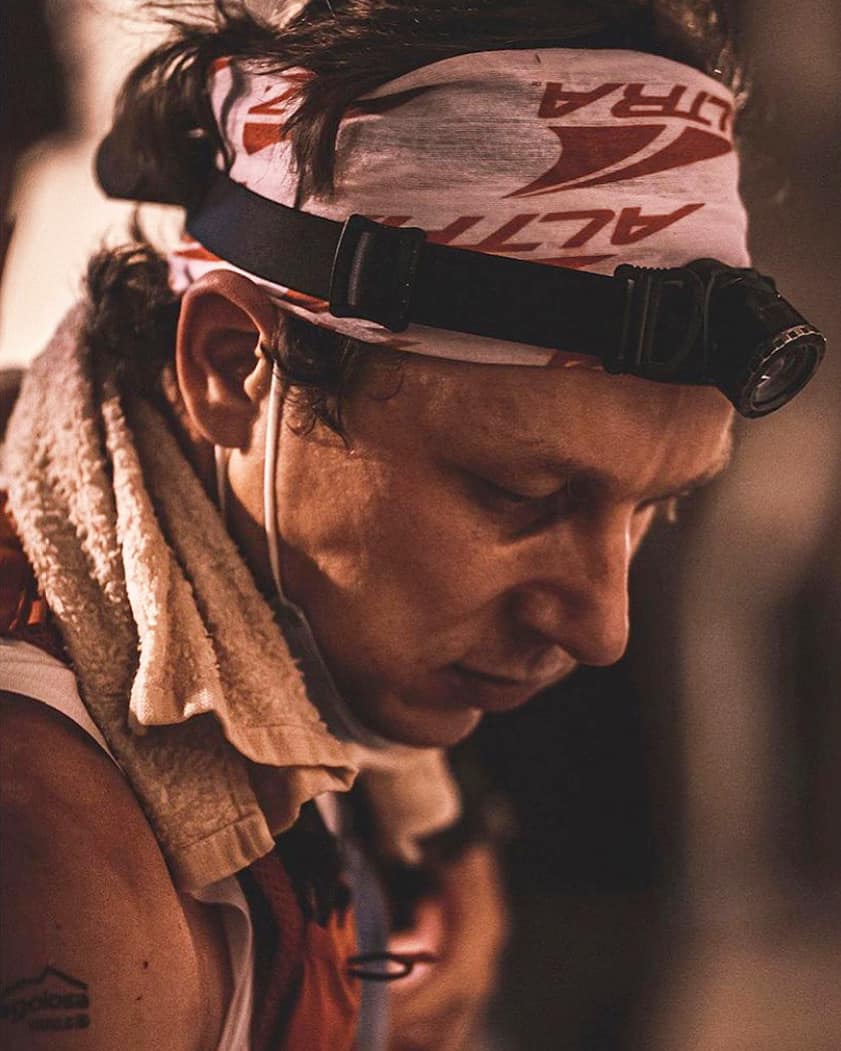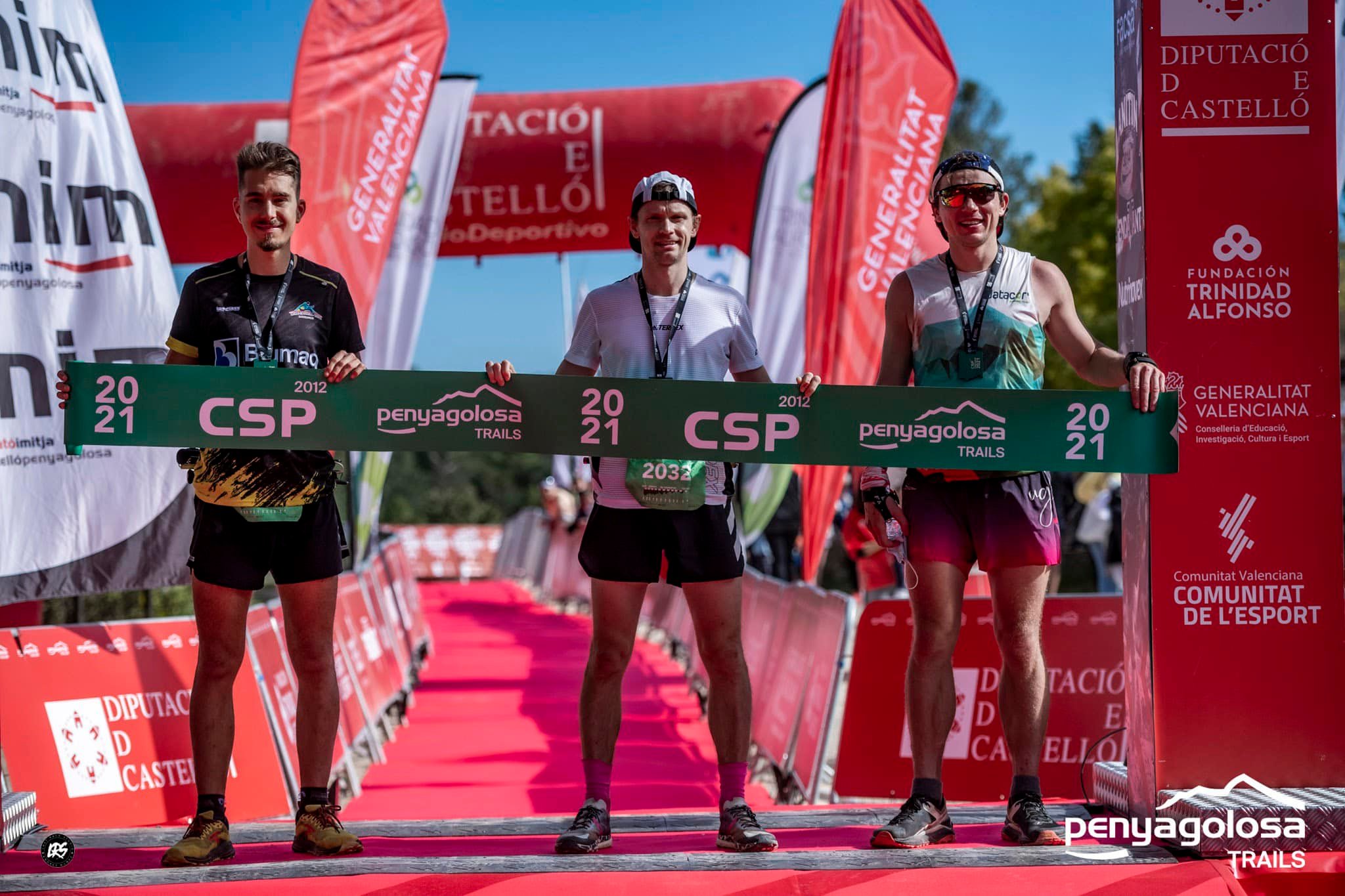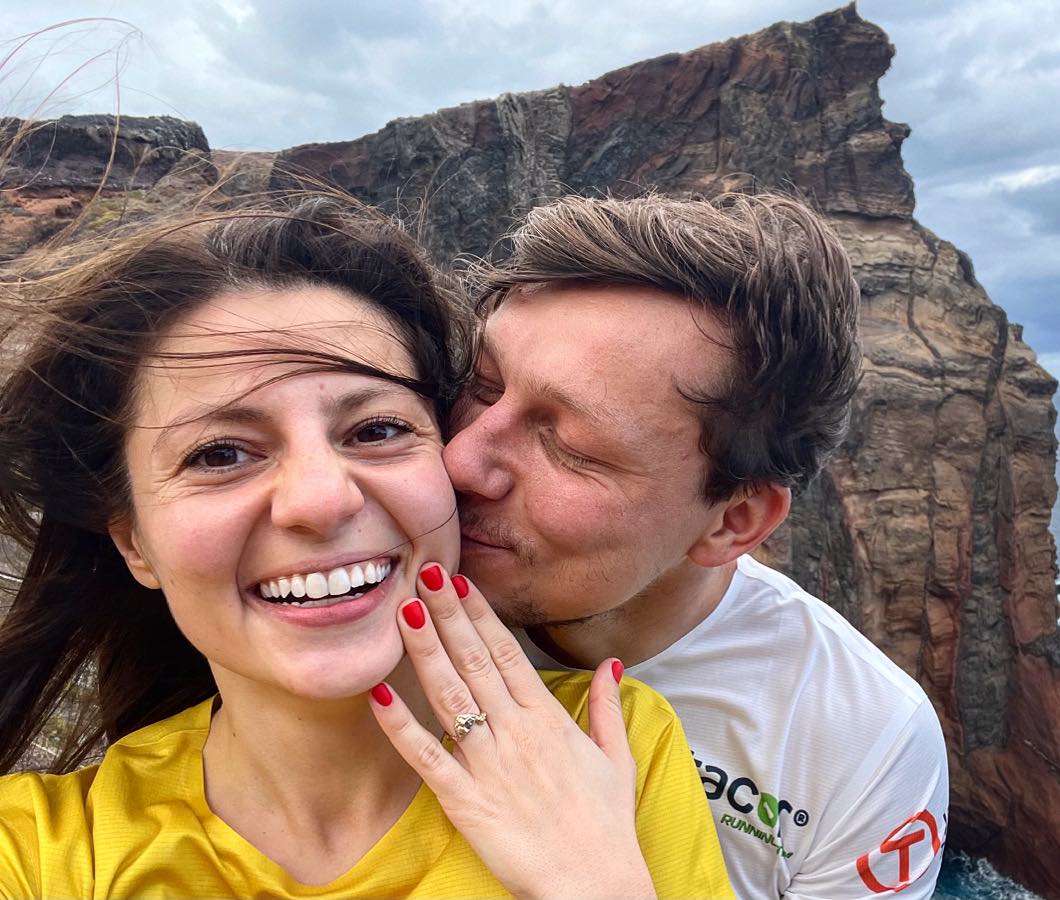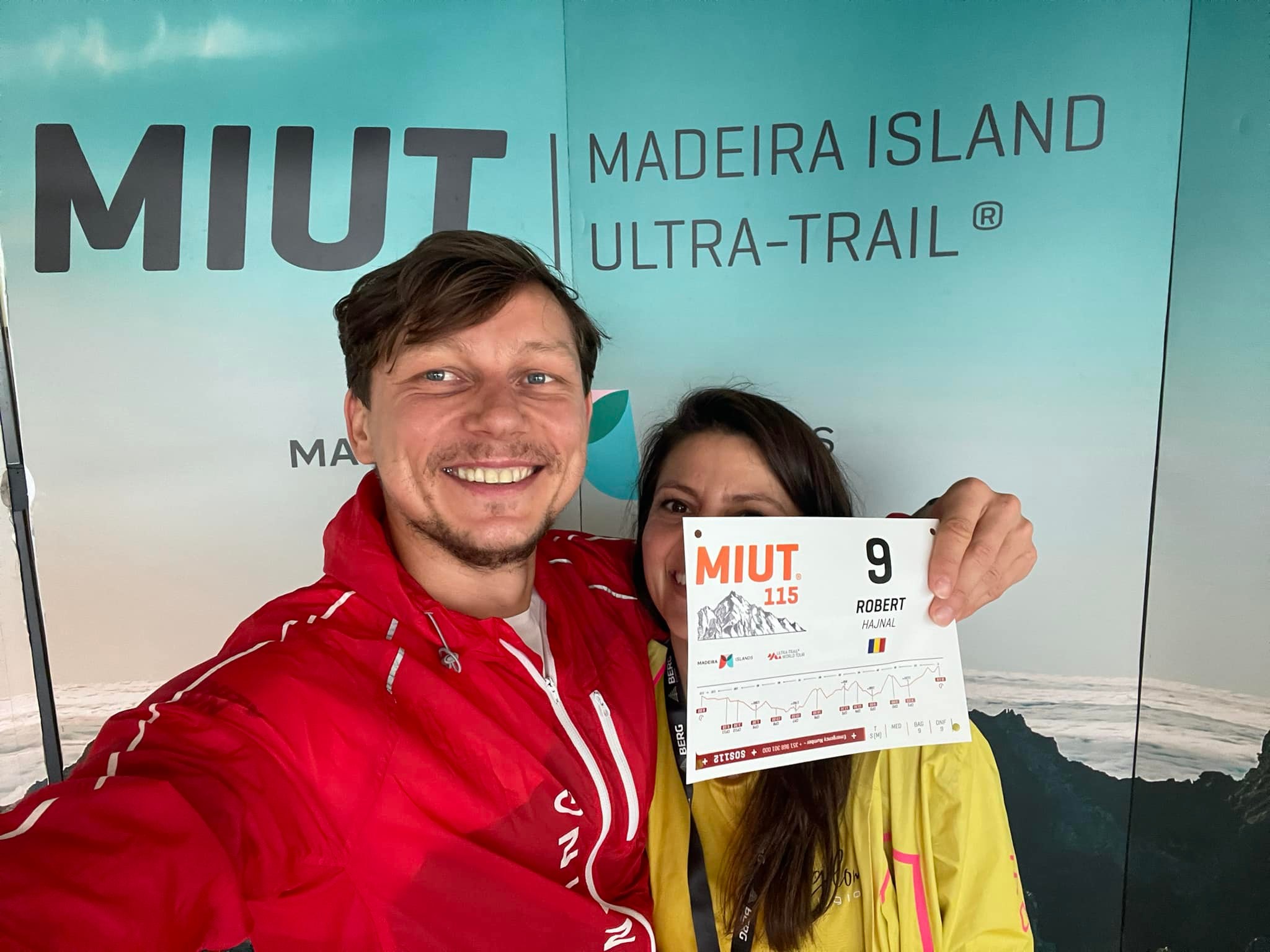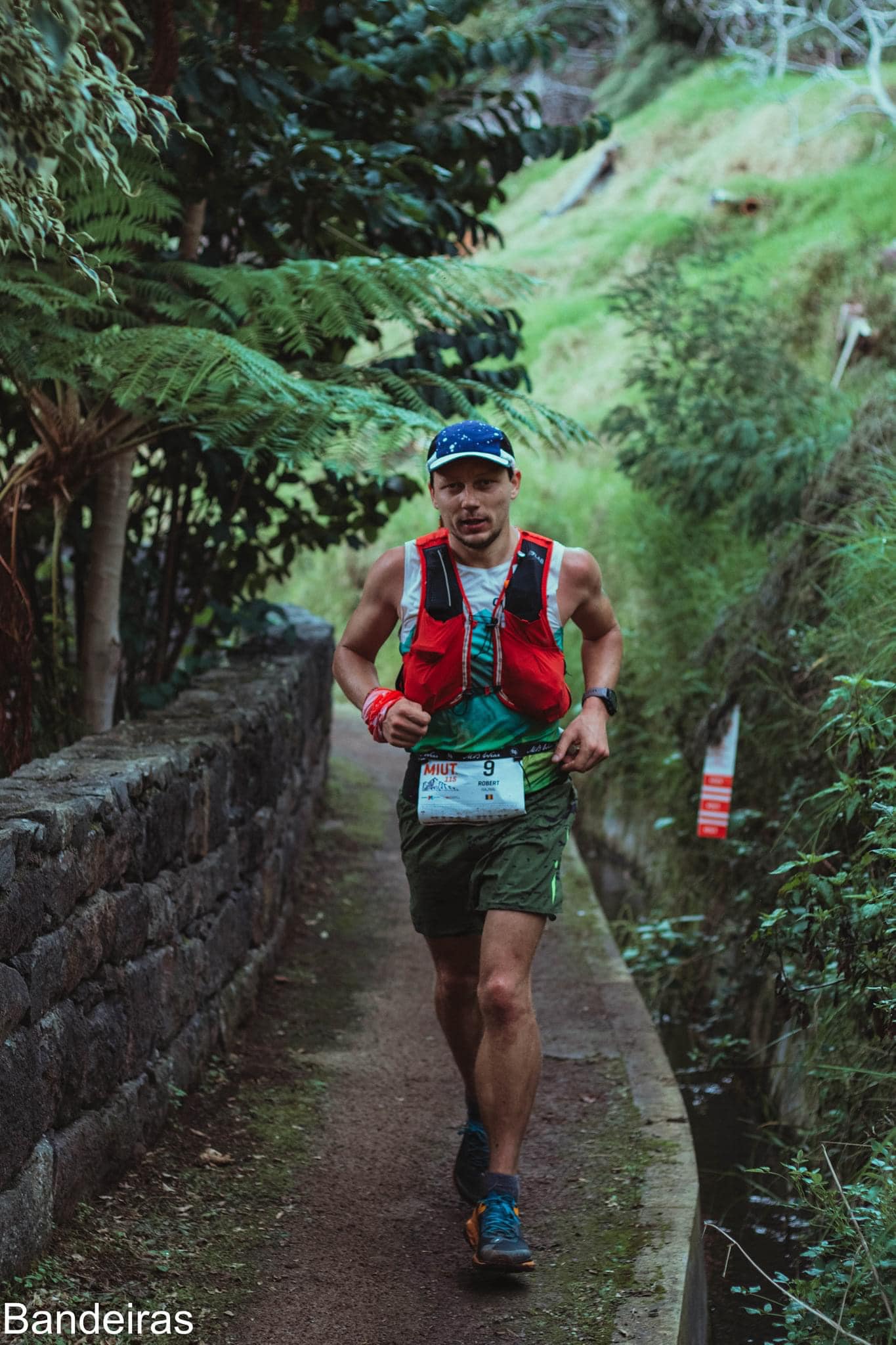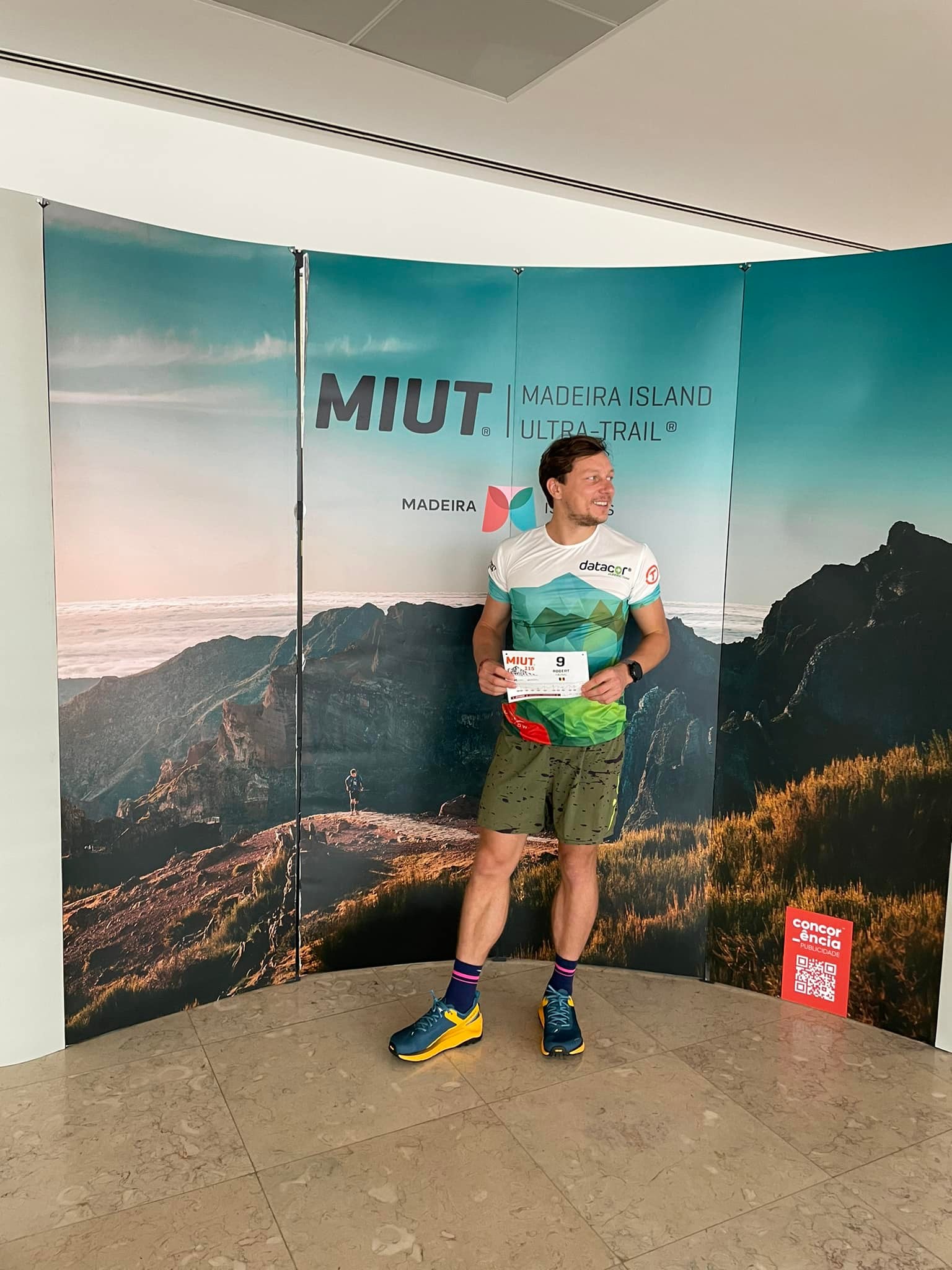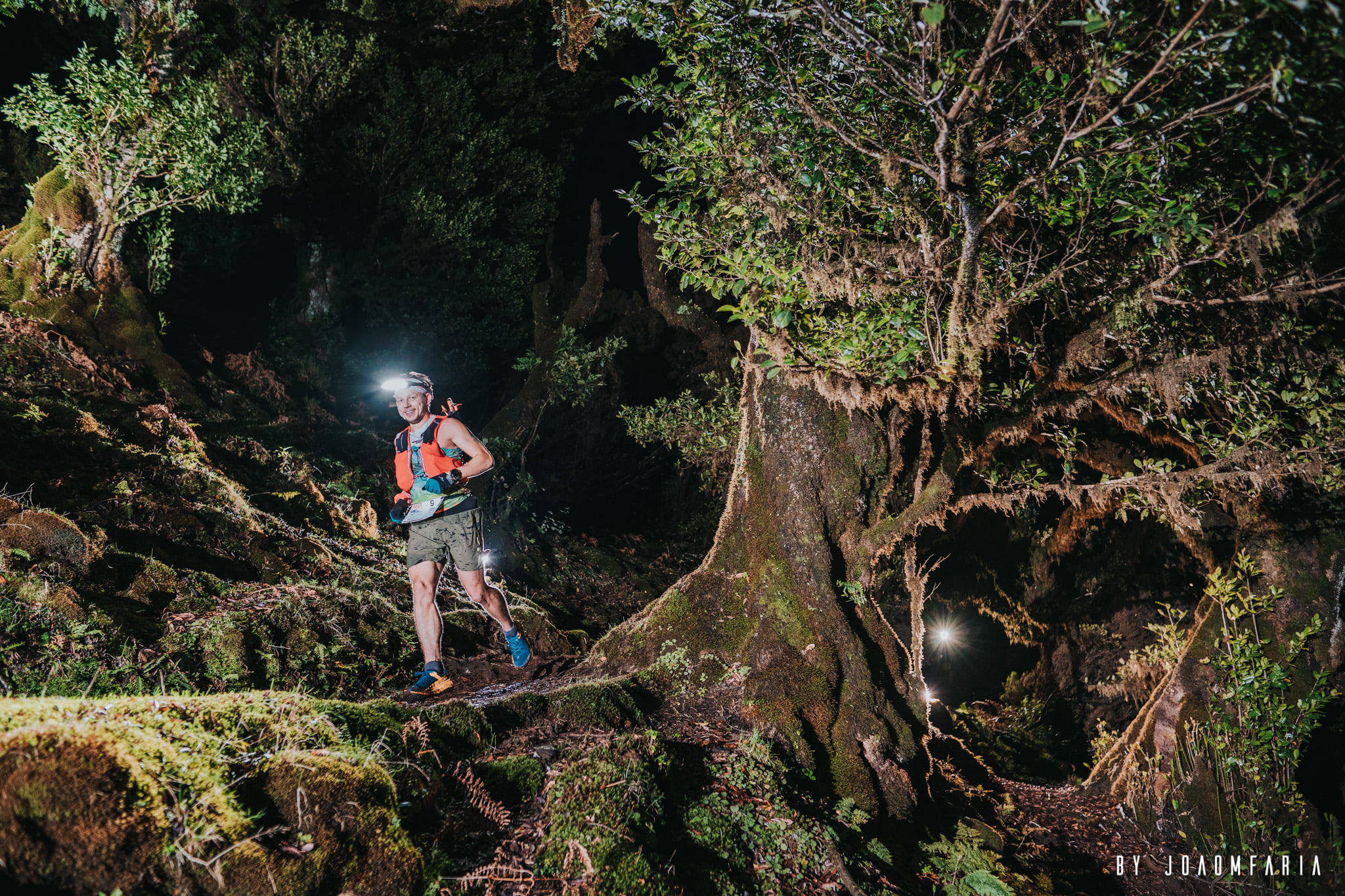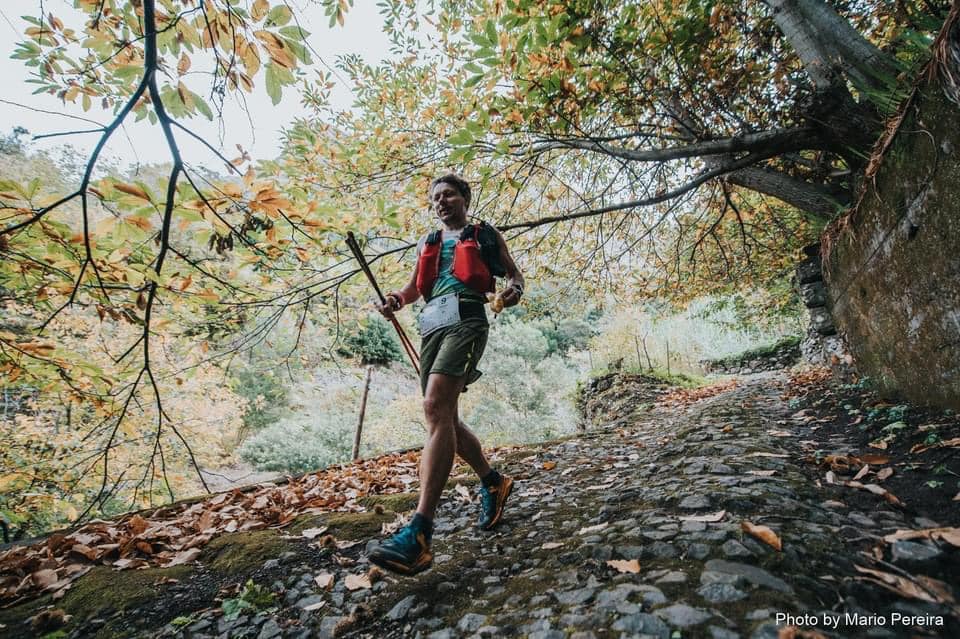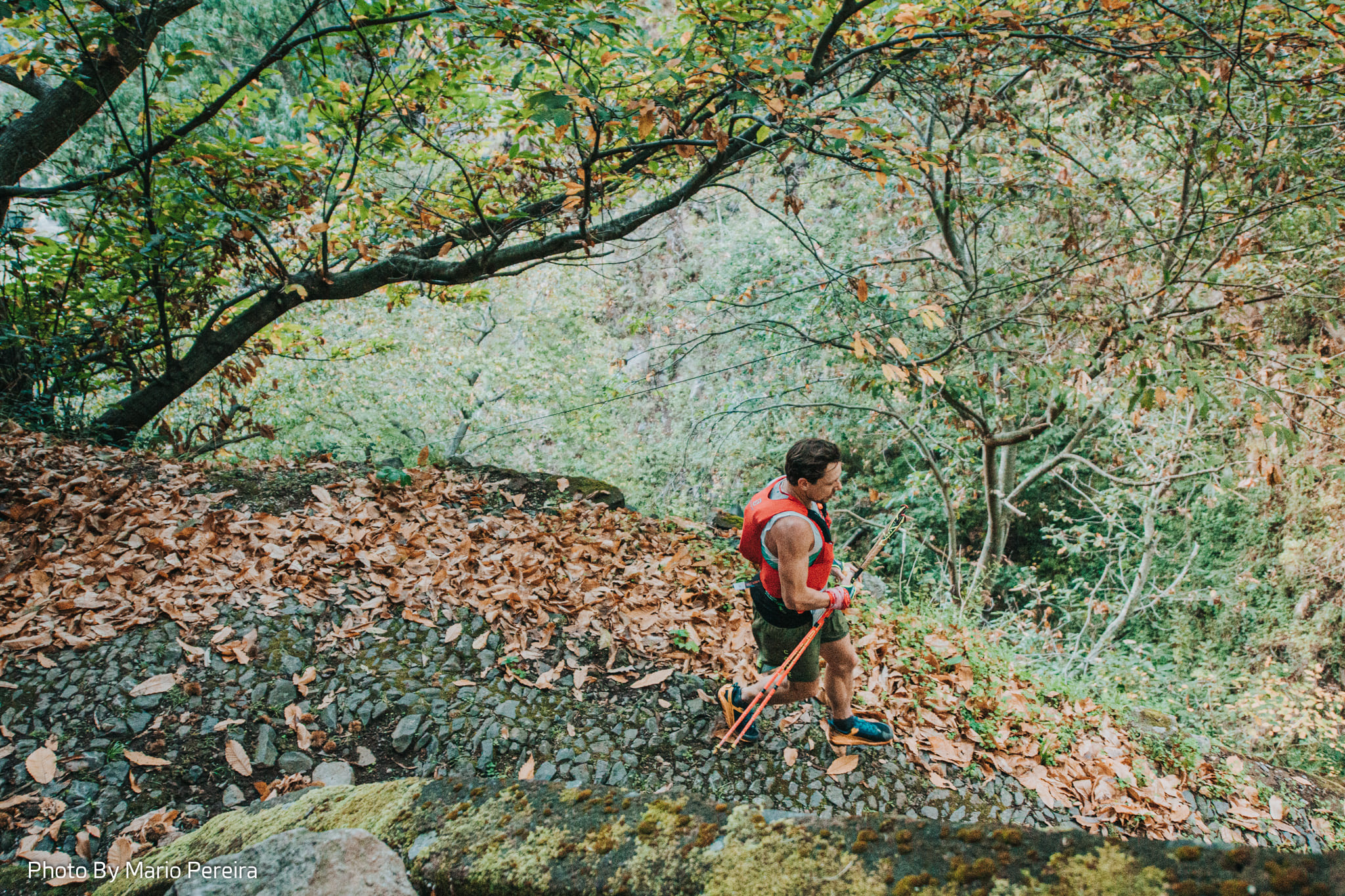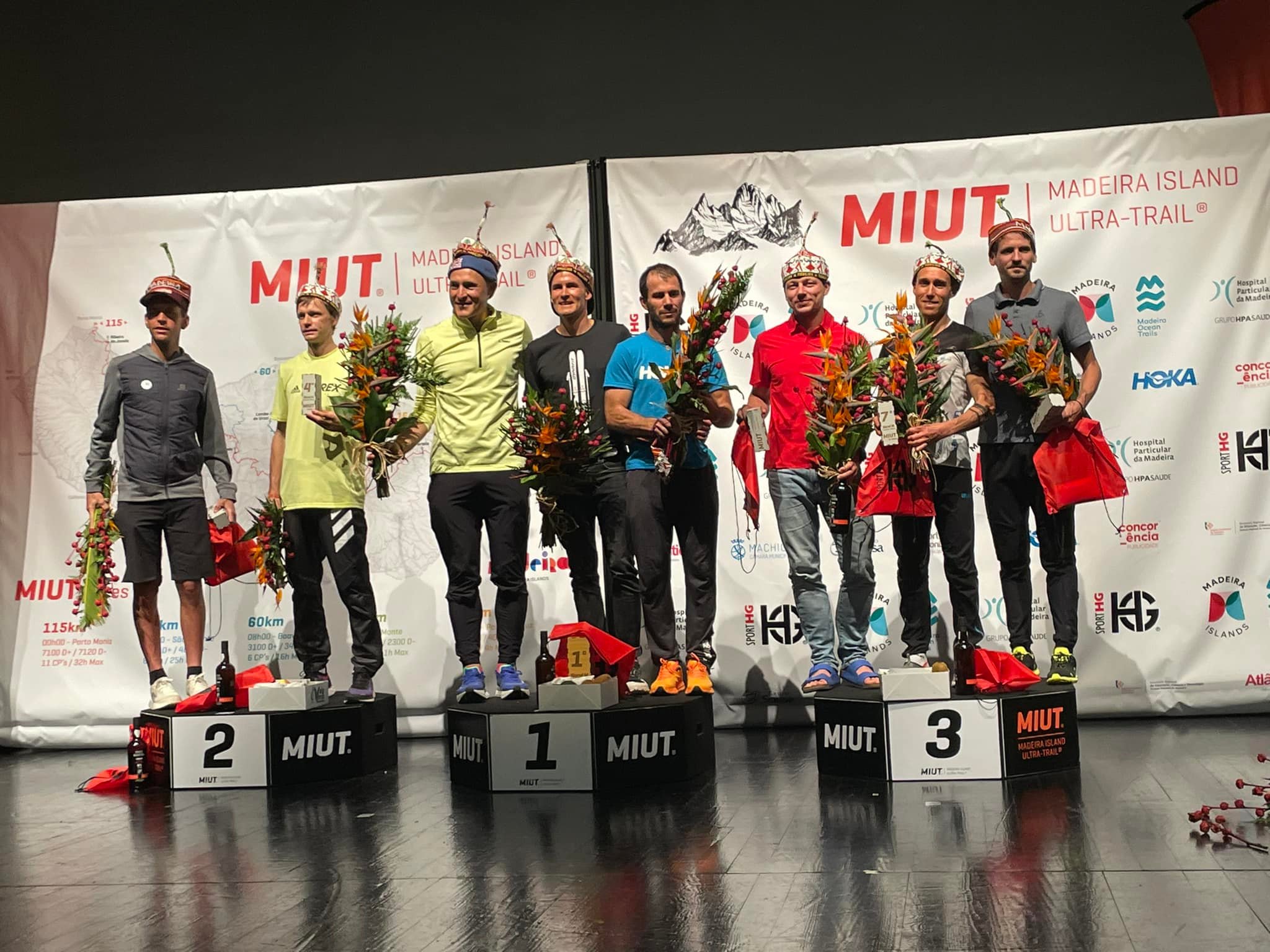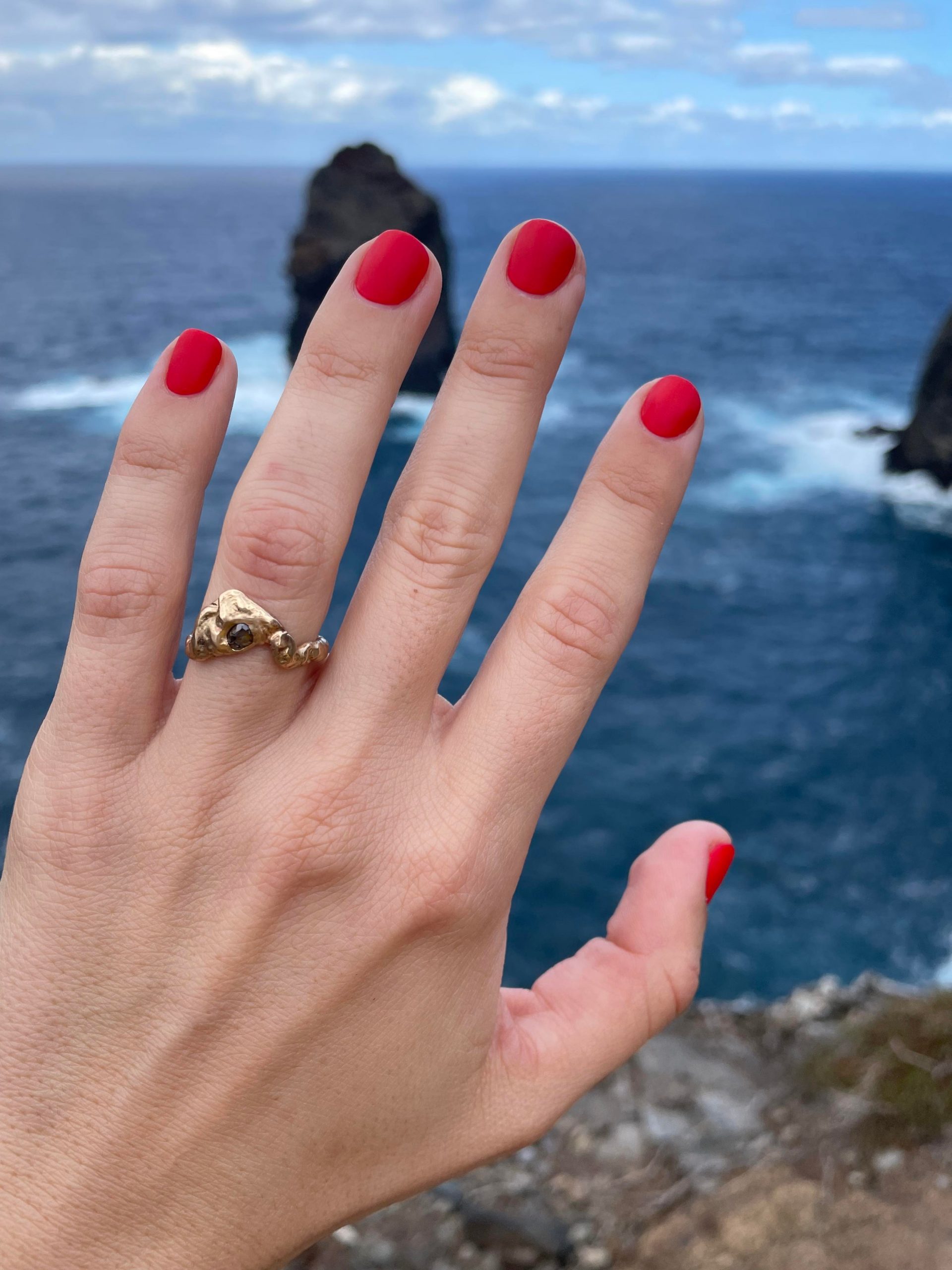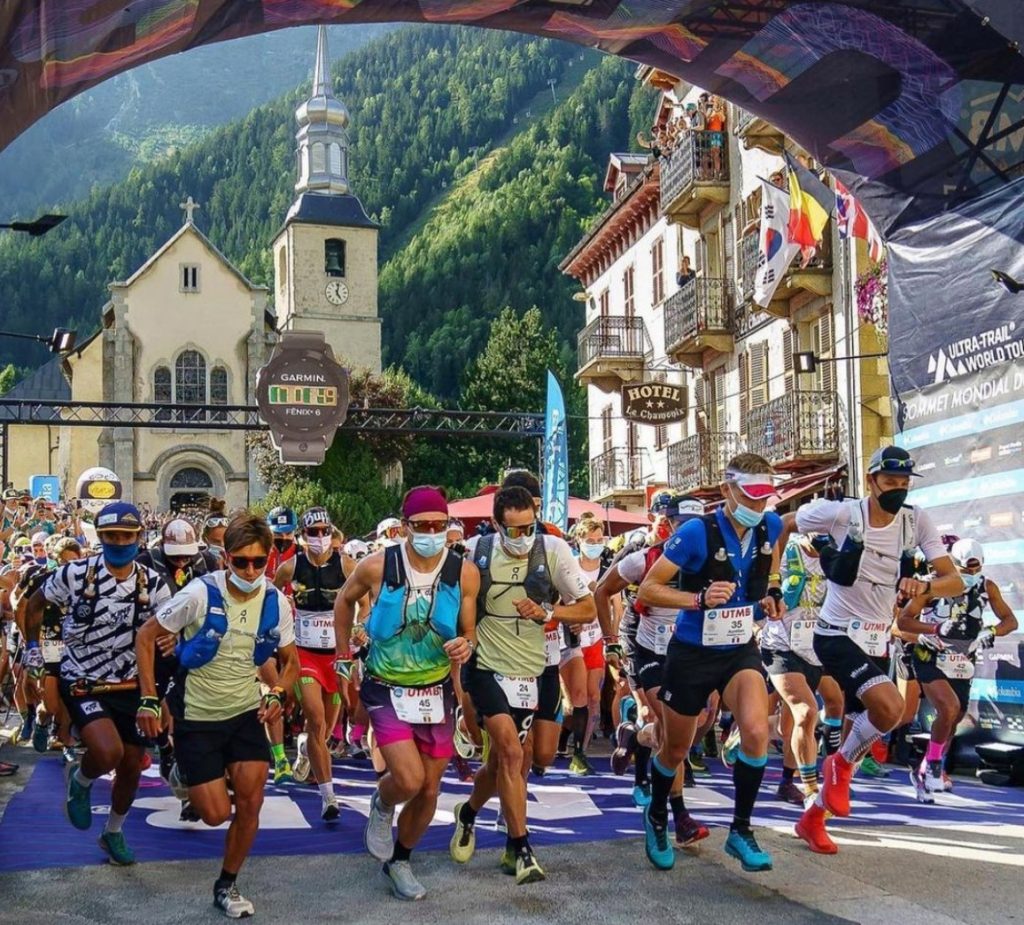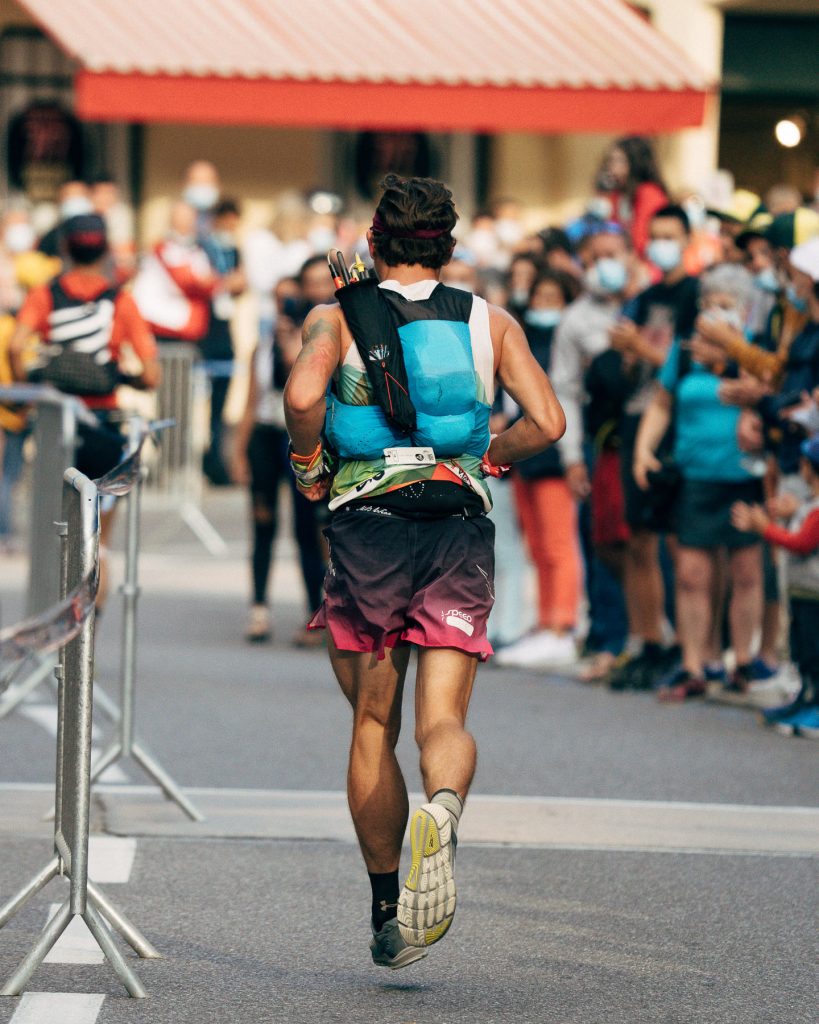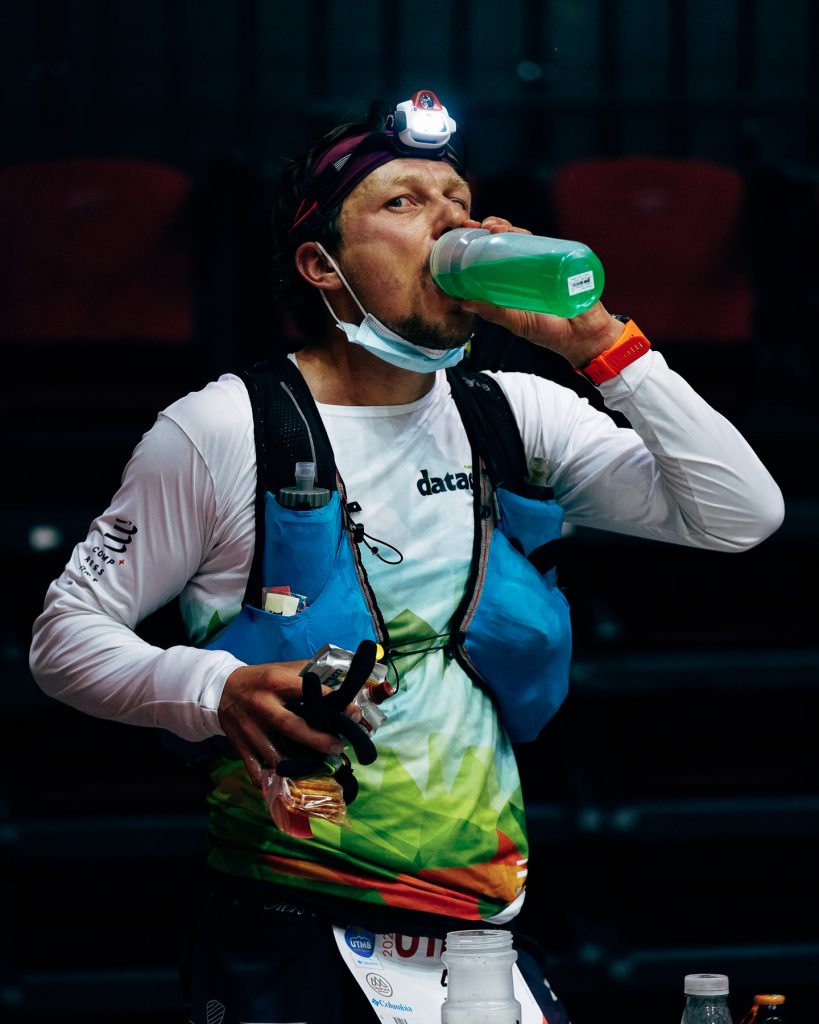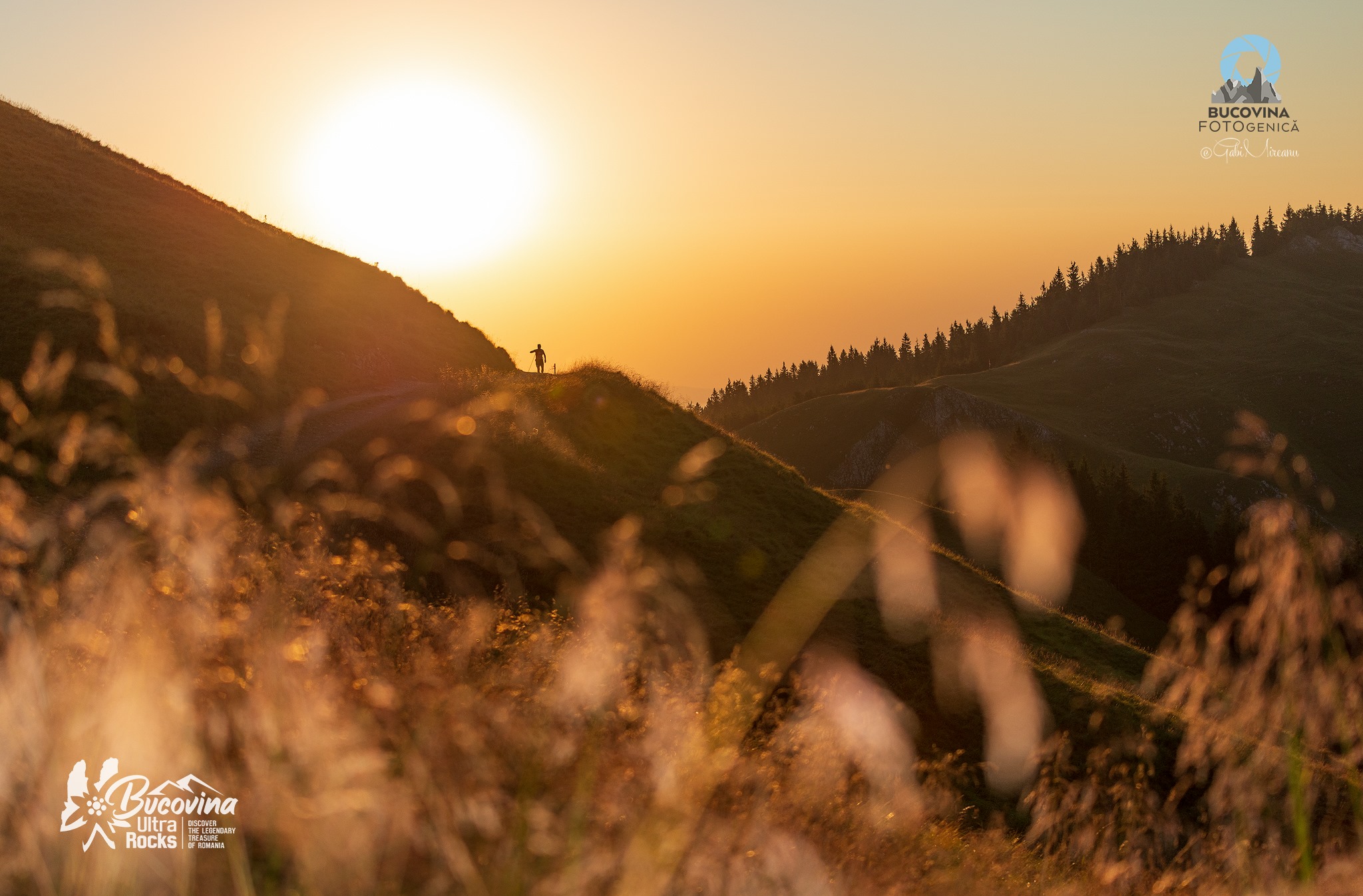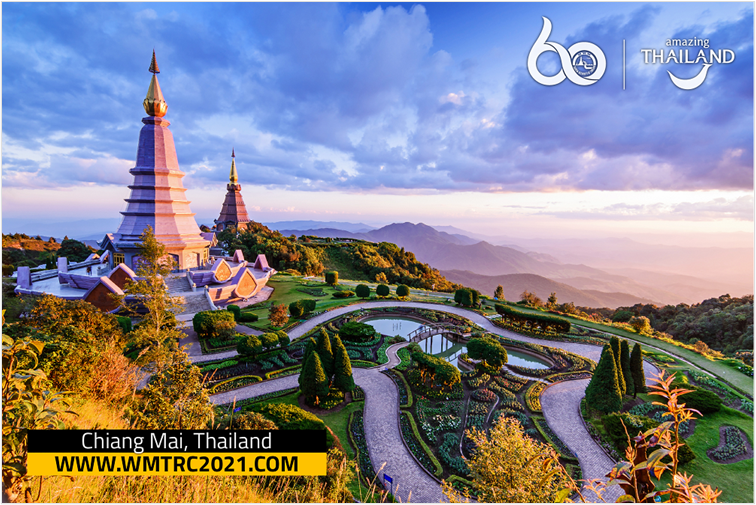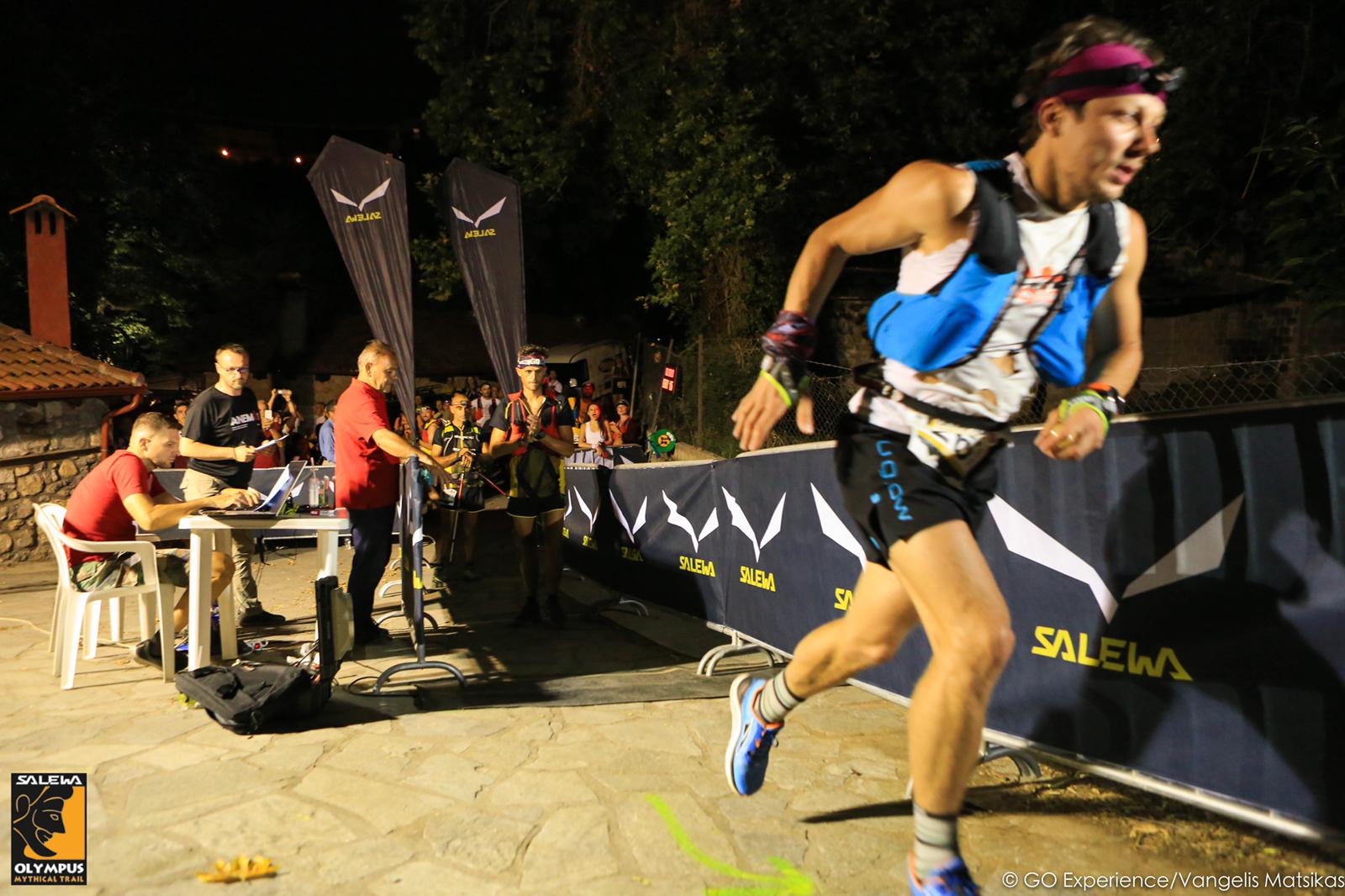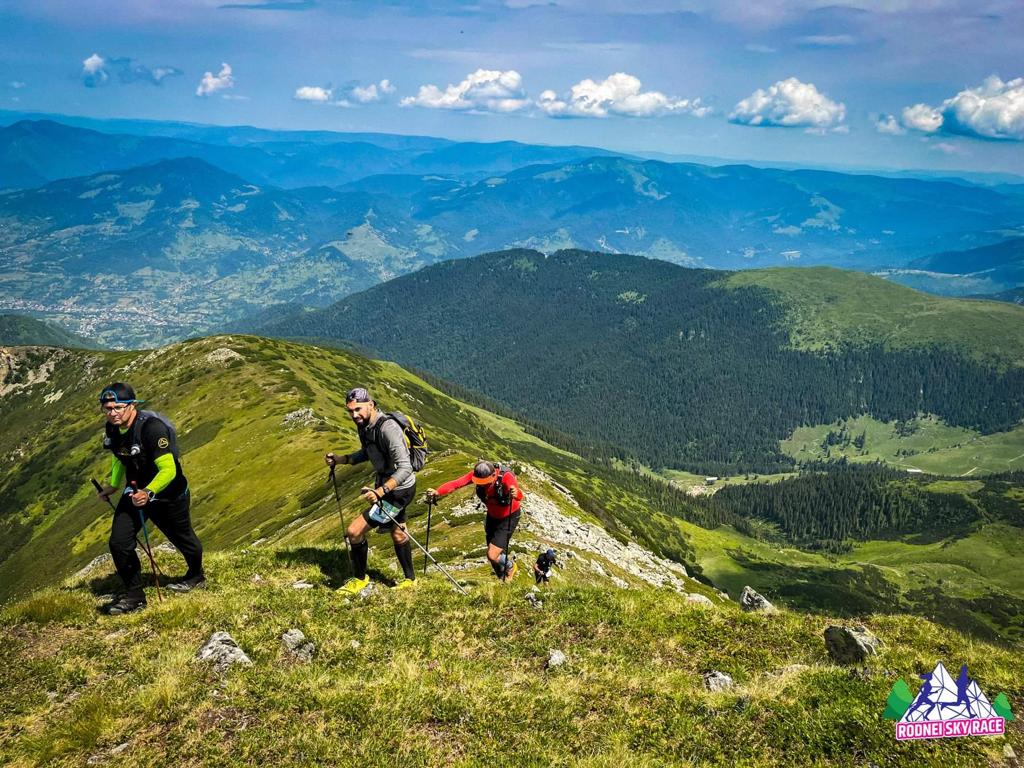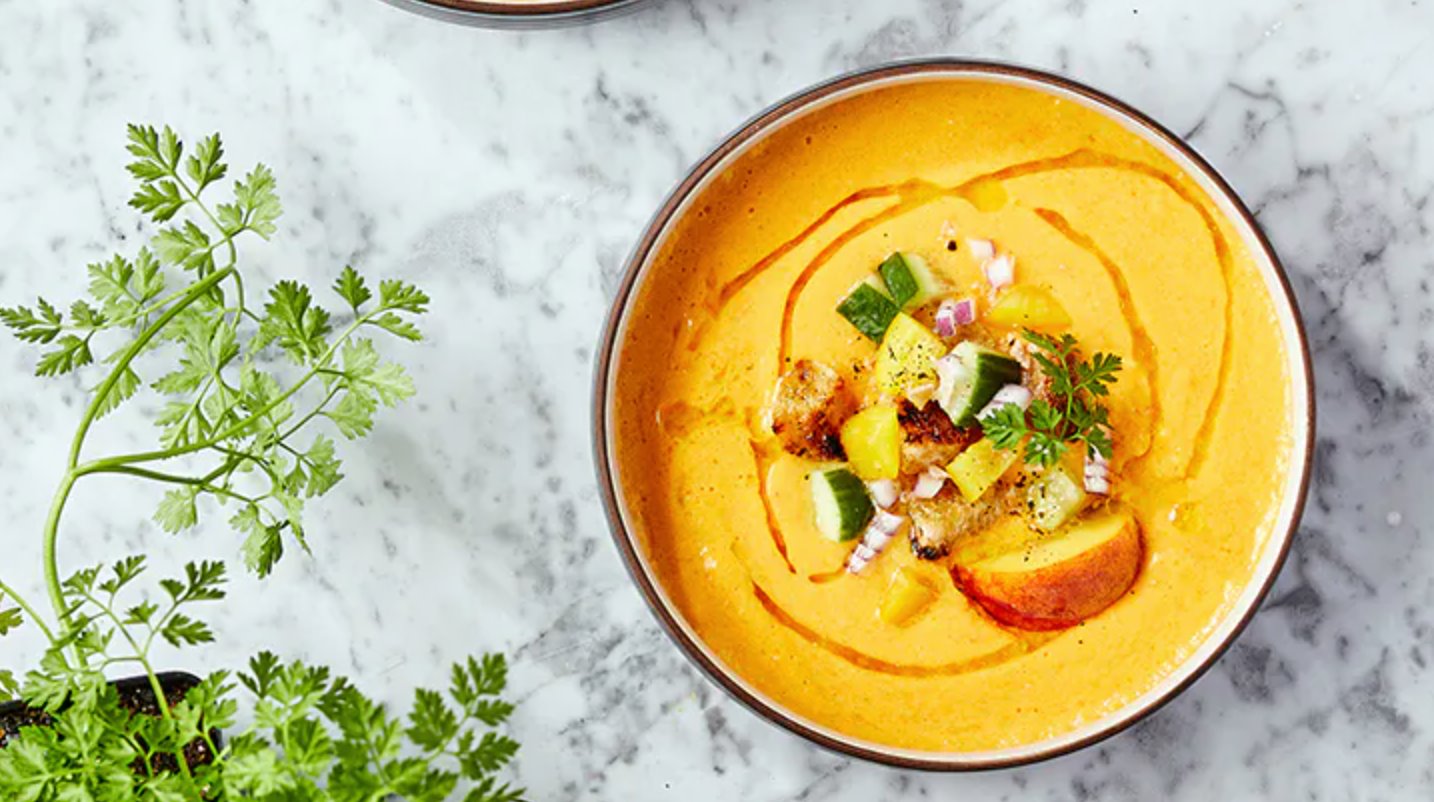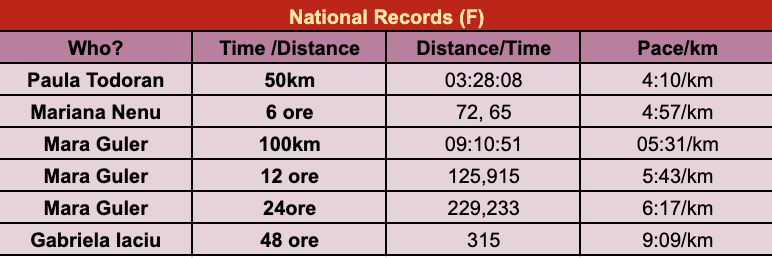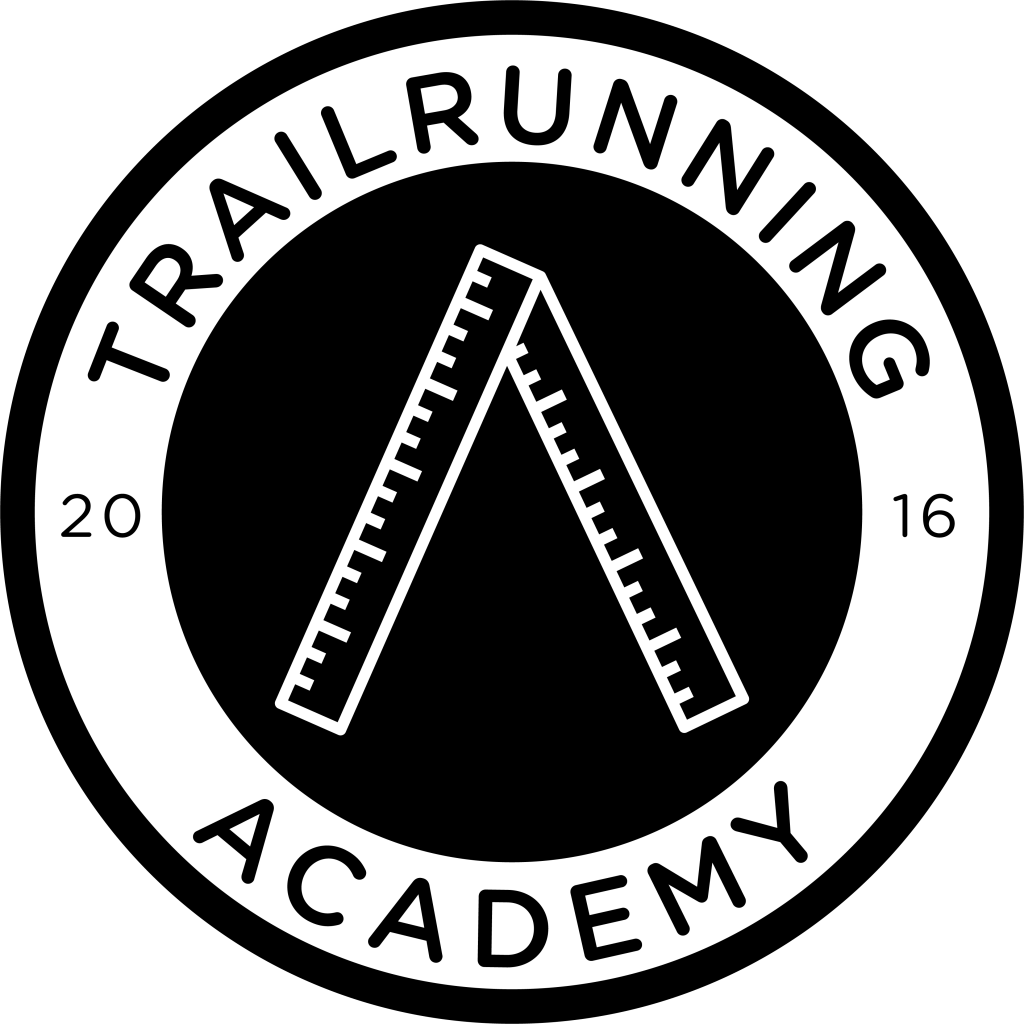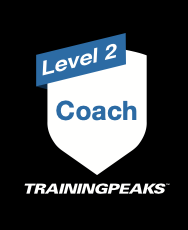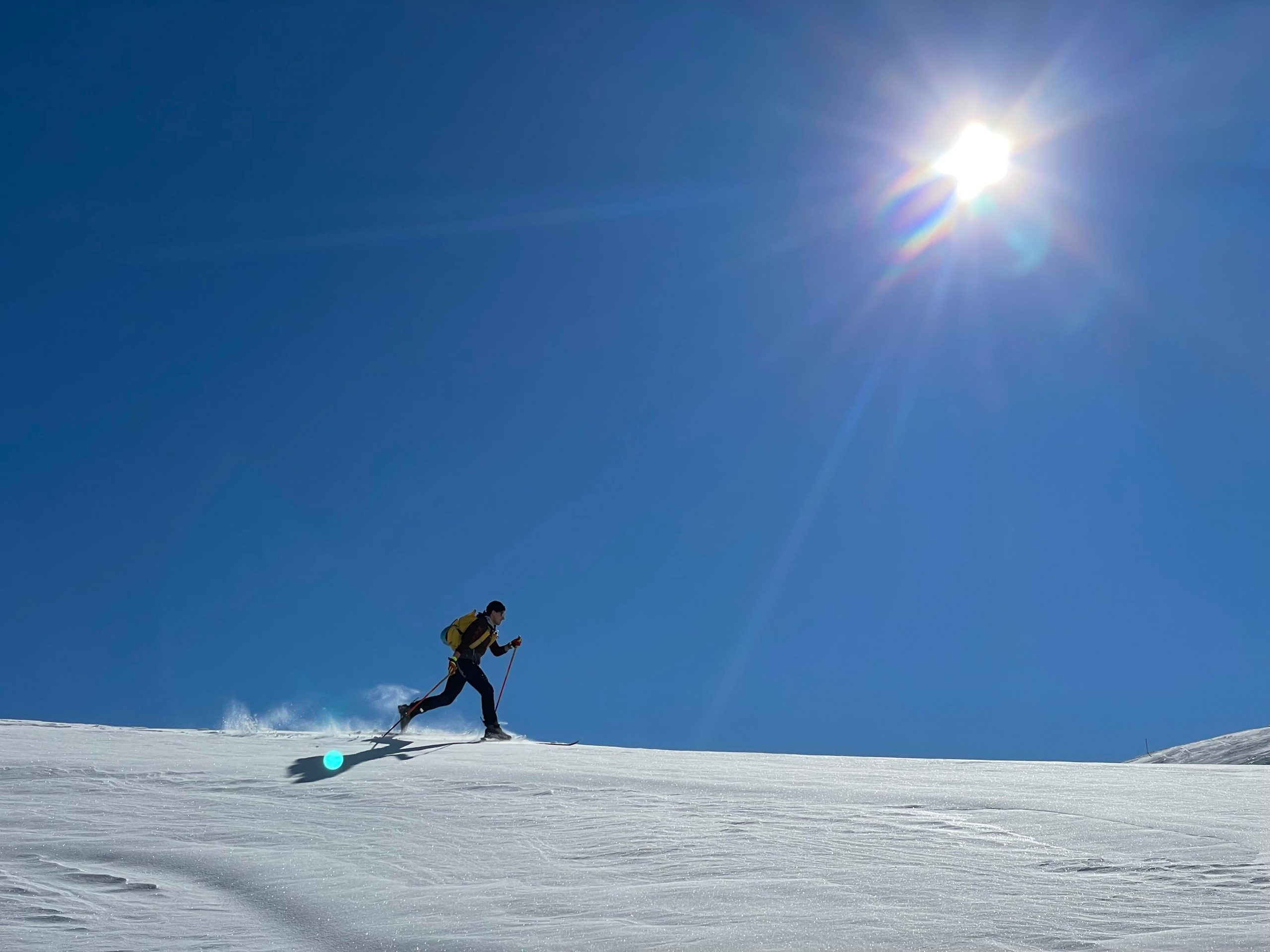
How a running coach improved my training process
The first memory I have of myself is running in the schoolyard.
The first running competition I took part in was 10 years ago, in the Retezat mountains. It was 28 kilometers with 2200 positive level differences.
It was painful, but I was caught up in this sport of suffering even though I told myself I would never do it again. Since then I have started and finished more than 50 running competitions on different distances and on different surfaces.
Some of them did really well, especially those in my “niche” of ultramarathons on the 100 kilometers on the mountain.
All this 10 year span period I structured my training plan on my own, I chose my races and I had a continuous desire to improve my process. Both, to train and to train.
I think a change is welcome for a while, especially since I’ve been running for 10 years.
Starting in December 2021, I chose a coach to work with for a more efficient process. How did I get to him? What benefits did a coach bring me? What is and is not a coach? Why you should do this step, I will detail in this article.
I wouldn’t have taken that step in 100 years because too often I was saying to myself, “No one else will know what’s best for me,” especially since I’ve been doing this for so long.
What I was really saying was that I was not prepared for such a commitment and I would not want to disappoint anyone in my training and competition process. It sounds familiar? That it is my right to choose when to run and to suffer or to take a day off.
Spoiler alert! Even though I now have a coach, I still have this right and I have more days off than I would have given myself.
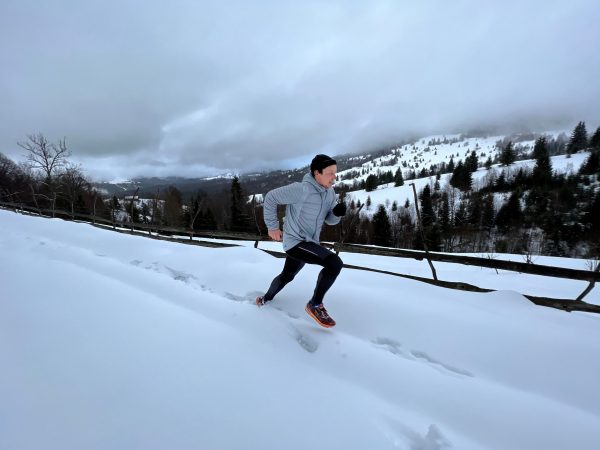
How did I decide to have a running coach and where did I choose him?
I was in Bucharest on Mihai’s massage table. To my left, on another massage table, Florin, a triathlete talks about his today’s cycling workout. Cadence, watts, pulse, everything seemed very, very accurate. I asked him who was his coach and he told me that he had a training plan from Training Peaks that he was following.
When we met, one of the first conversations I had with Maria, about running, was about a coach. If I have one or not. I told her that I am my own coach and that I prefer to make my own training plans, and without lack of modesty I told her that if I took a few podiums I was good at it.
He confirmed to me that I am good at this (ego boost), but that I should still have someone to guide and motivate me.
Besides, she told me I should just run and not bother with other things like my own training plan. And she said that it’s very easy to be biassed when it comes to your training plan. It’s easier to make the right plan for others, but it’s harder to make your own plan and follow it exactly. Smart girl, from the start.
This discussion was a recurring one, especially on the days when I used to say “today I will have a soft day because I don’t feel ready for an intense workout” and these days have been more and more frequent lately.
The year 2021 was a year full of competitions for me but a year that could have been better in training. After MIUT, where I took 5th place, I told myself that I had to take another step forward, to fight for a place on the podium (top 3) at every ultramarathon I start.
Listening to Maria’s advice, and remembering the discussion with Florin, I told myself that for the next competition, I will take a training plan that I will follow with holiness from TrainingPeaks.
After about two hours of scrolling through training plans, I find a plan that suits my needs. “16-week training plan with 18-20 hours of training for 100-mile competitions on the mountain”
It sounded very appropriate for what I needed.
In addition, I liked how the “demo” week looked like. It was very well structured and shared the same the principles after I train and considered healthy to have. Enough volume, enough intensity, enough recovery. Not not too many not too few of each.
The plan was not perfect.
It was a 16-week training plan and there were only 12 weeks until Transgrancanaria. I bought the plan and gave an email to the coach who made the training plan to ask him how can I adjust the plan Transgrancanaria how It should be adapted, to cut the first weeks, cut the weeks of volume, and what to cut, how much to cut? I wouldn’t have thought that maybe I should add something,
The coach responds to my email congratulating me on 2nd place at UTMB and told me that he knows me and that he could restructure my plan, but at the same time, if I am interested, we can start a collaboration in which he will supervise my training process. In addition, he can give me a 50% discount for the first month.
We made a call after MIUT and I was caught.
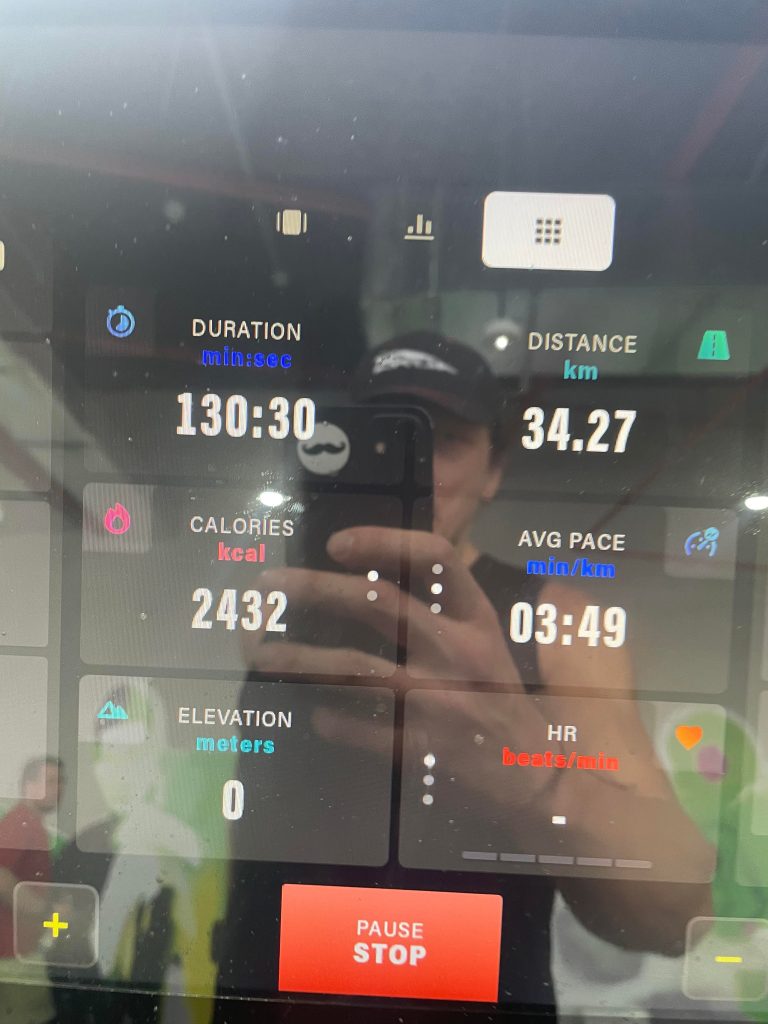
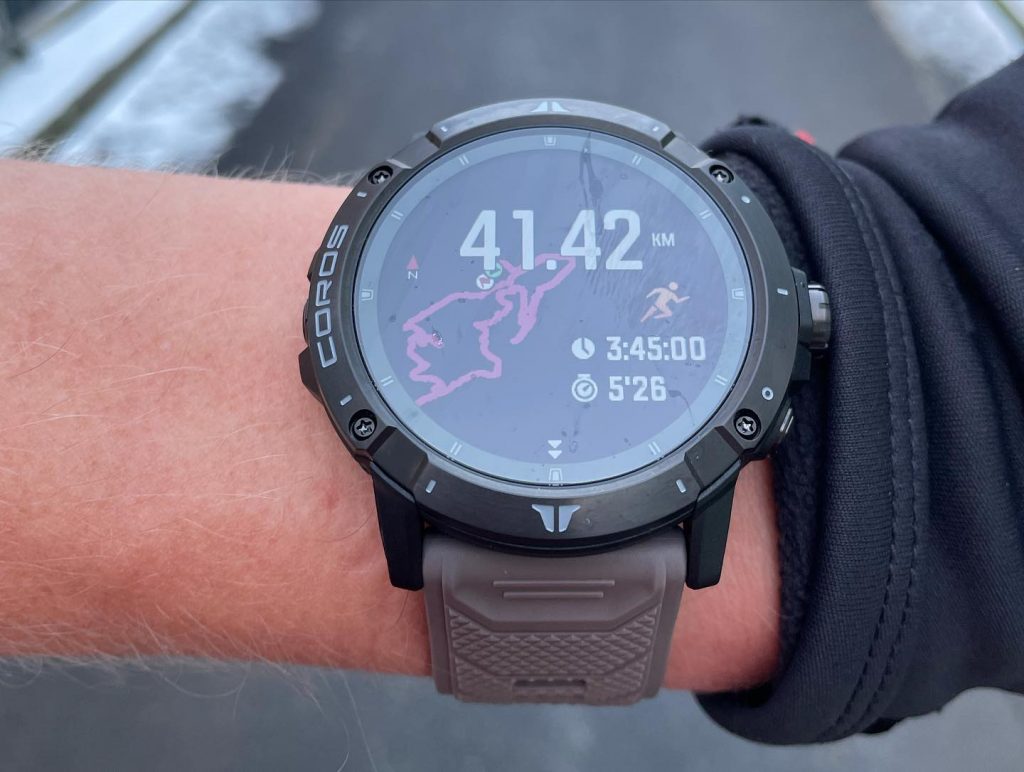
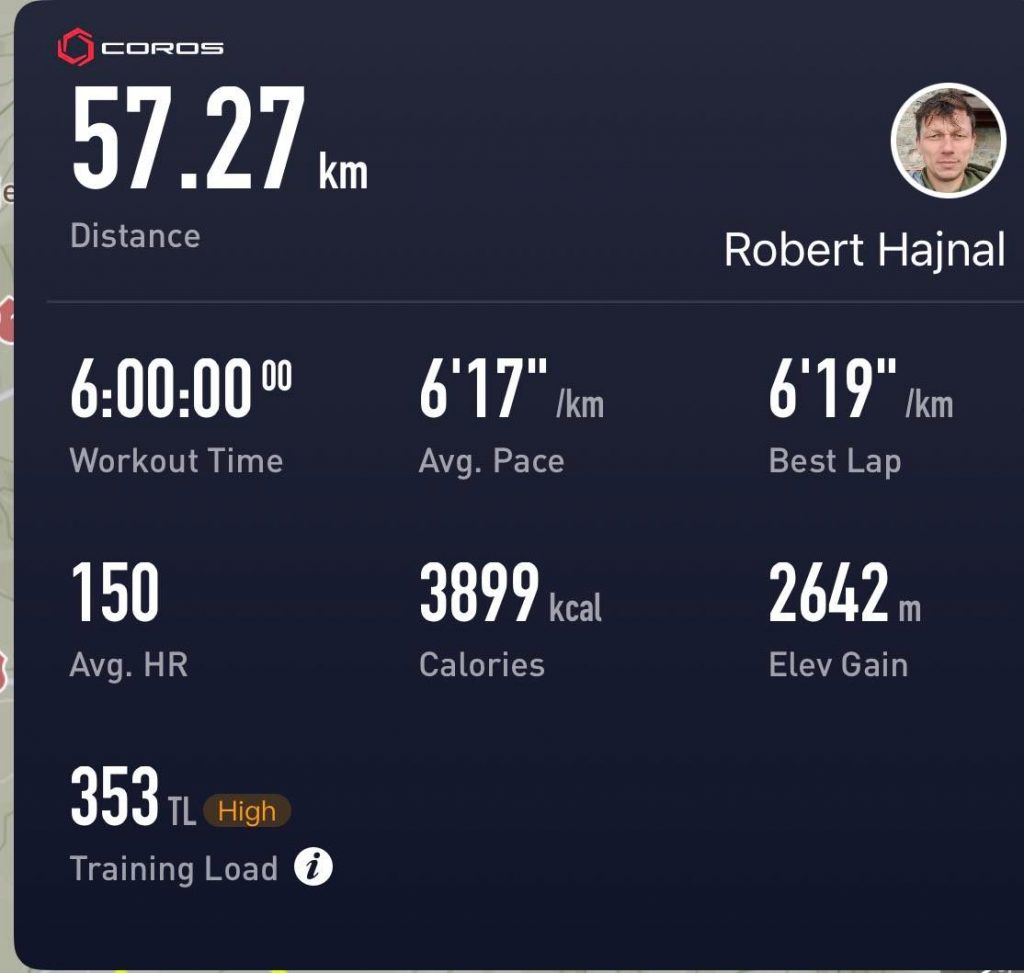

What benefits did a running coach bring?
Testing. Consistency. Diversity. Volume. Focus. Recovery. Attention to detail. Progress.

The biggest plus I have felt since I have a coach is that I can share with someone the successes, the difficult moments, a race plan, and a nutrition plan. I have someone on this journey looking in the same direction, with the same vision.
Testing. After a week of lightly running recovery after MIUT and setting goals for 2022, the plan began with flat running, treadmill tests, and a strength test. Because it was the end of the season, and because I had eaten a lot of pastel del nata in Madeira, orange cakes, and egg sandwiches, I felt heavy and out of shape from the beginning. I was not discouraged knowing that if I keep working hard it is very difficult to go lower than that. I said it to myself.
Consistency. I did more work than I would have done if I trained alone. I went out of the house more often even if I didn’t feel like it, which is a bonus from the start.
I have done all of that not because someone was following me but because once I took that step, I had to stick to the process. If I have done the same thing as before, I would have had the same results. Even Andrei Ivănescu was surprised to see me at the gym, in the evening after a running workout.
Diversity. I ran on the track, on the trail, on the treadmill, on the road. I did cross-country skiing. I used the weight vest, I cycled on the trainer, and I went to the gym. During all these 4 months I did all the job without feeling that I was losing the fun that winter offers me, without feeling that I was training too much or that I will be injured.
Volume. Not only did I train more, it was more fun, but I also ran longer this time of the year than I would have done with my own schedule.
Focus. Each training had its precise purpose and the Vertix2 watch confirmed to me that the training goal had been achieved.
Recovery. Often the coach informed me that I had to recover that day or not too pedal or run hard or too much. I remember running downhill at the first weight lifted west and the coach told me not to do that anymore. Or when I had an indoor cycling session on the trainer, I made it too intense and the coach told me to make it softer and pull when needed.
Attention to detail. After the TGC I was put in the practical situation, to write down what went well, what worked, what didn’t work, and what steps we should take to improve the pre-race process. For Istria, I have taken these aspects into account and I hope for an improved result.
Progress. From the first test to the last test a few days ago, progress has not stopped. Both in speed, and strength, and in my perception of effort. As long as we have progress in process or result I am delighted and “better” can be more often.
What does a running coach is and what a running coach is not?
A coach will not take you out of the house, but if you are a person who feels motivated when supervised then this service may be for you. I know that many people feel the need for a coach to be more motivated, productive, and communicative about training and goals.
A coach will not argue with you because you did not run, but he understands your reason.
A coach will adapt your training plan to your needs and unforeseen moments.
A coach understands the “struggles” you go through, he will motivate you to overcome them.
Under no circumstances should a coach punish you. He is with you, he shares this process with you. A coach sees the potential that you have and the negative passes are transient.
A coach (re)gives you confidence.
After 16 weeks of training, a few days before the start of the race, I thank Maria for sticking to the idea of having a coach and motivating me to take this step.
A few days before a hundred miles I find myself fitter, more motivated, and more prepared than ever to make a successful run.
And it’s good because I’ve never been alone in this, but now I have another person with me to share this journey with.
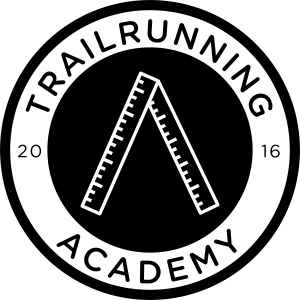
Join us!
We have personalized training plans,
unique race advice
and a great community!
Also a good read:
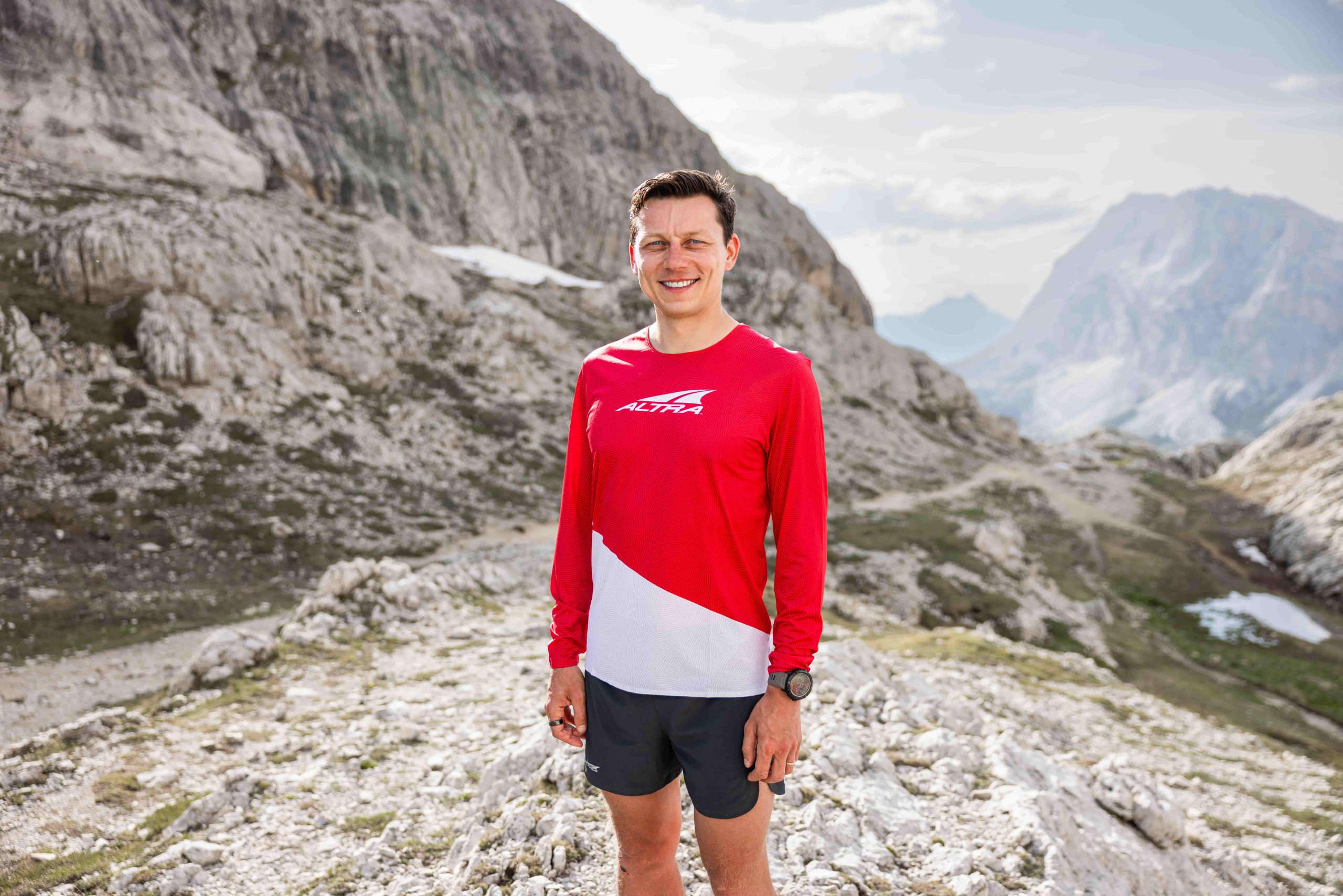
Western States 100miles 2024 – Hajnal Robert’s Thoughts & Training Journal
Western States 100milles 2024 – Hajnal Robert’s Thoughts & Training Journal from the start of the training block to racing
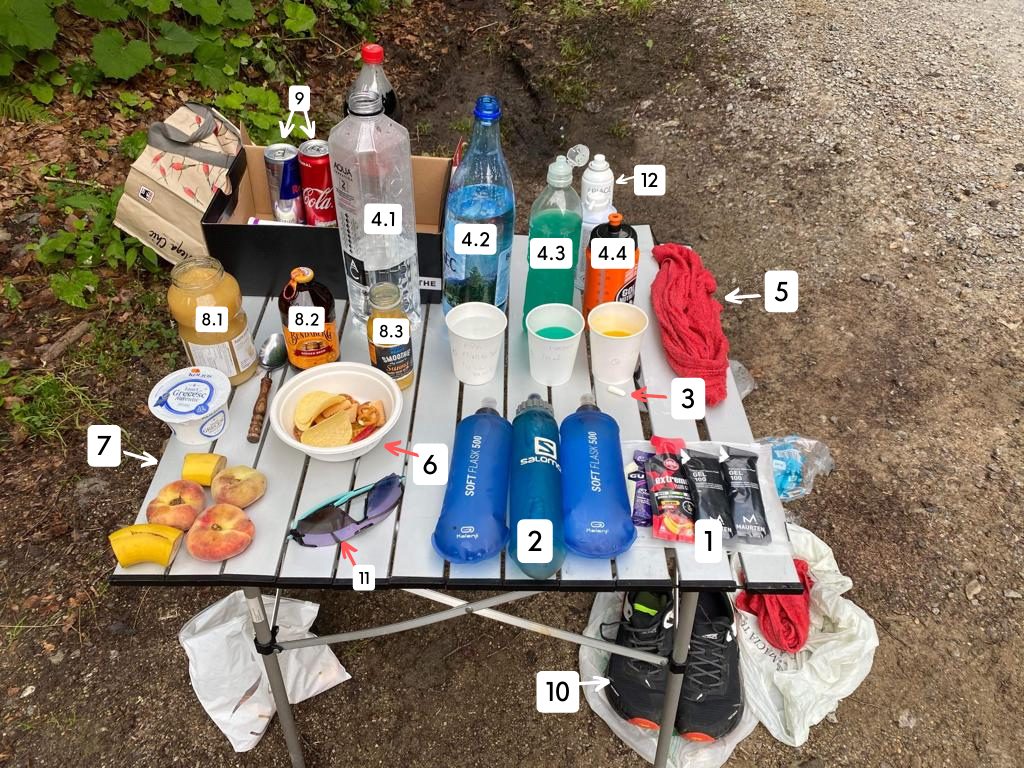
How to make a proper checkpoint for your next ultramarathon
Do you have a support team for your next ultramarathon? Here’s what you need for a successful race and a ‘full’ Check-Point.
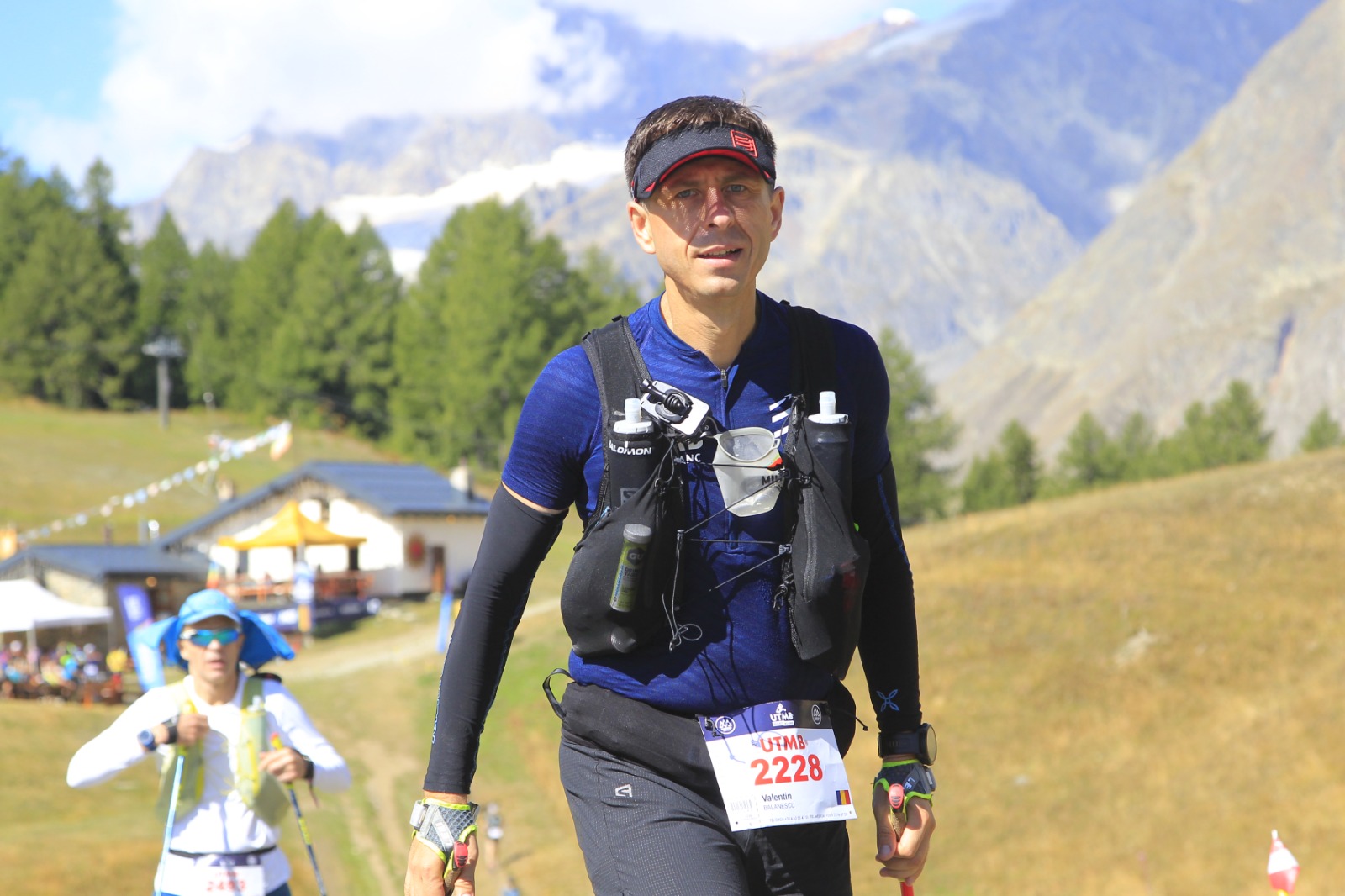
UTMB roller-coaster
The emotions and experience of TrailRunning Academy athlete Valentin Bălănescu during the 170 km of the UTMB.
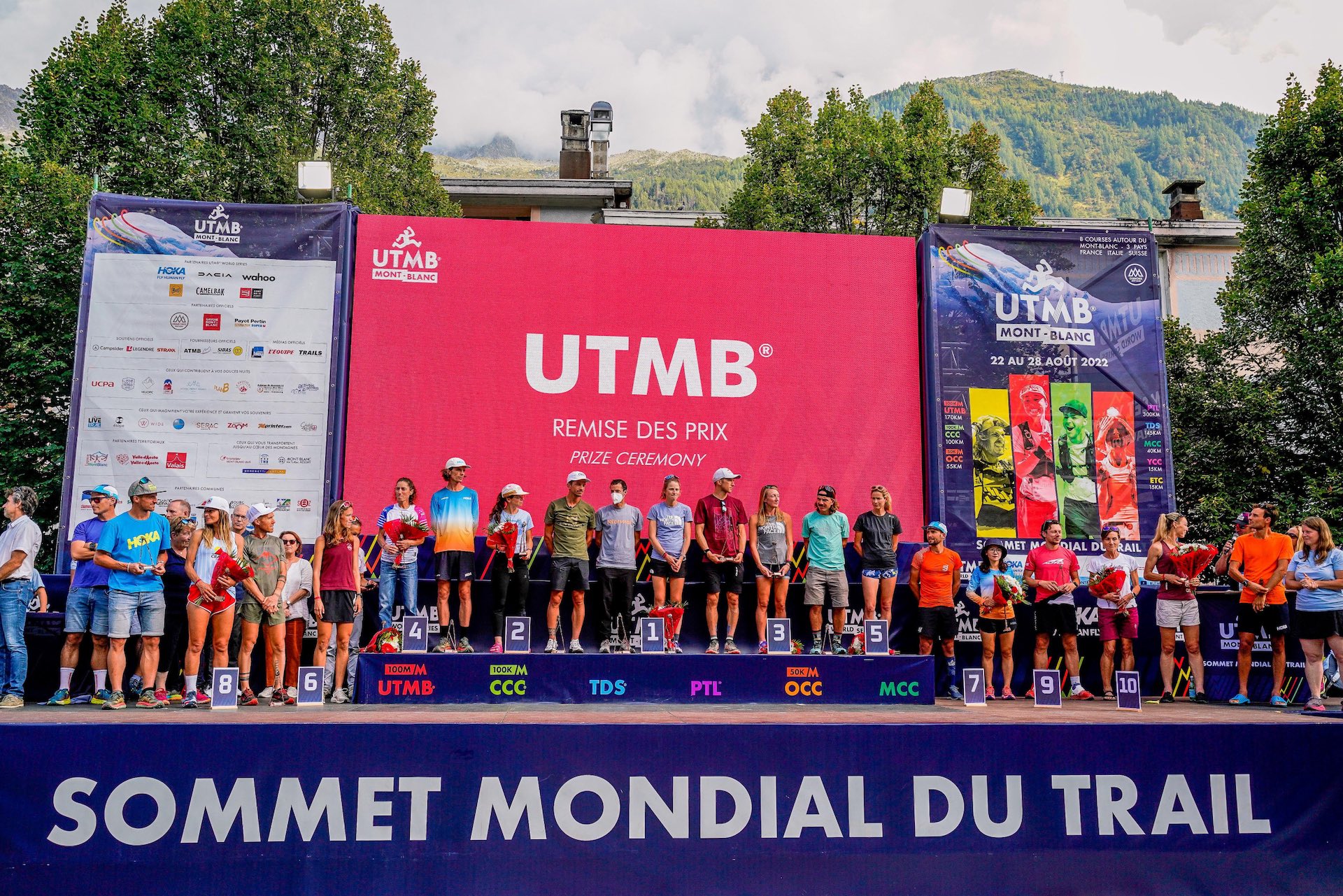
The 10 Magnificent of the UTMB 2022 Podium
I had the chance to share the UTMB 2022 podium with 10 of the best endurance athletes in the world. Here’s how I met them, how they competed and my thoughts on them.





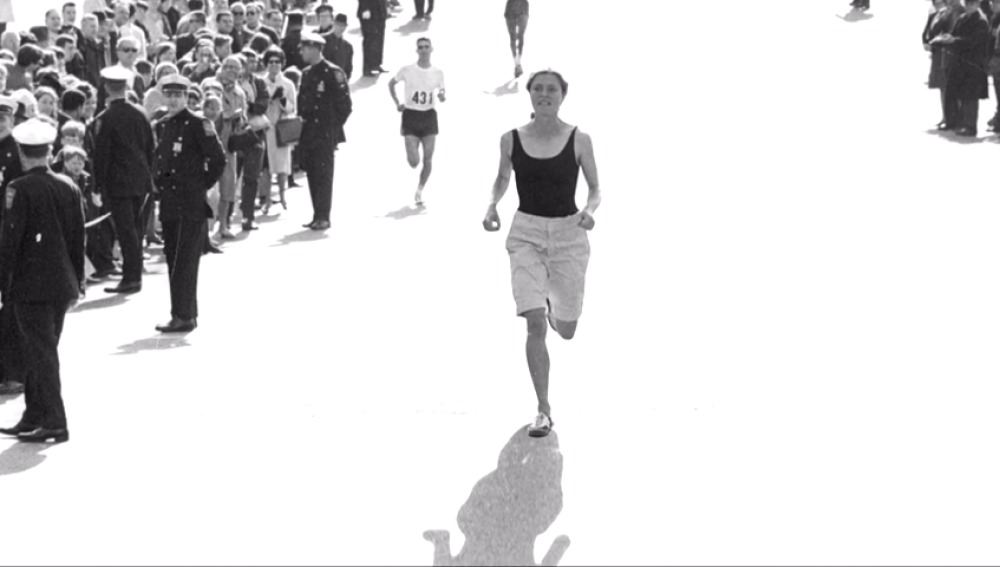
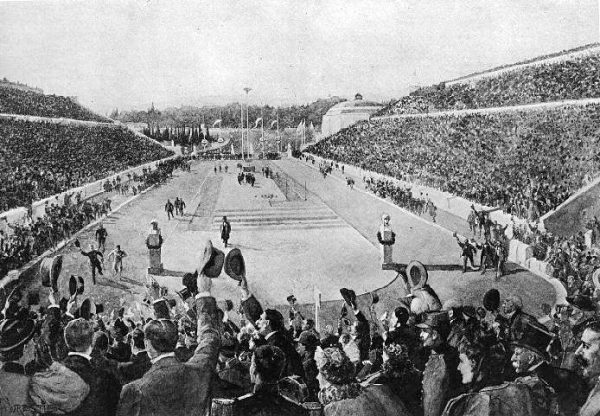
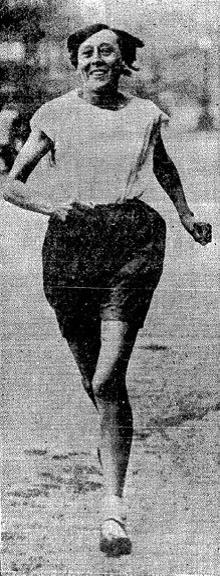
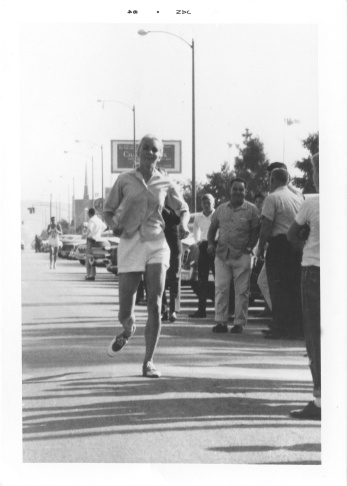
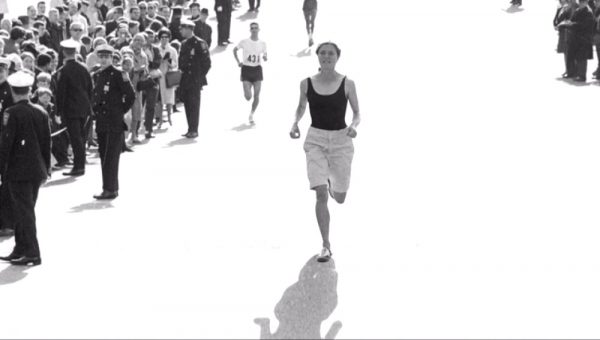
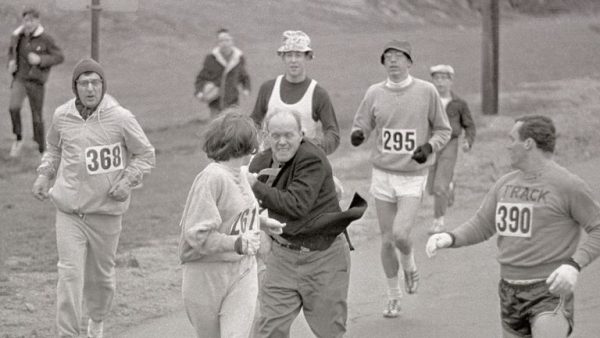
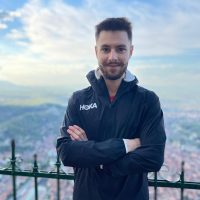
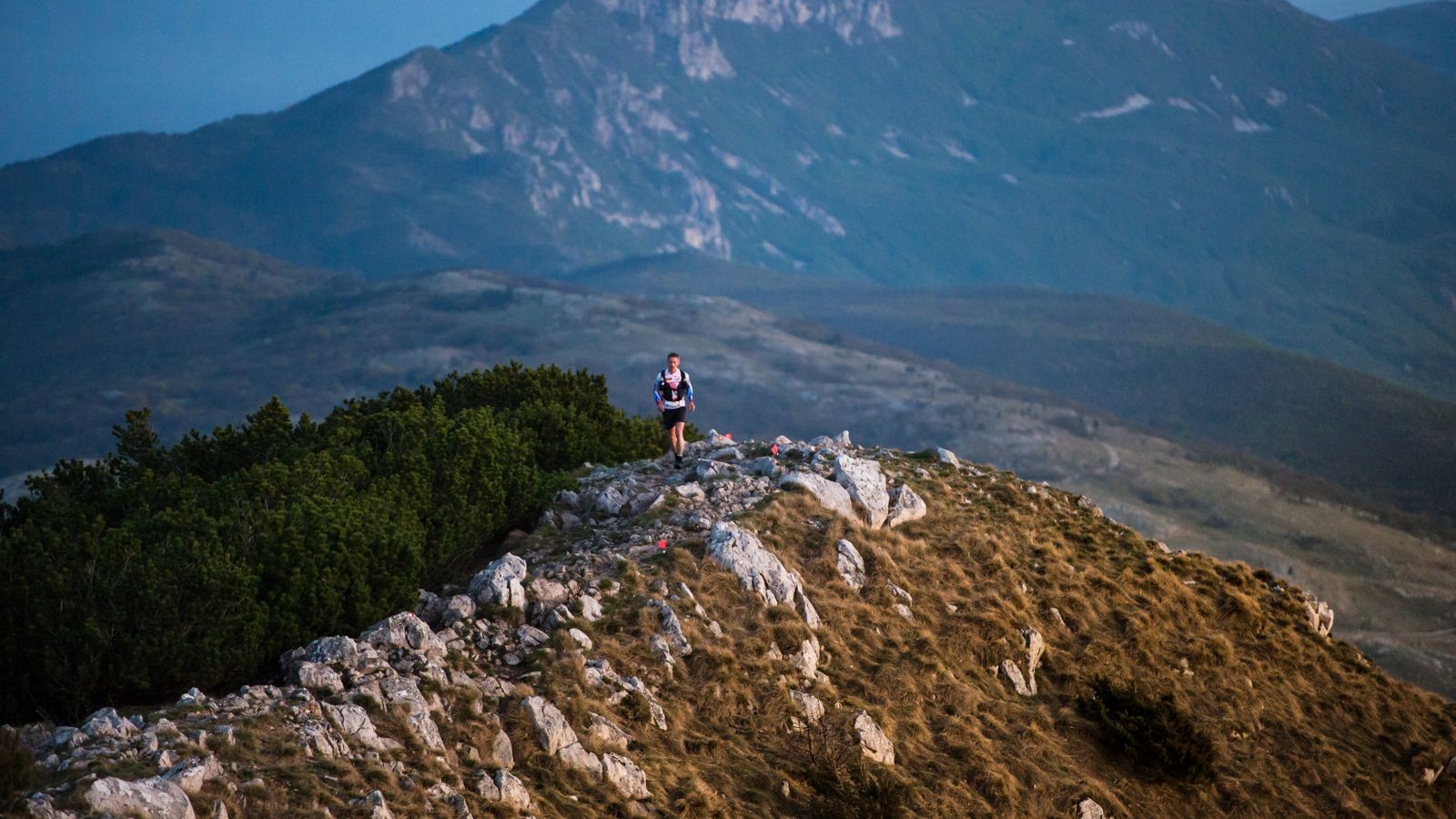
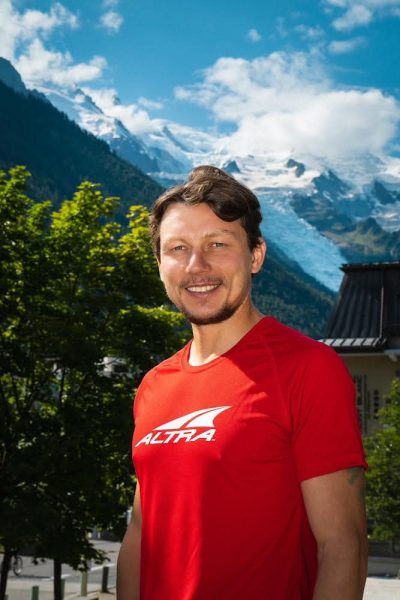
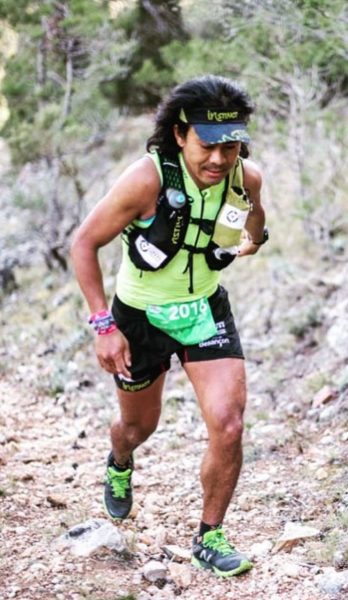
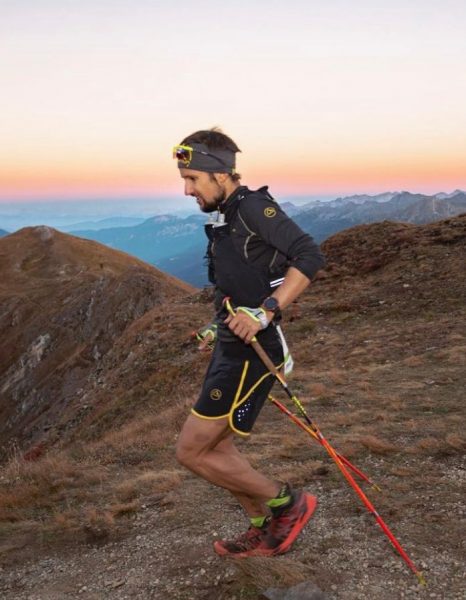
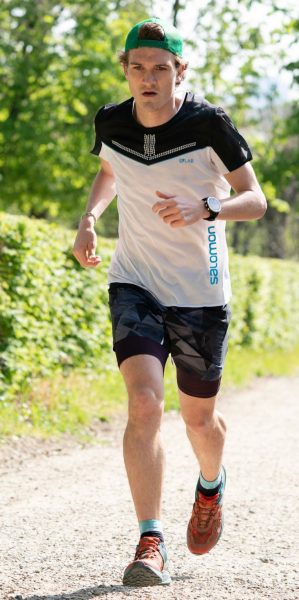
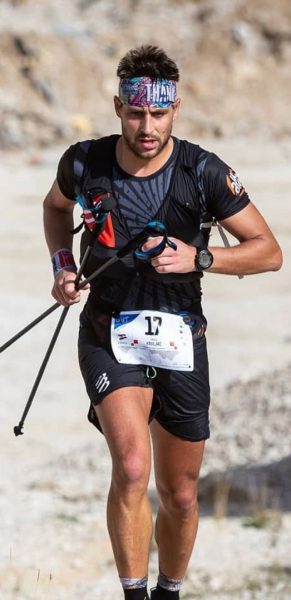
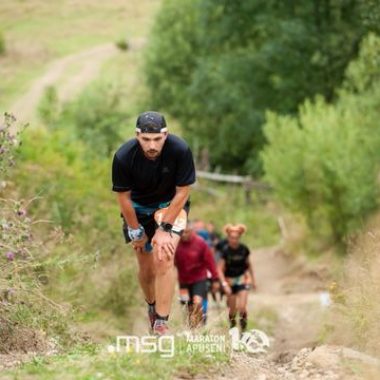
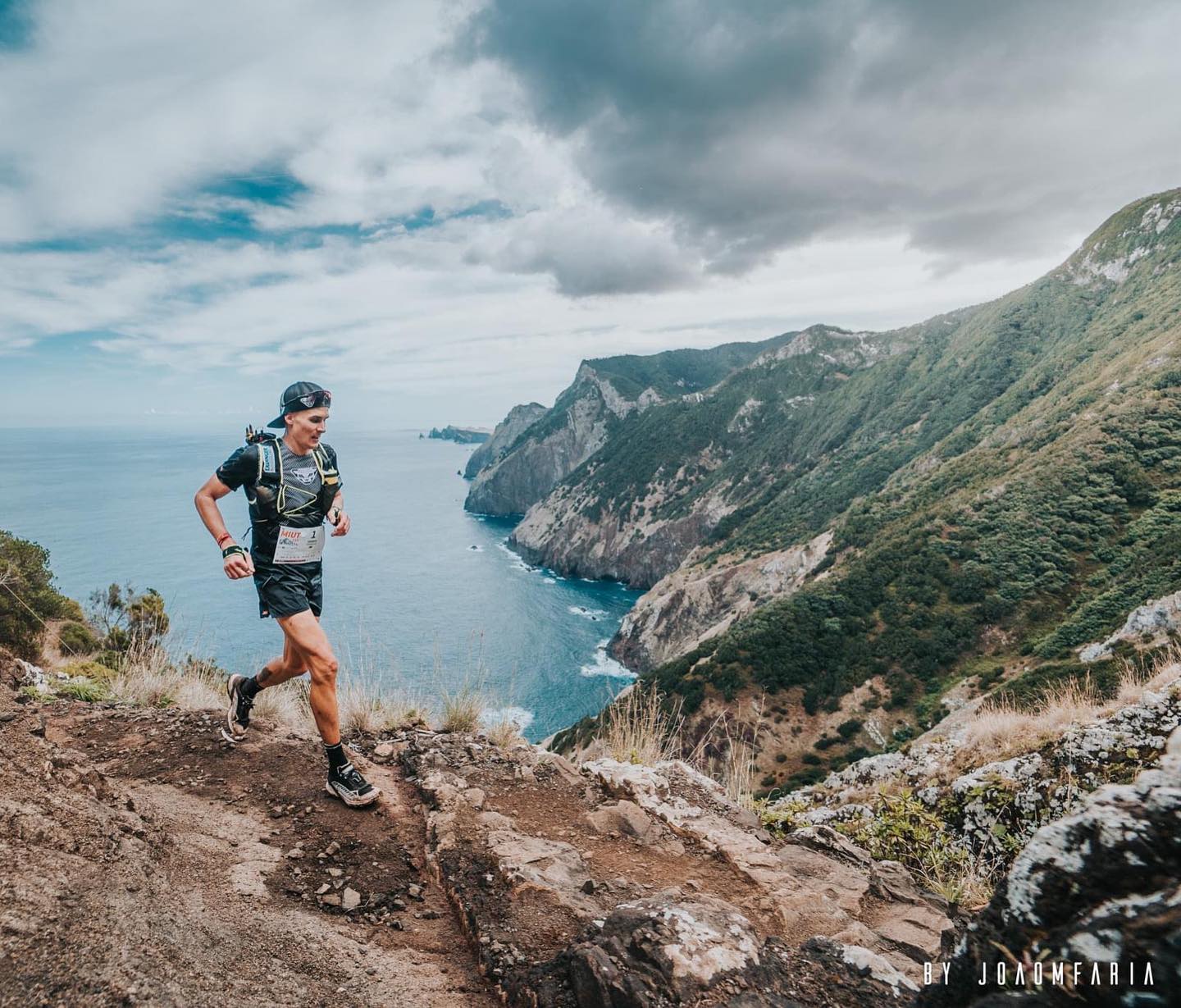
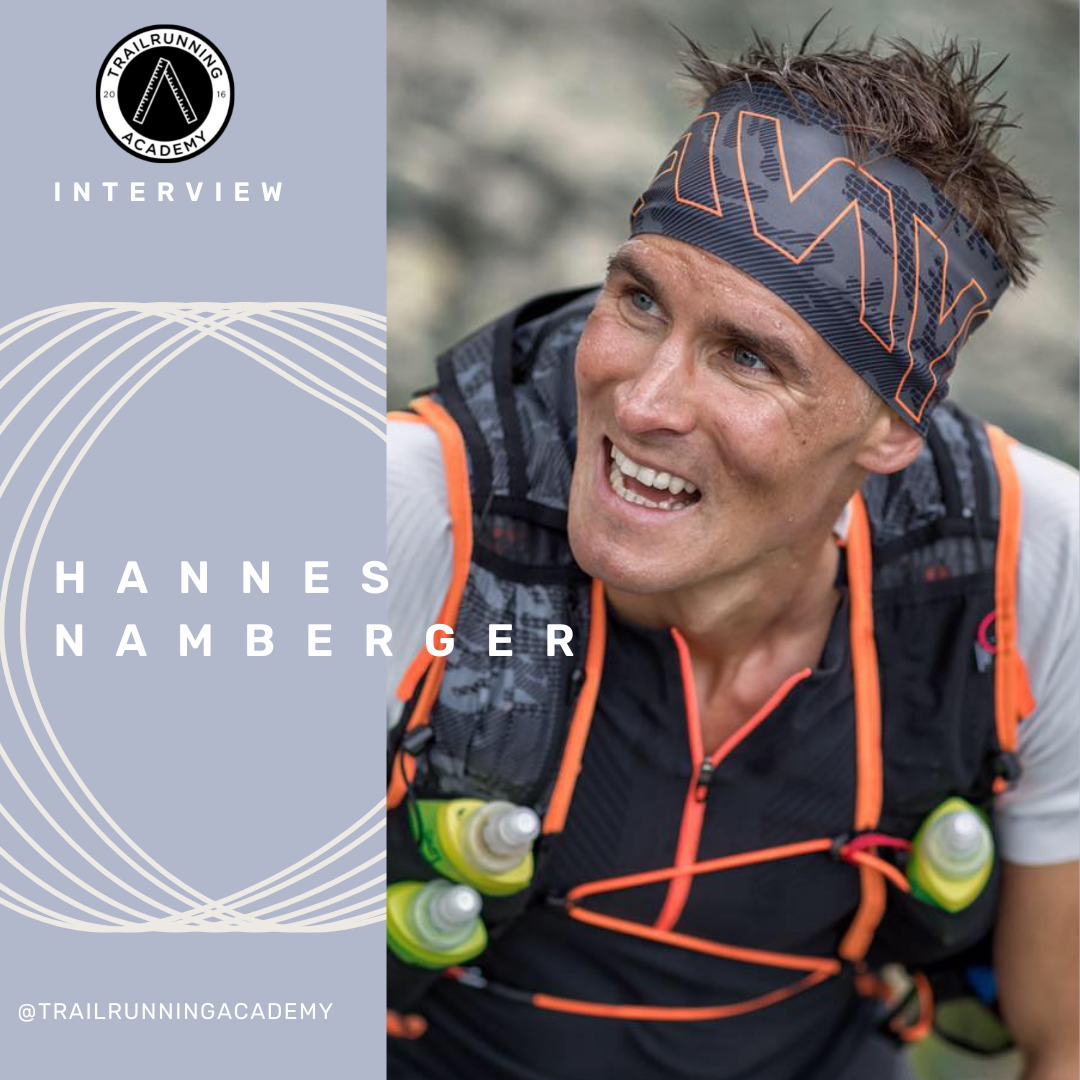
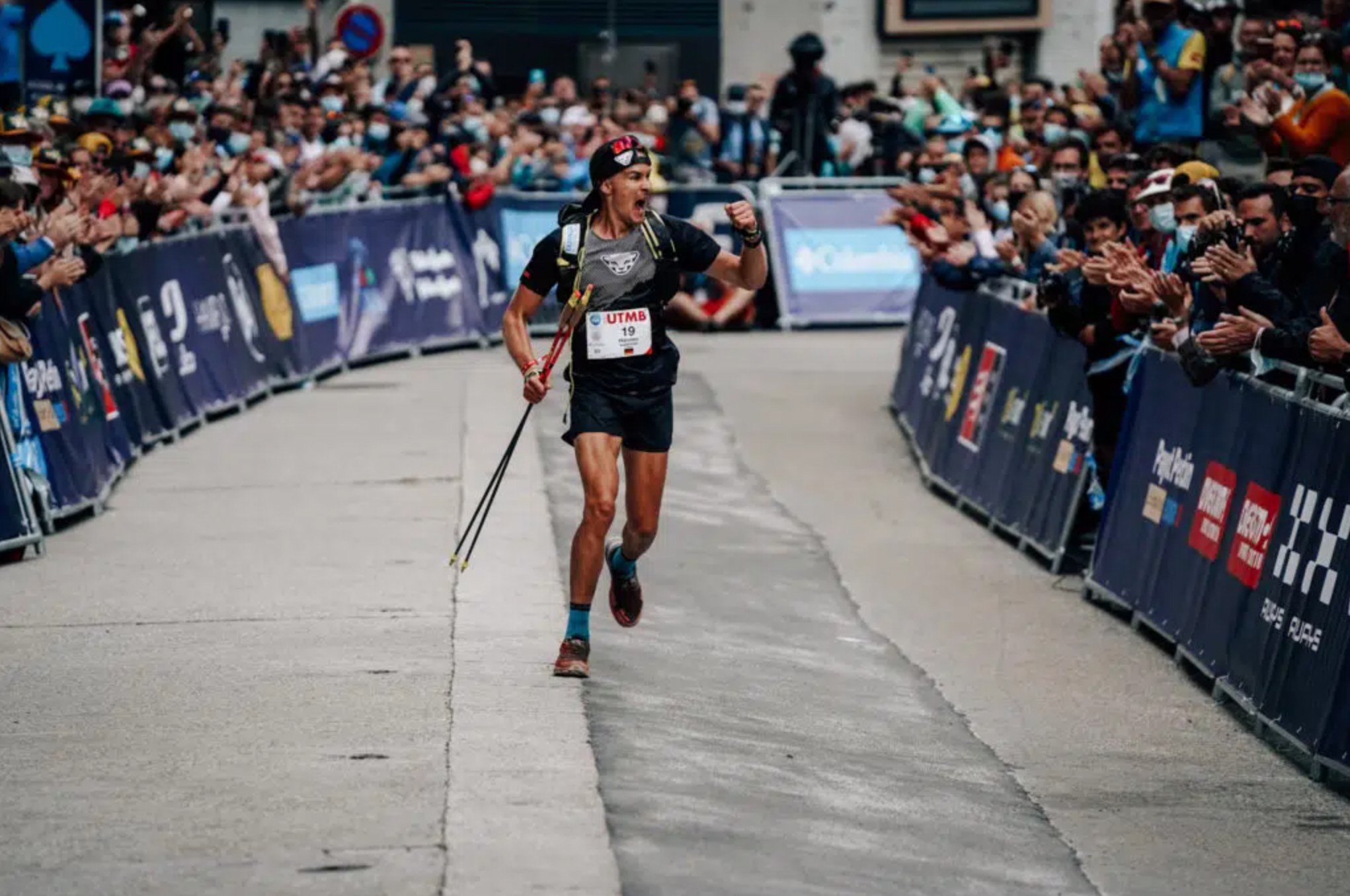
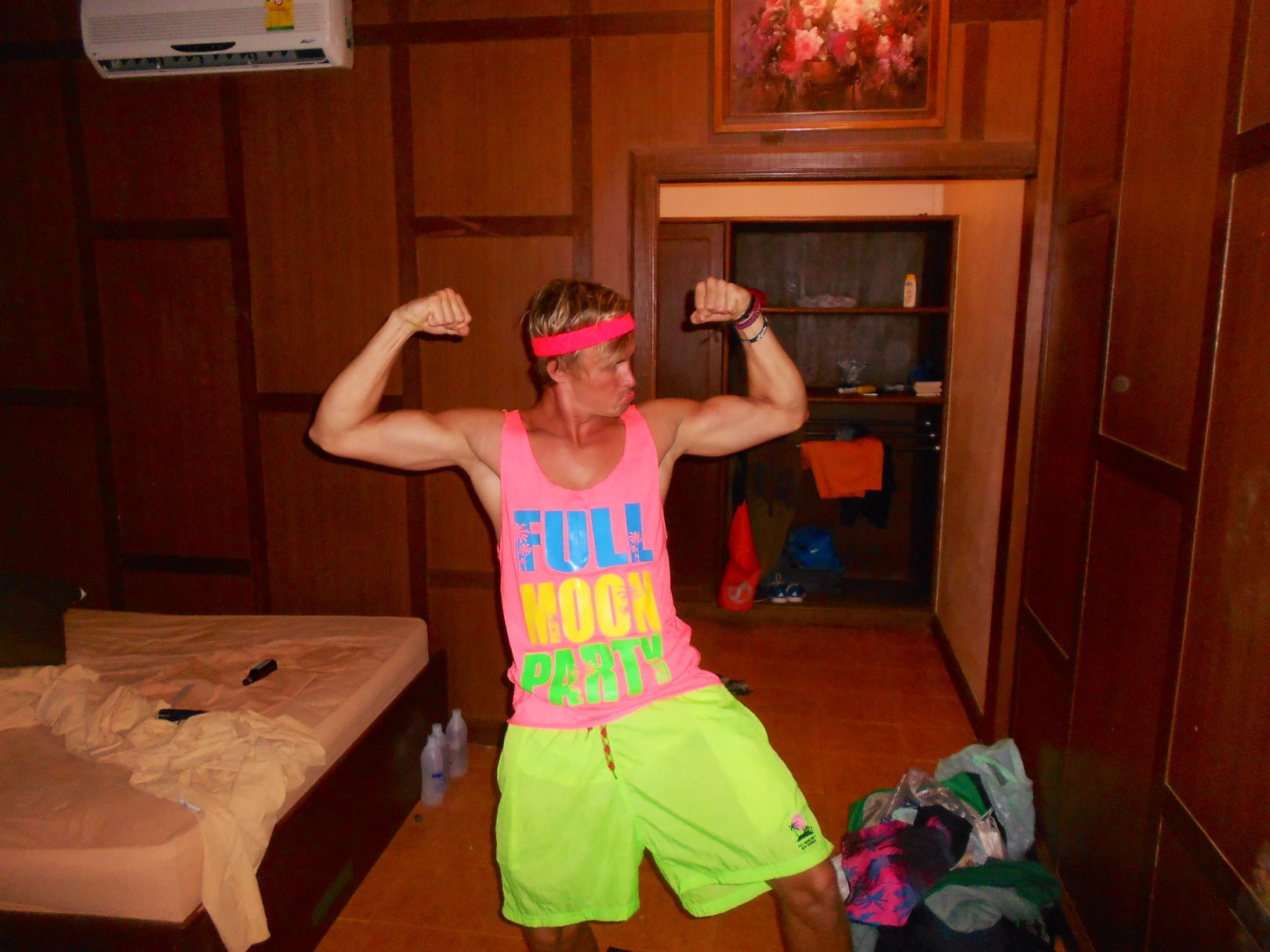
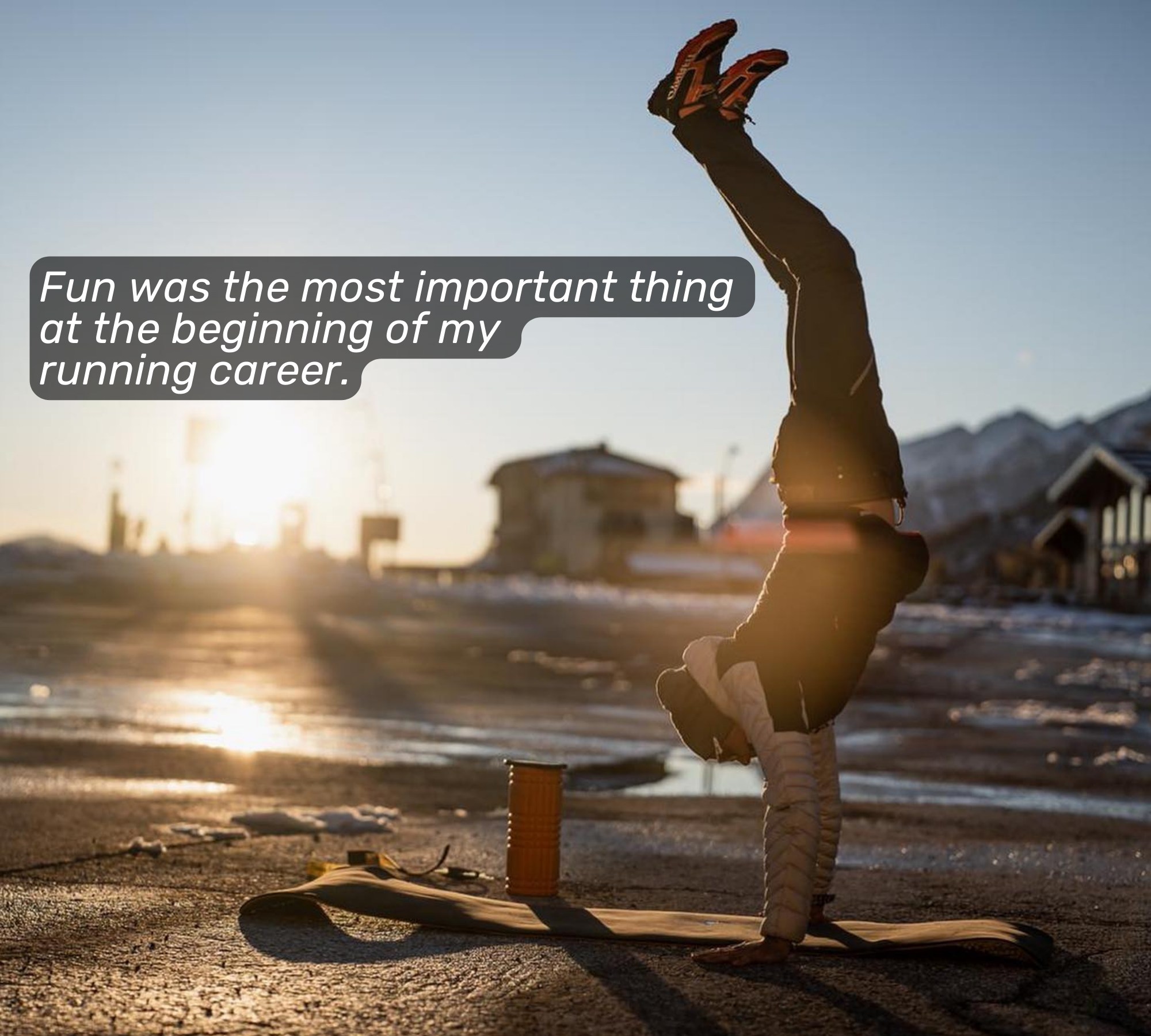

 101k in 11h 48m. Yesss i did it!! I finished my first
101k in 11h 48m. Yesss i did it!! I finished my first 

